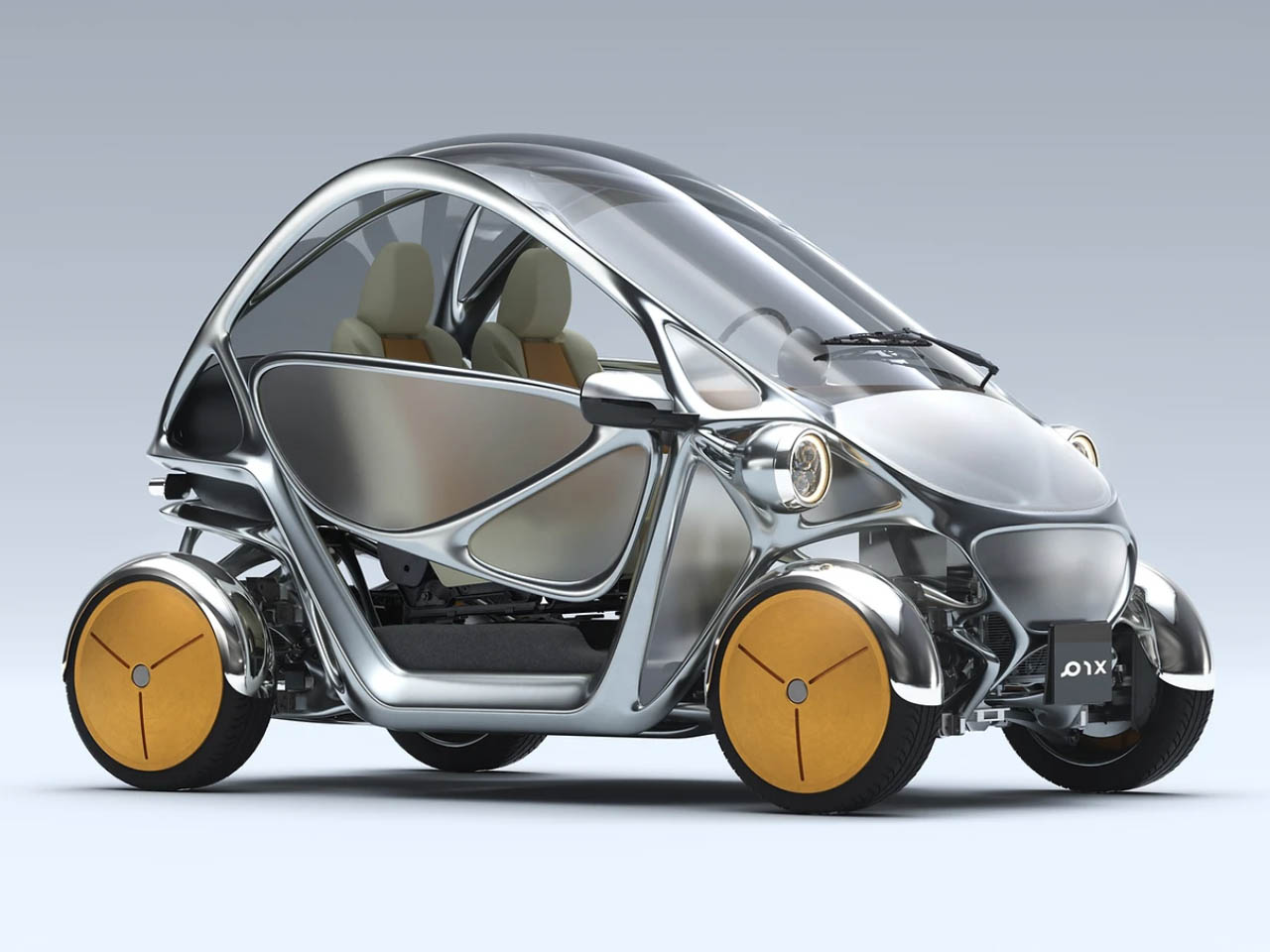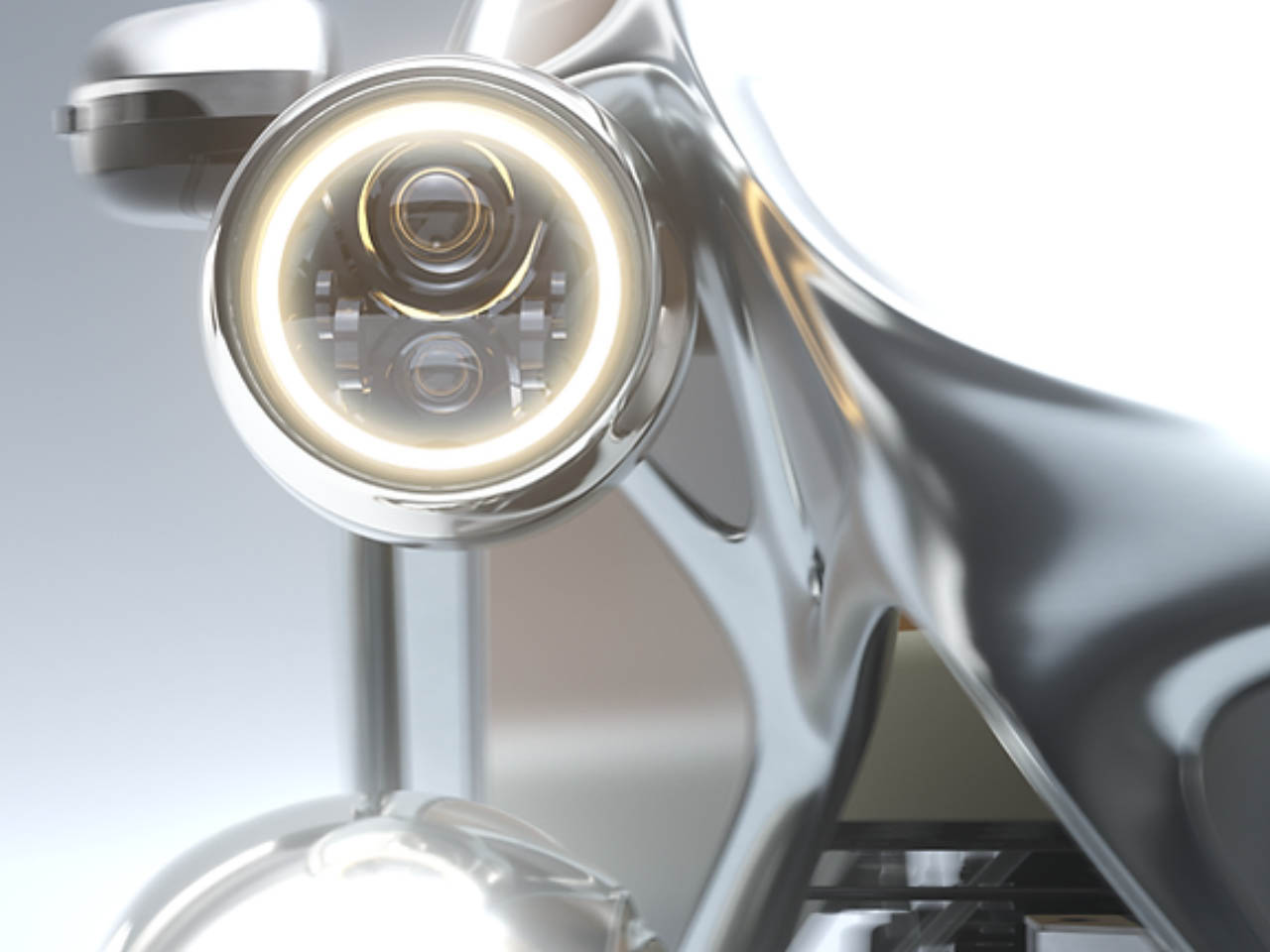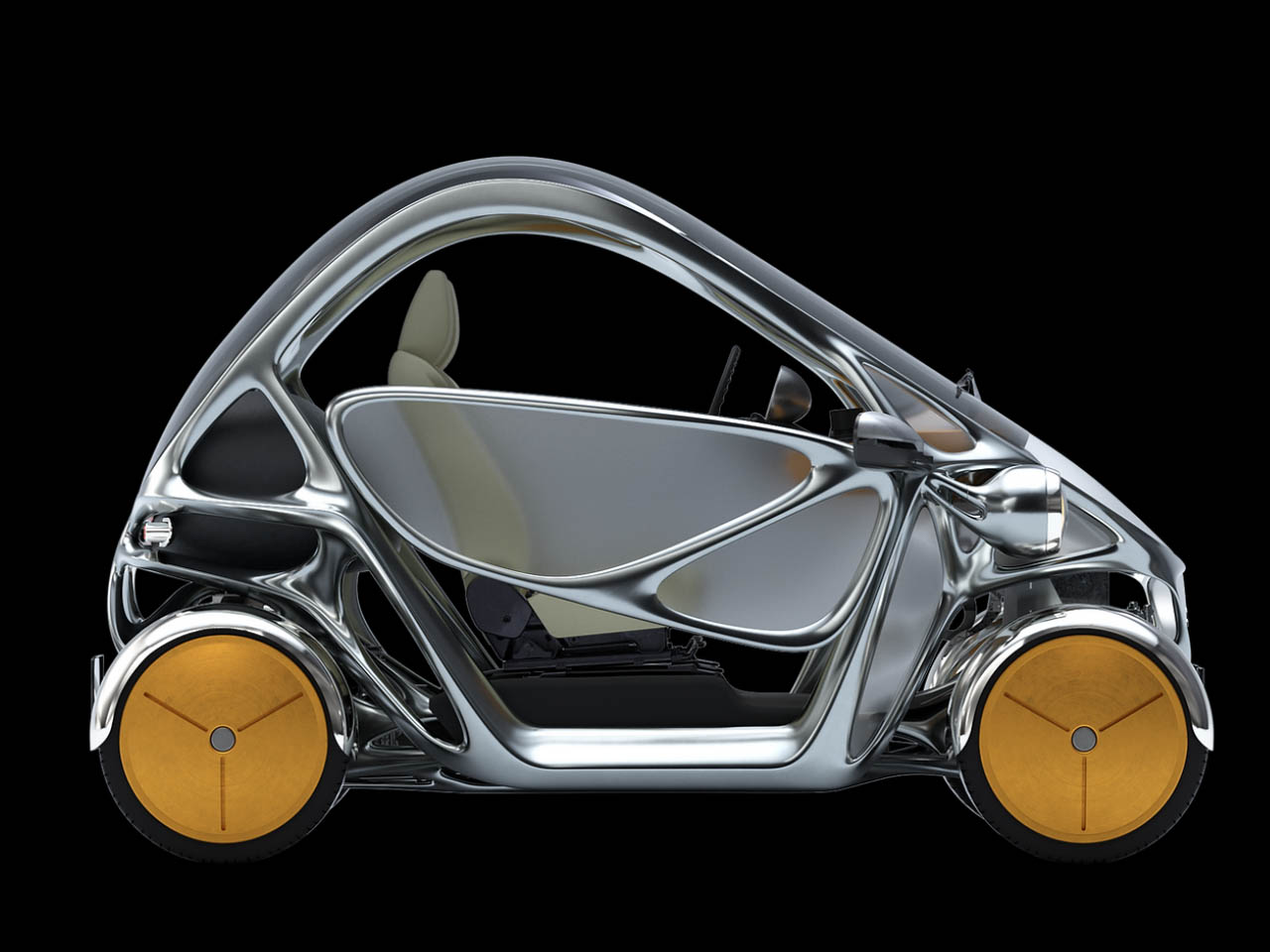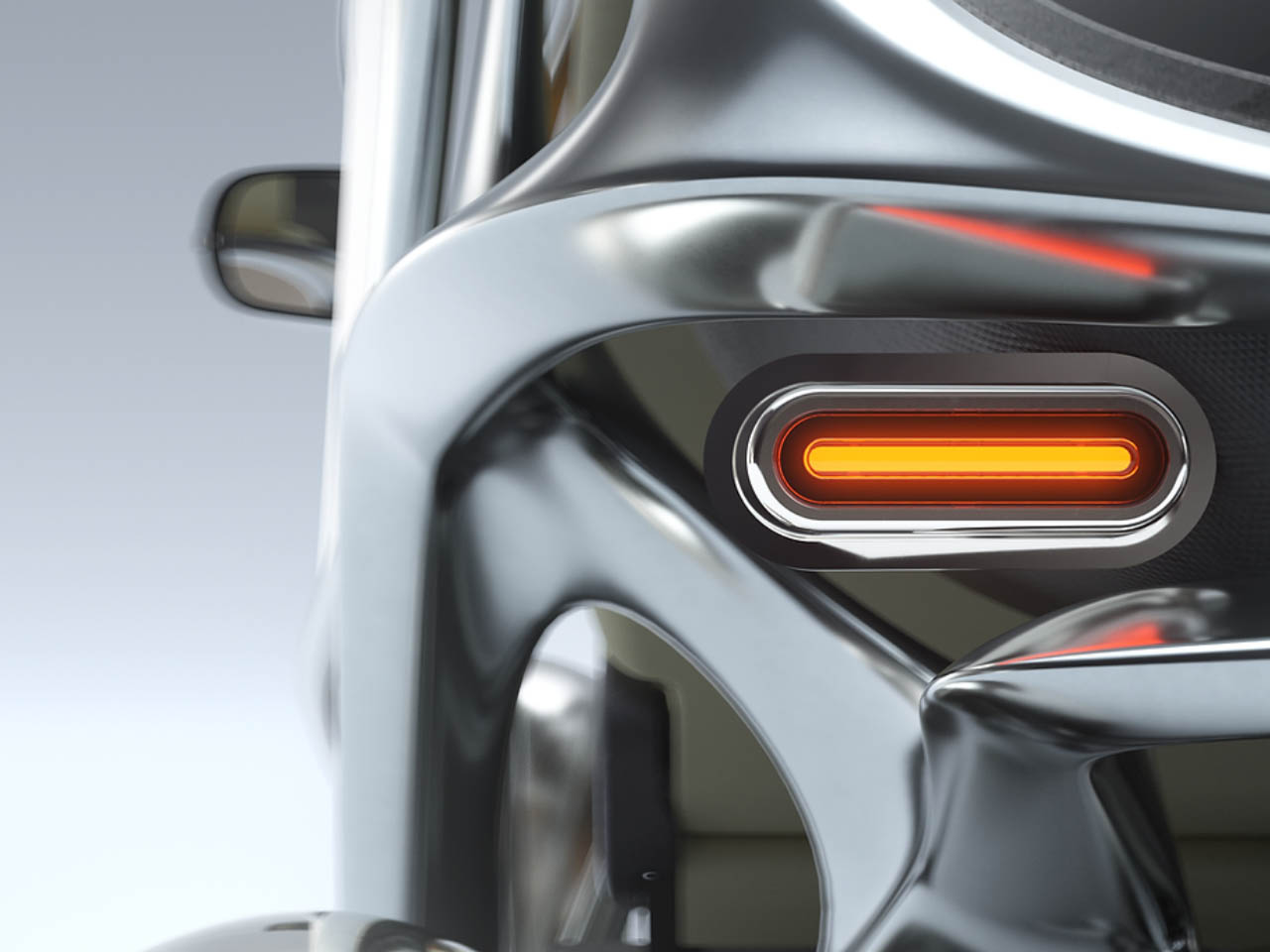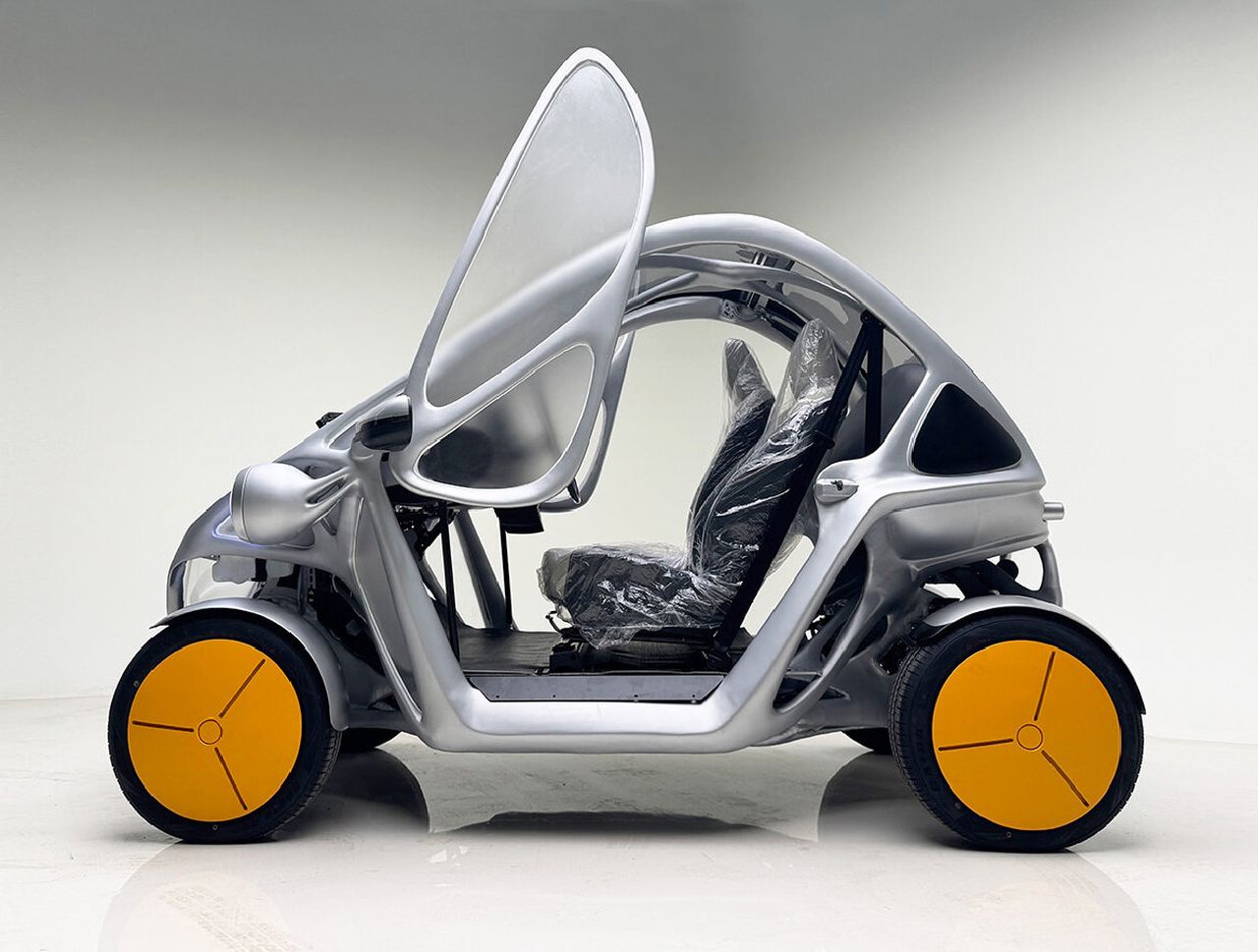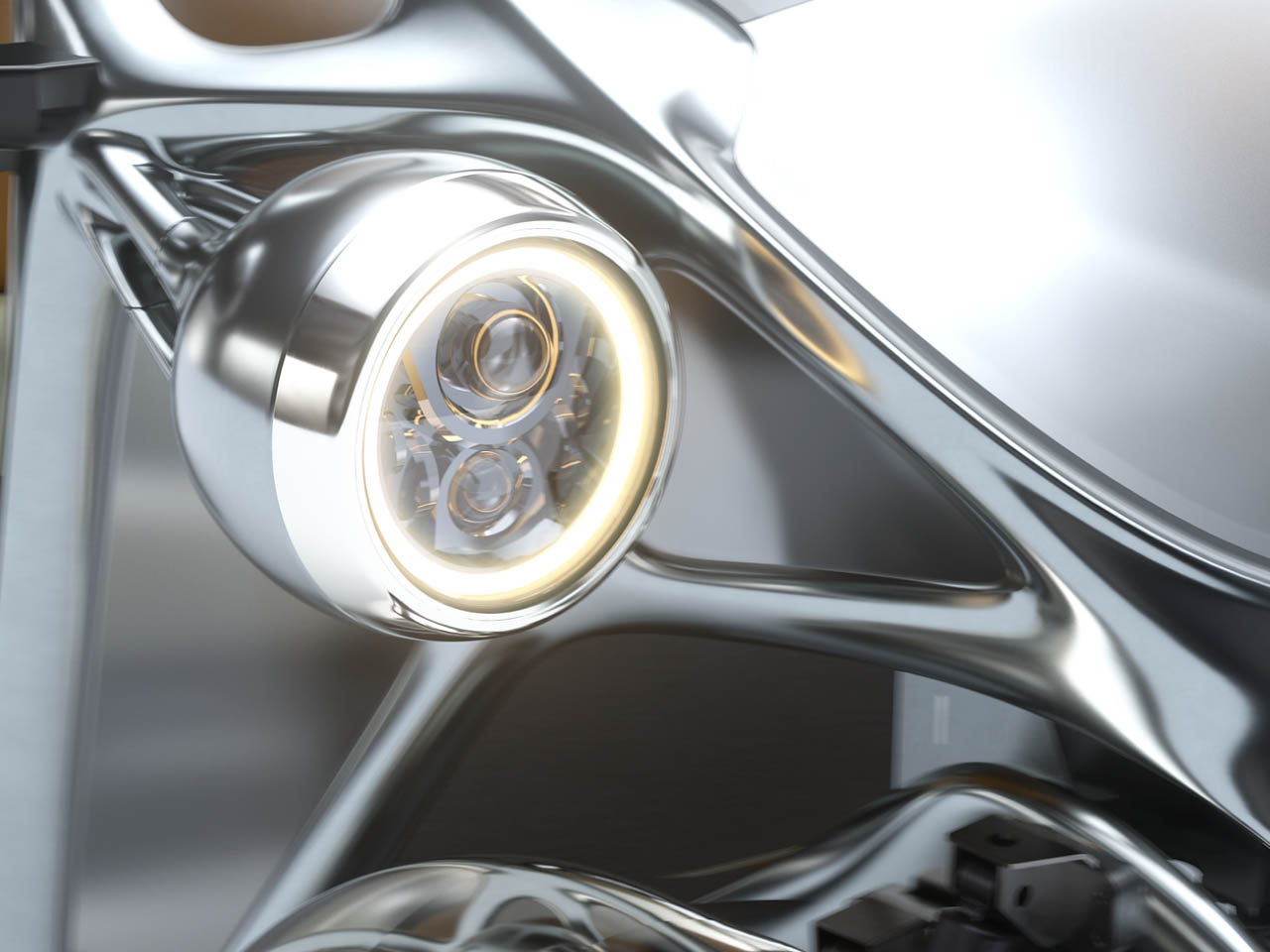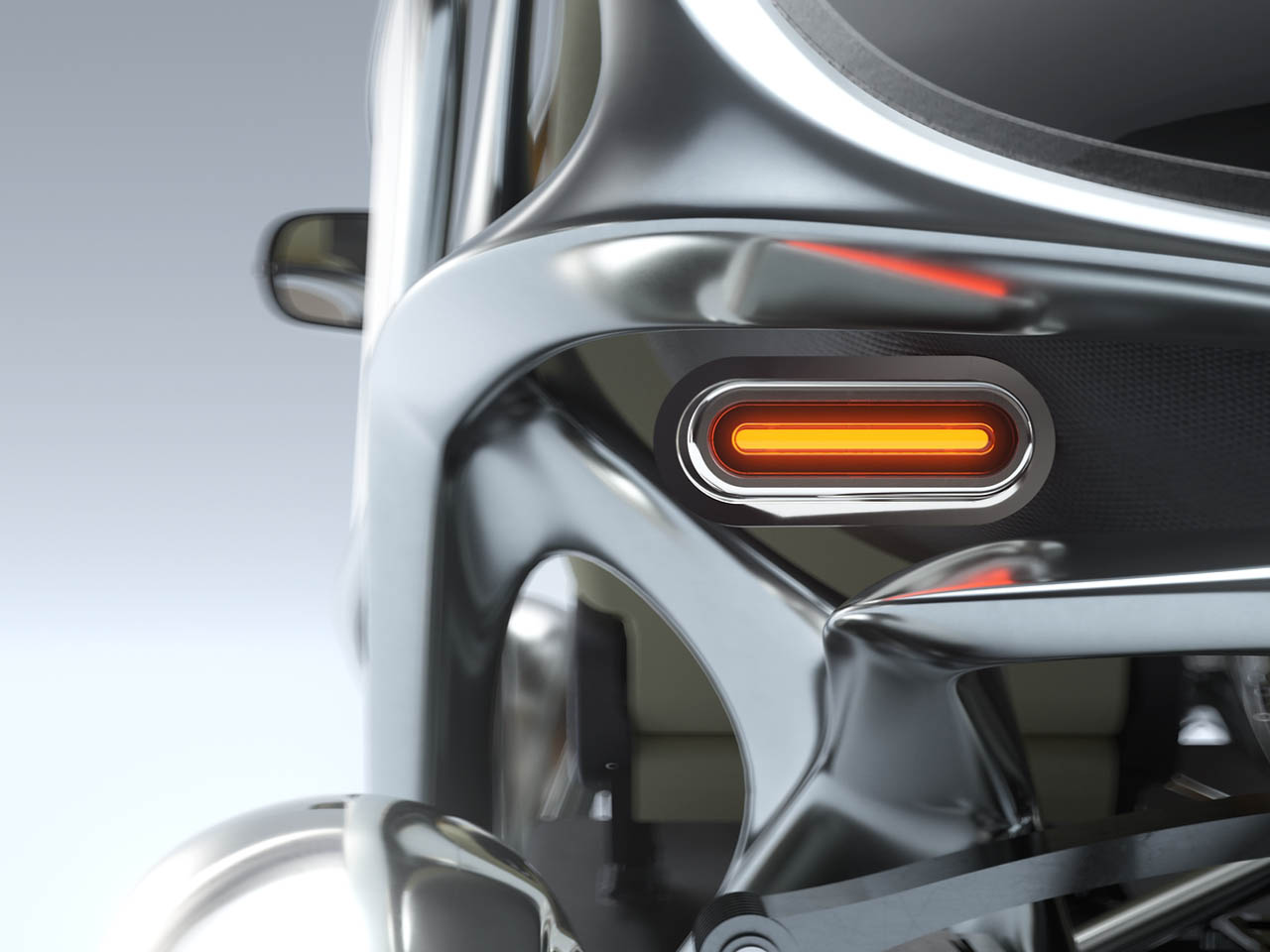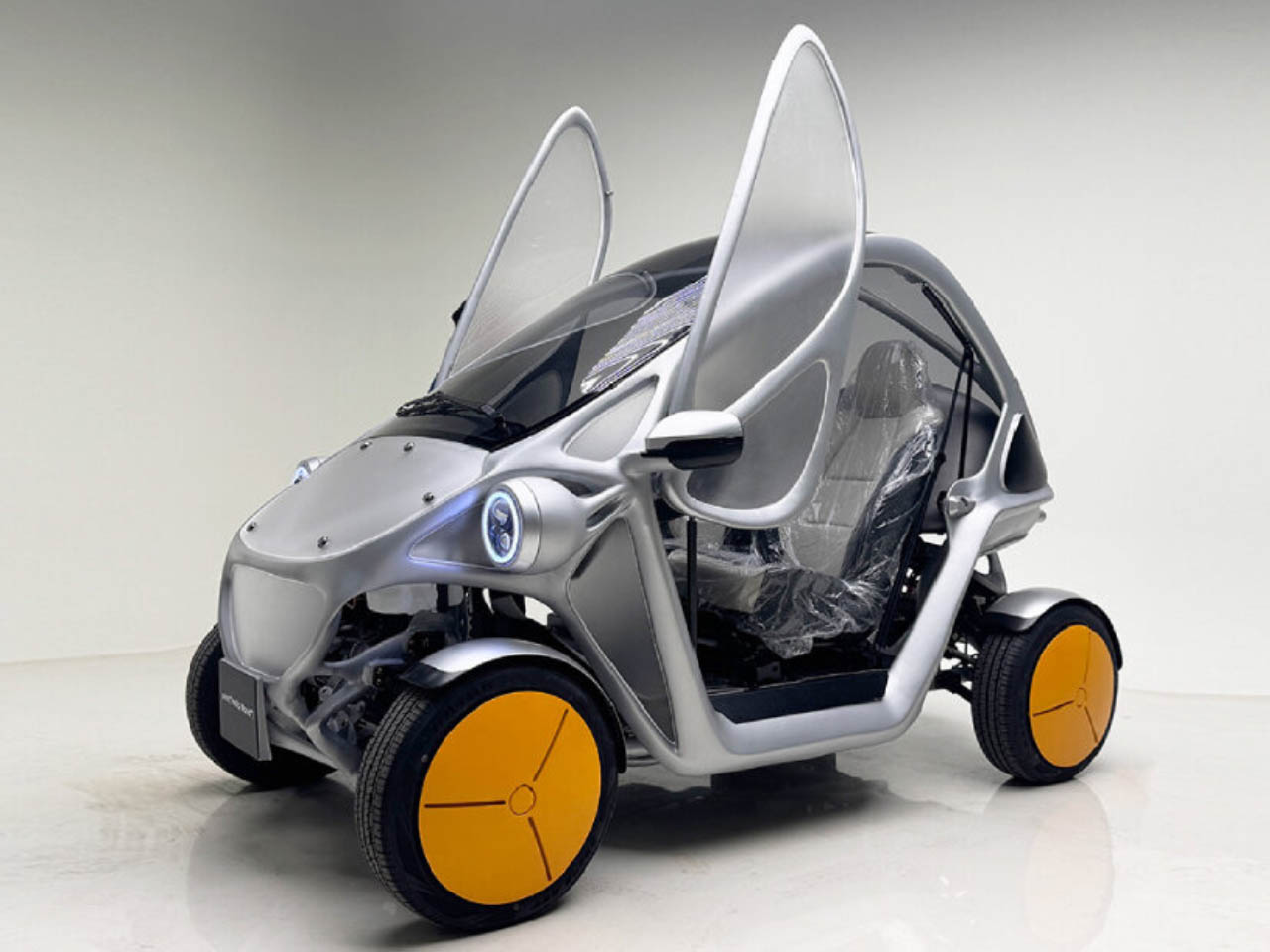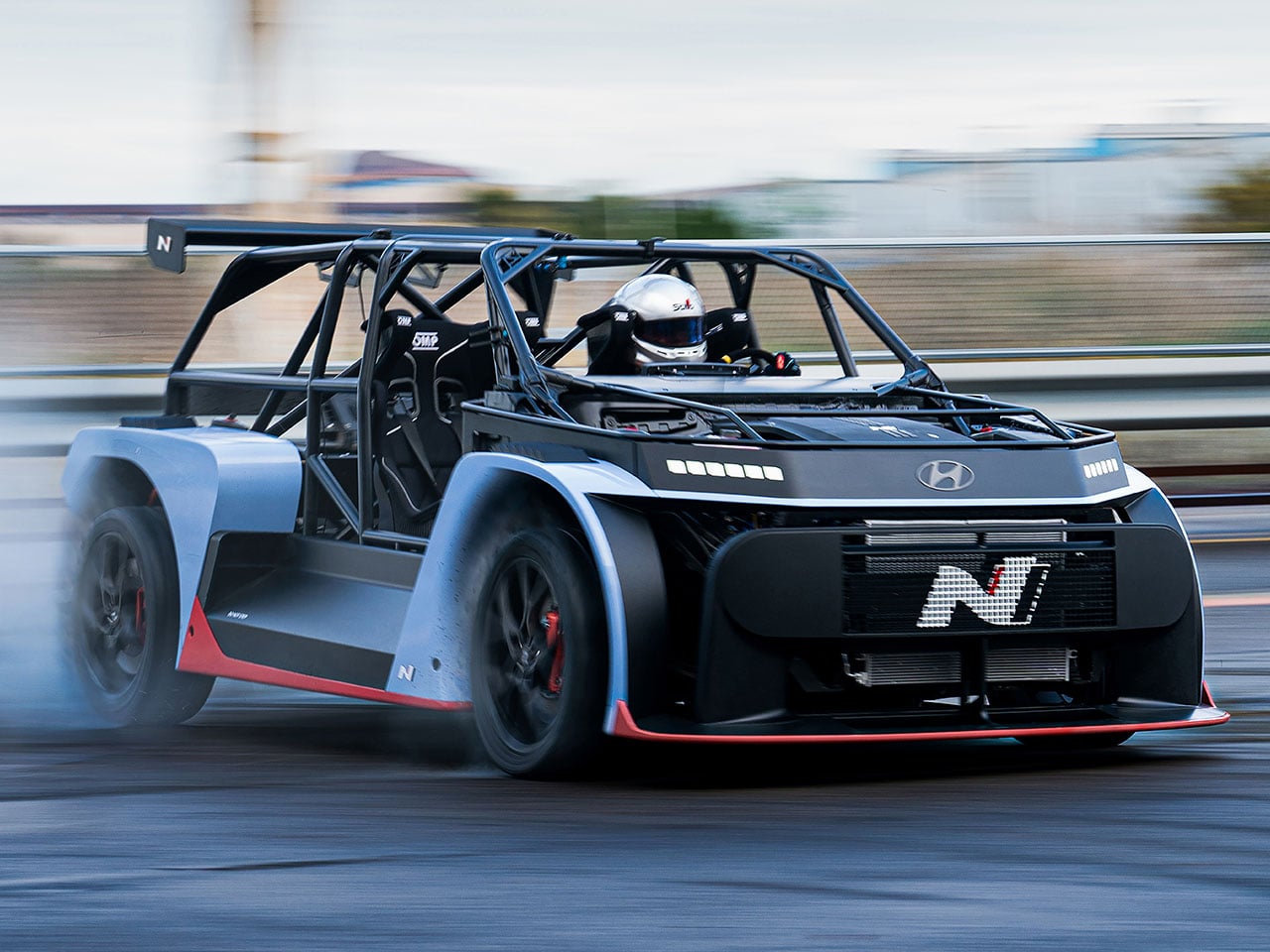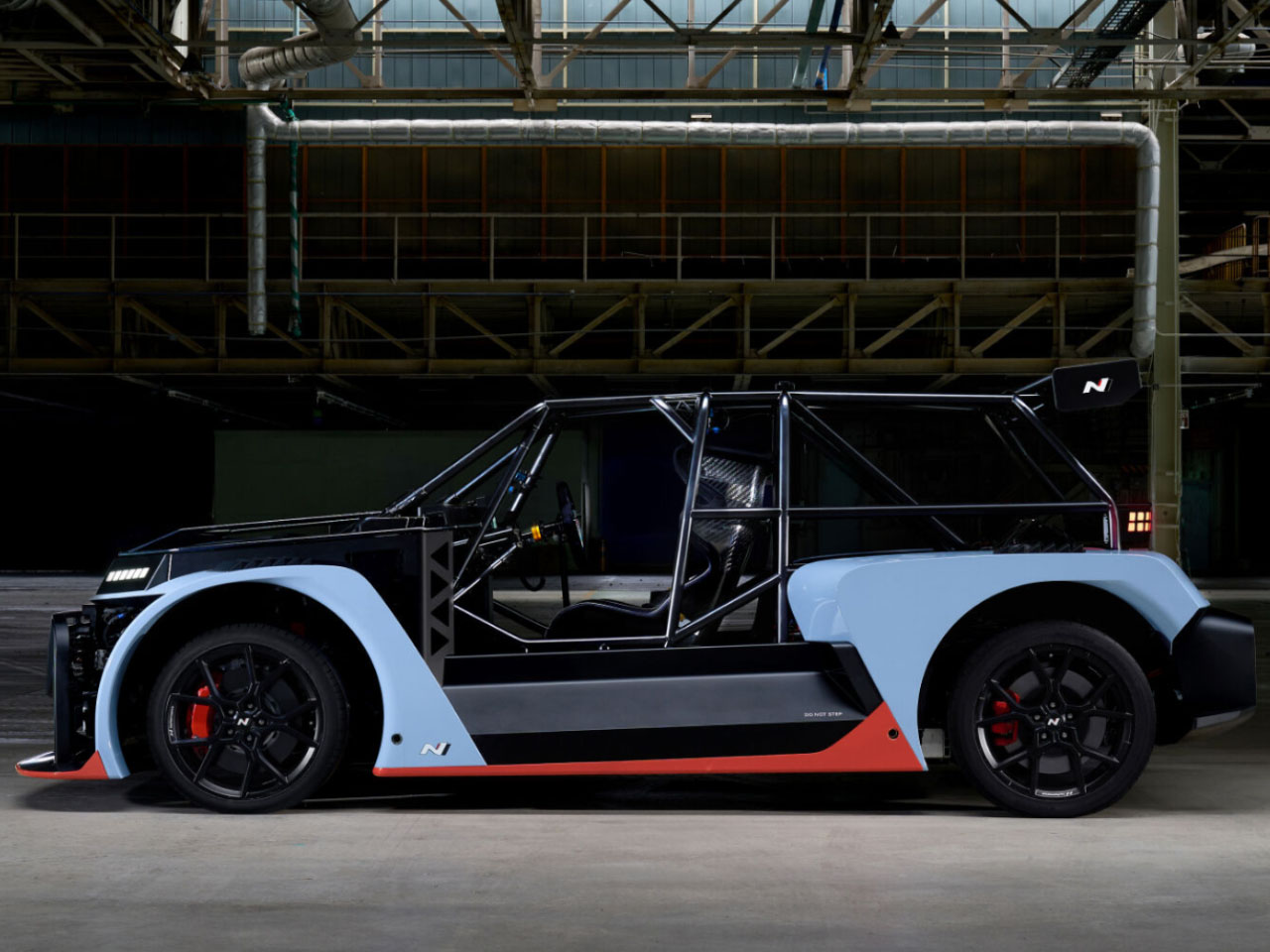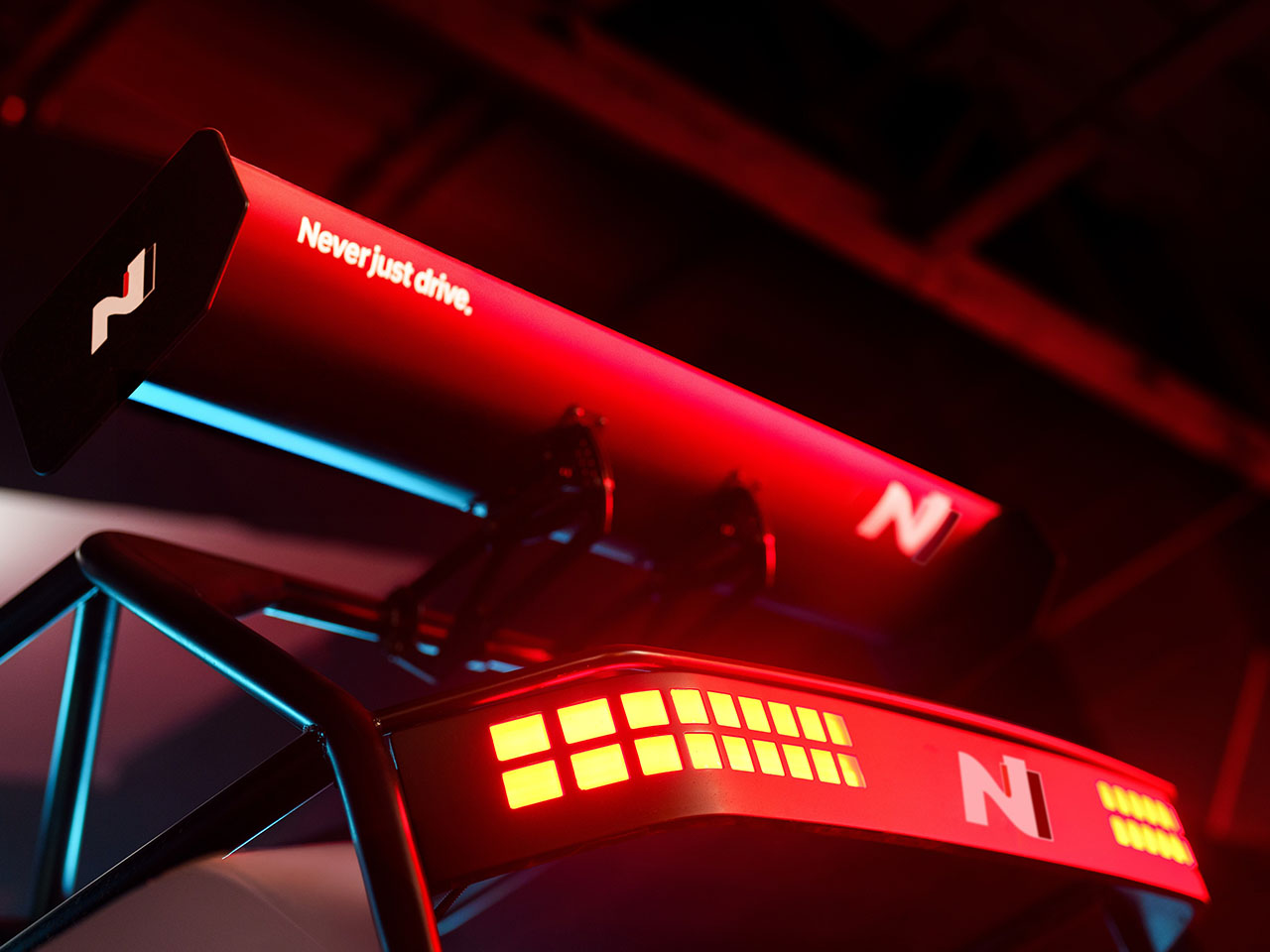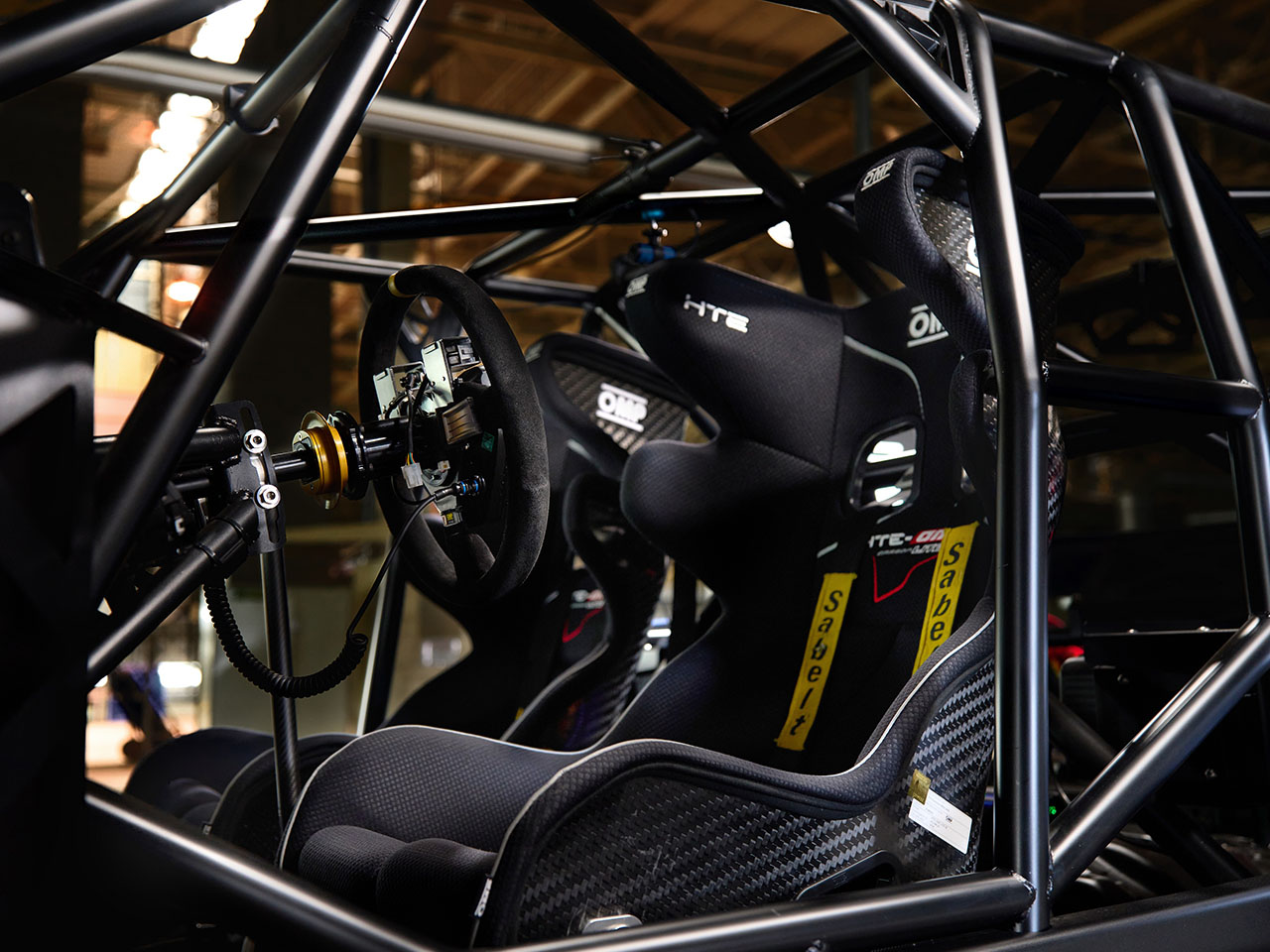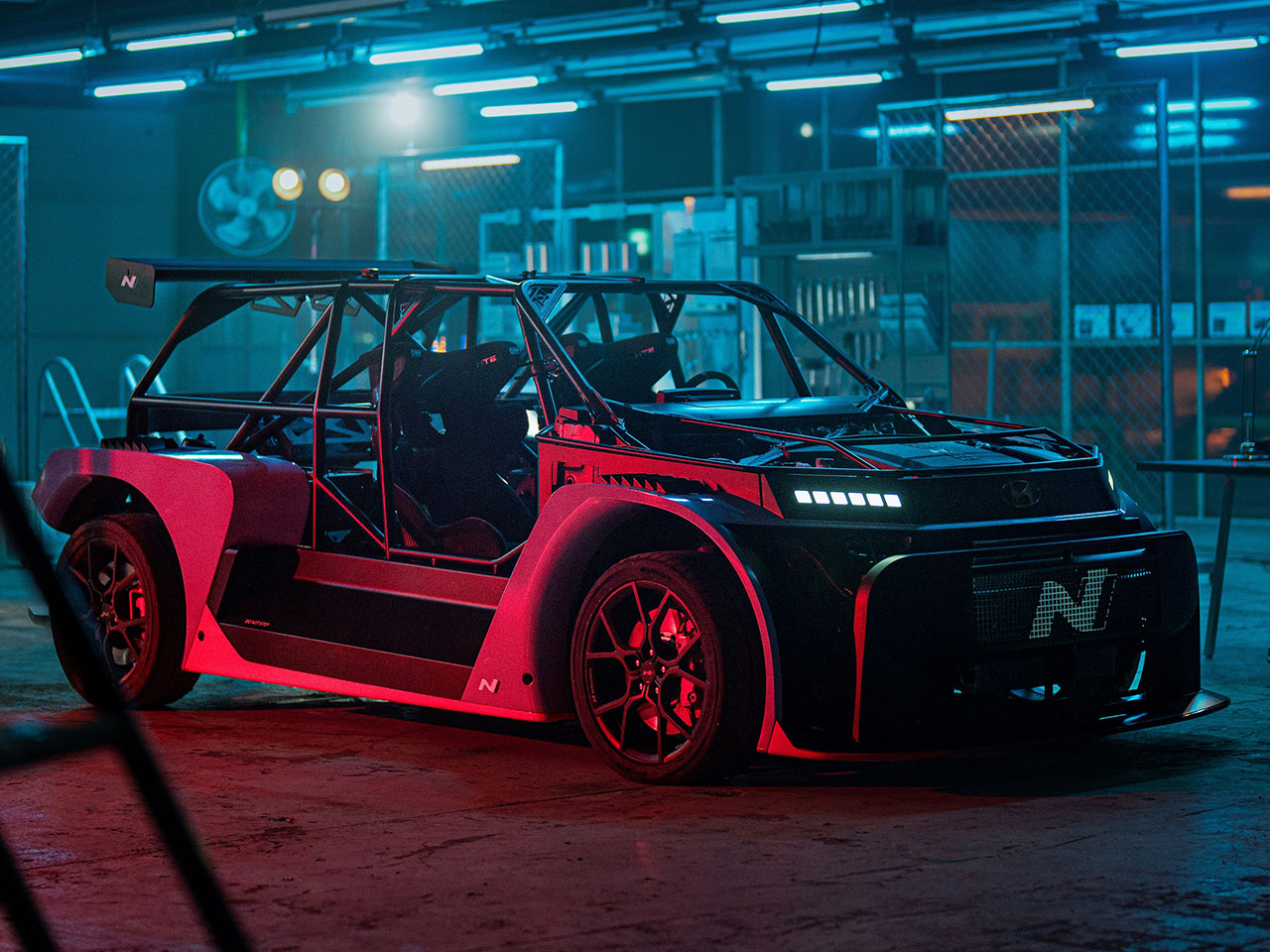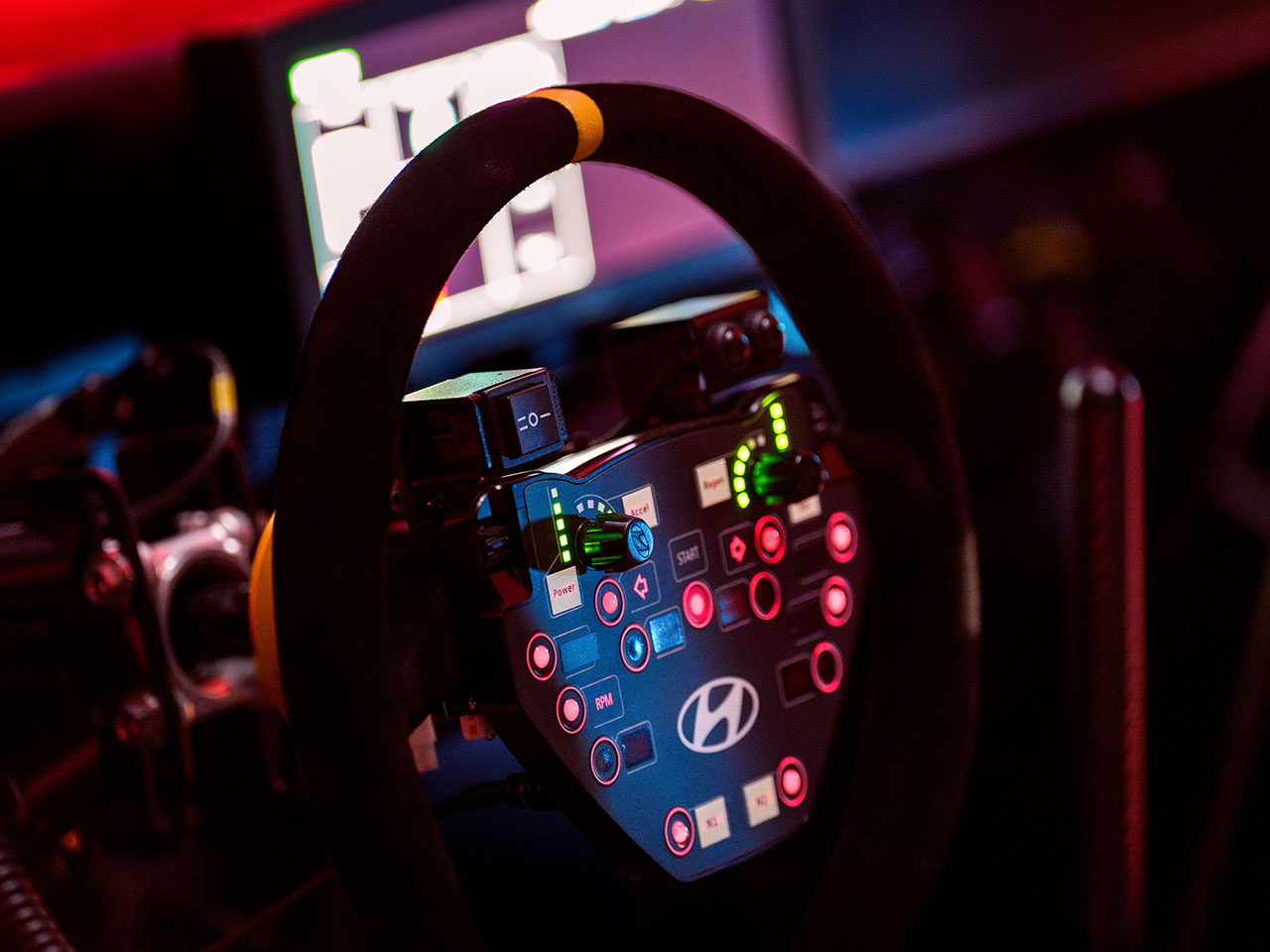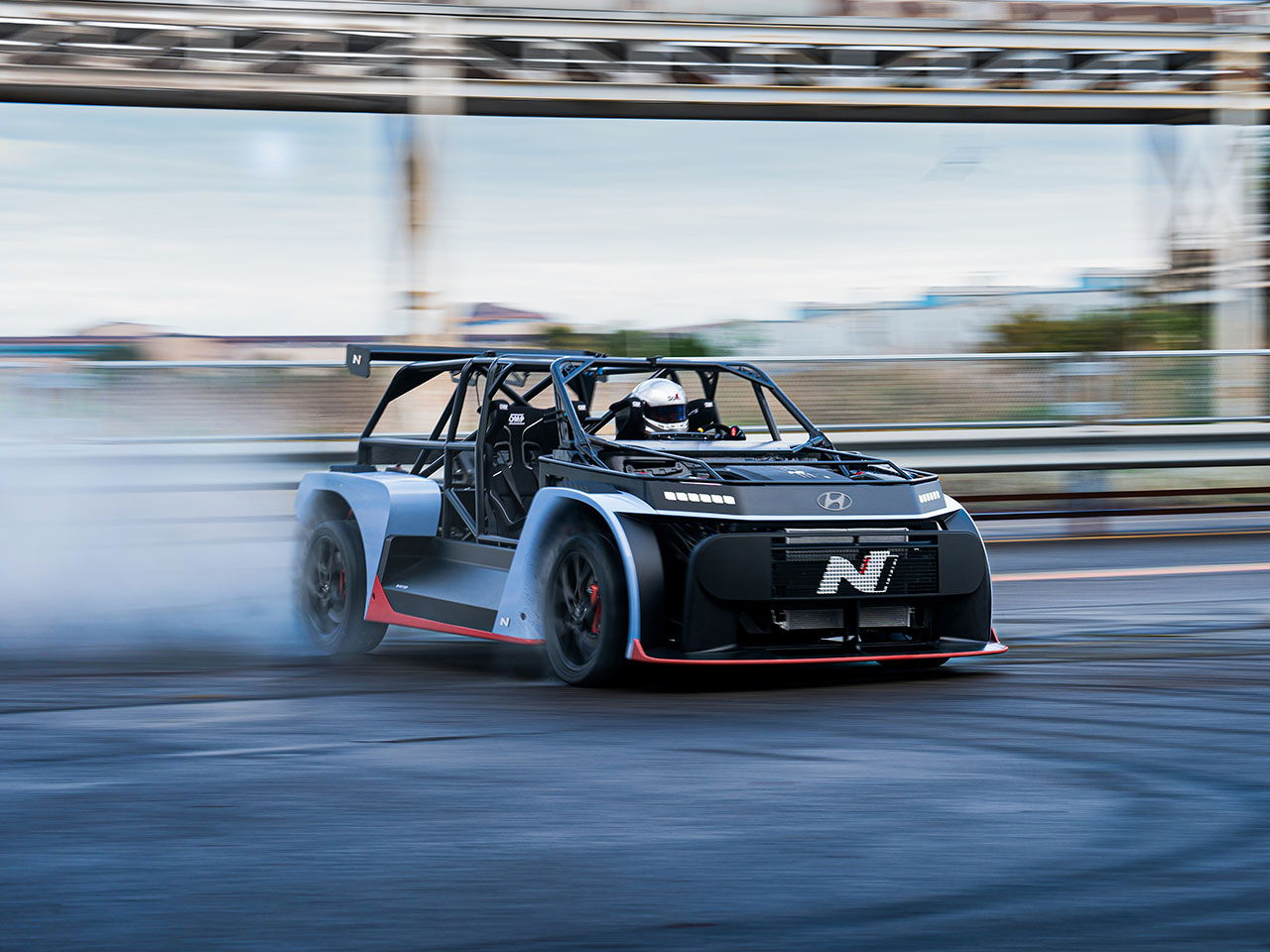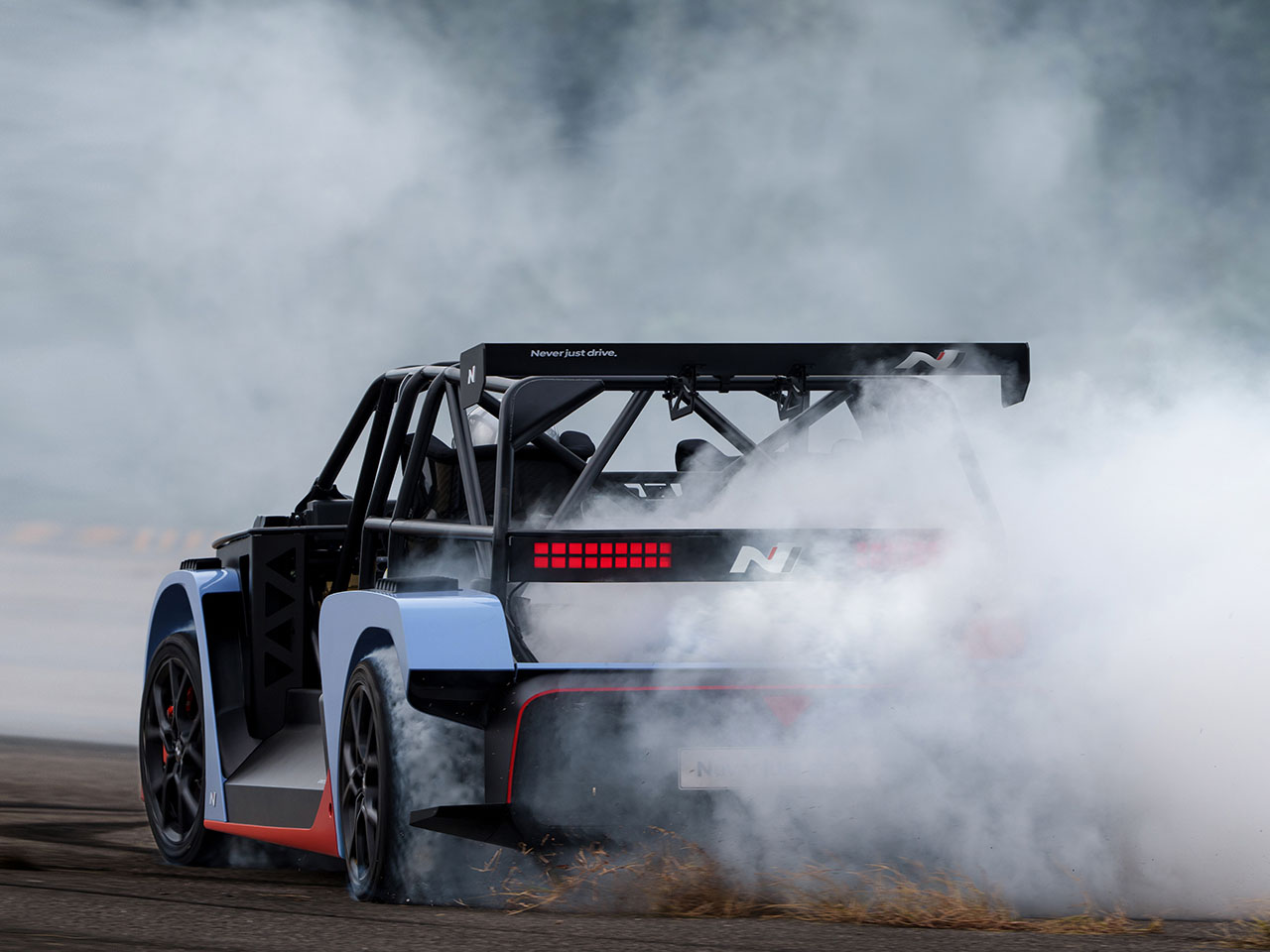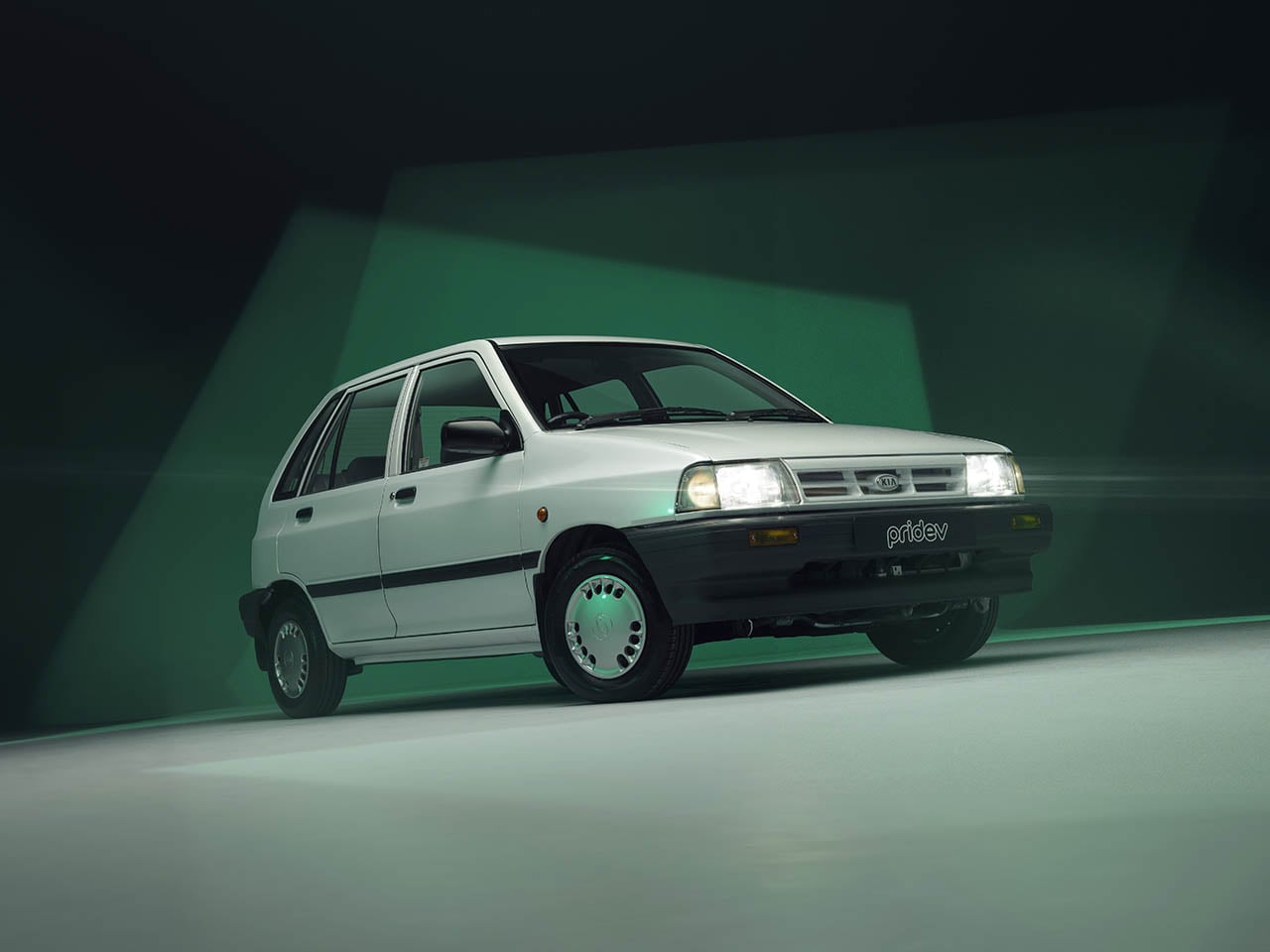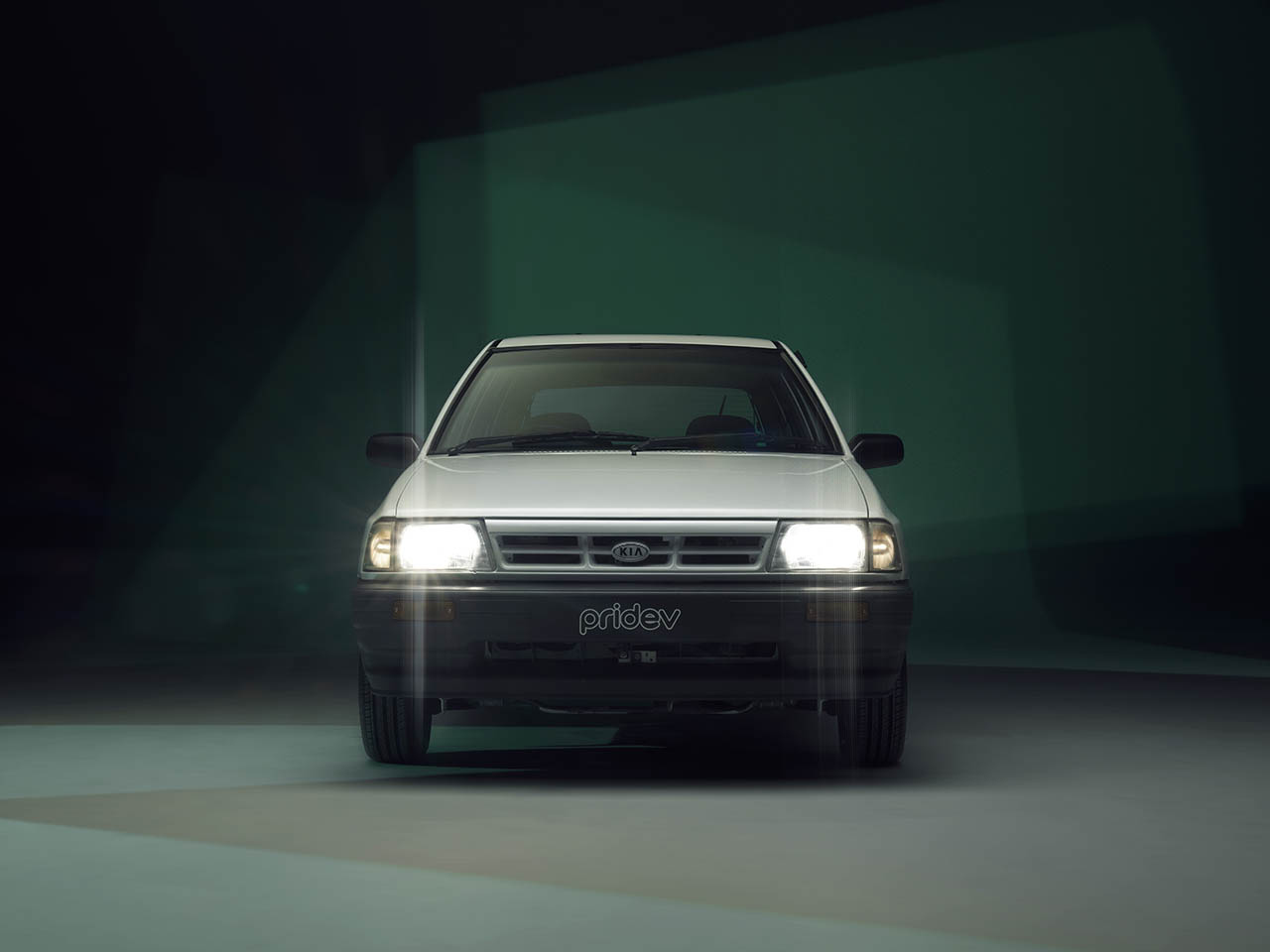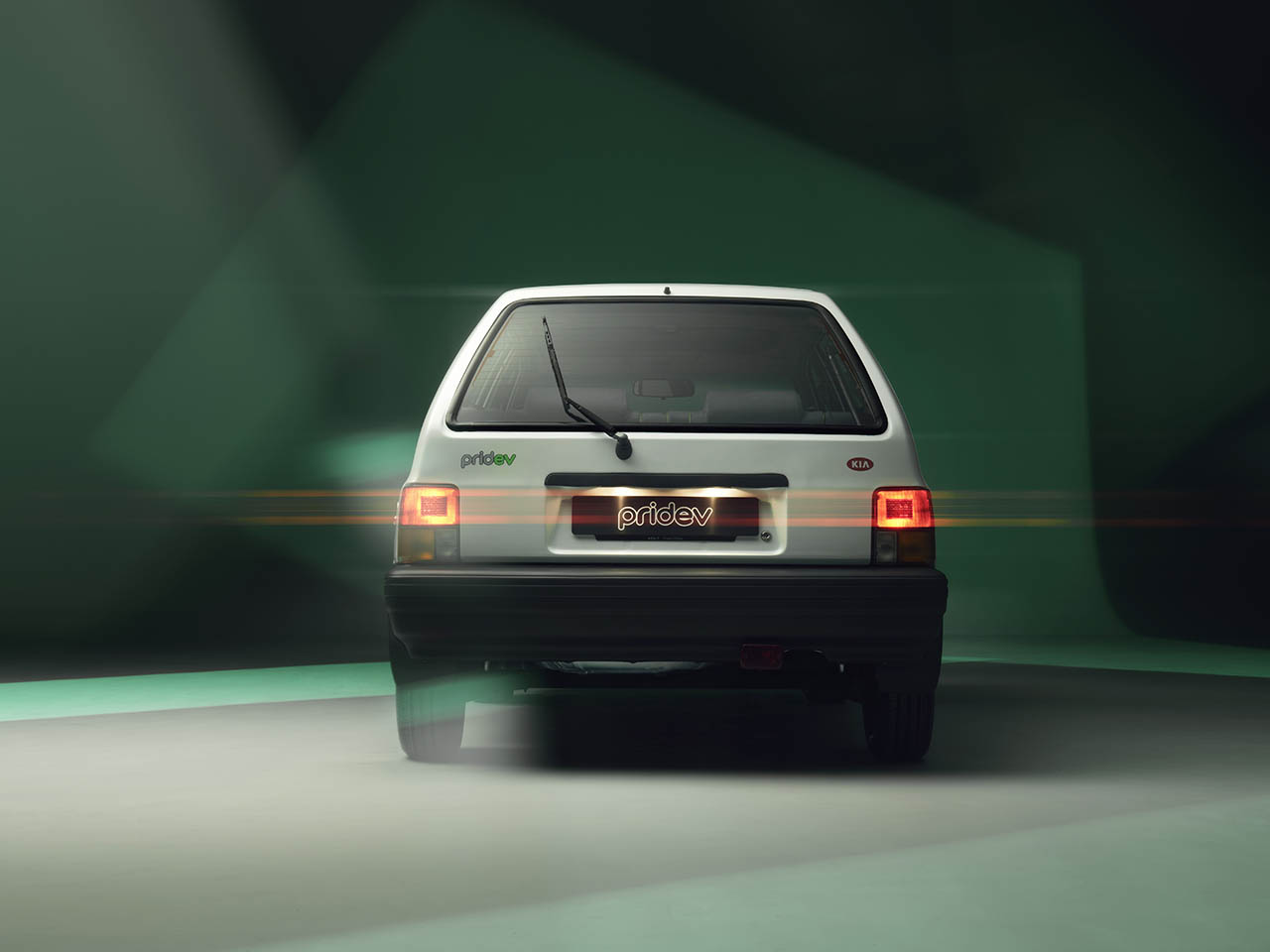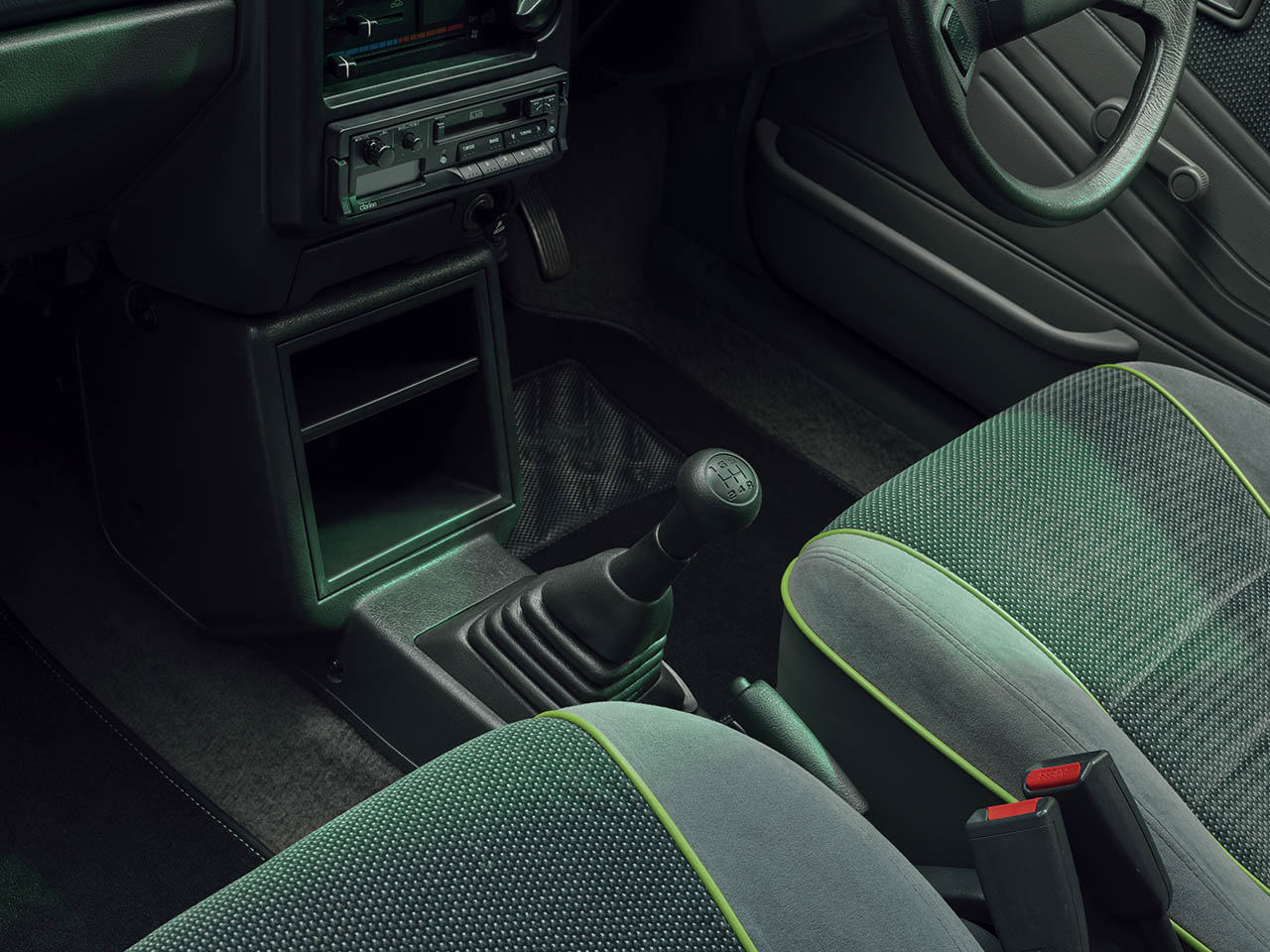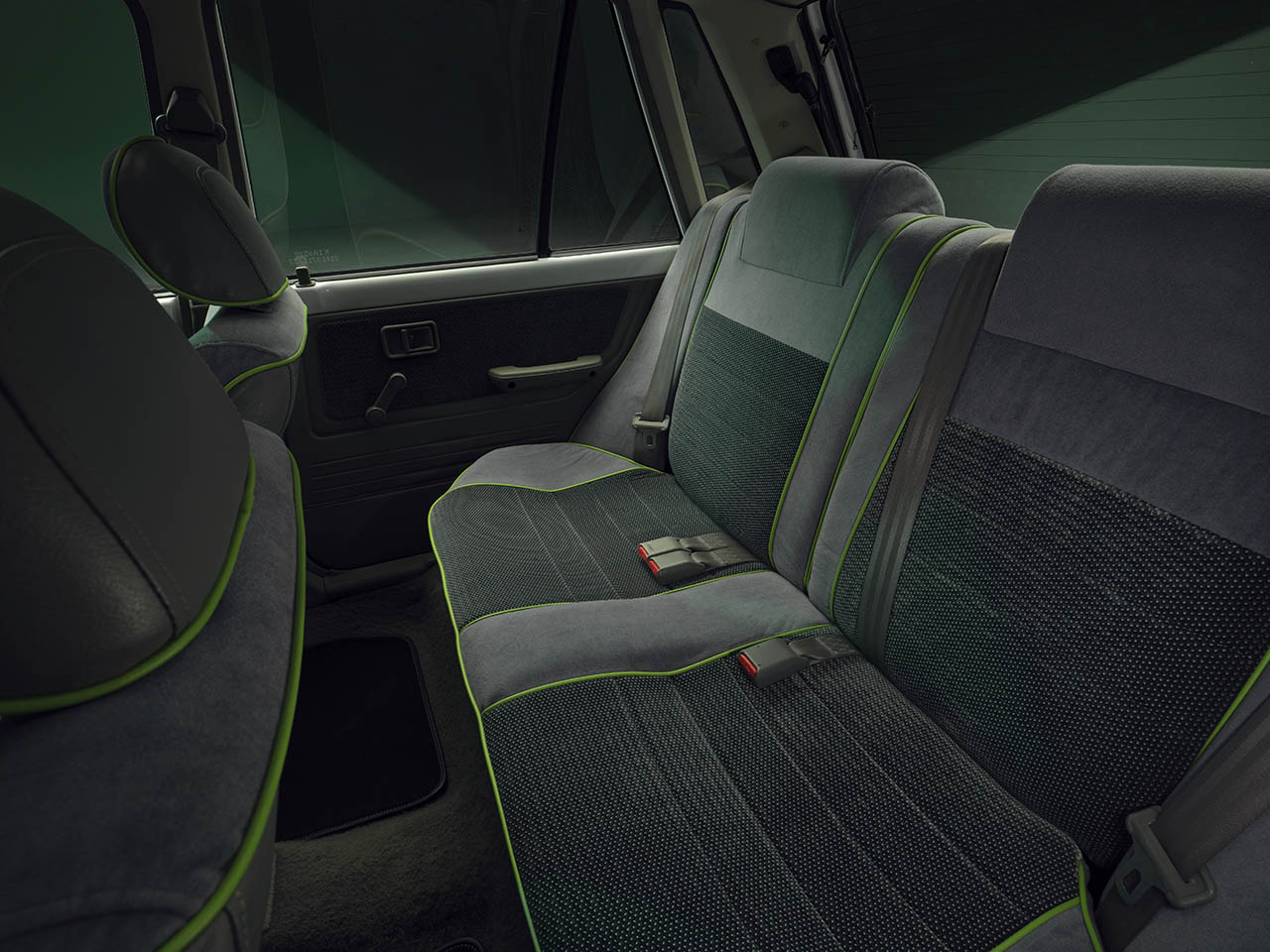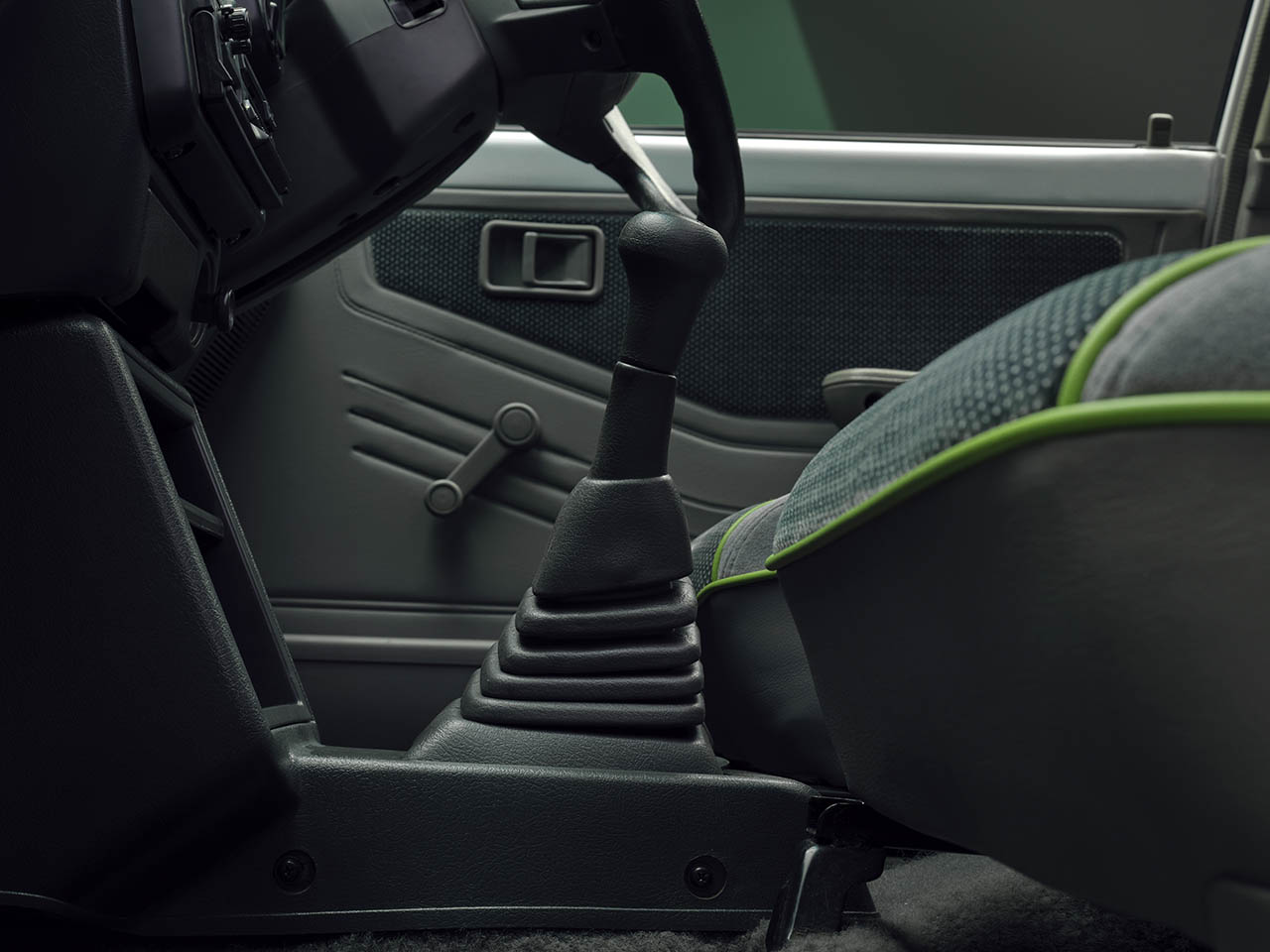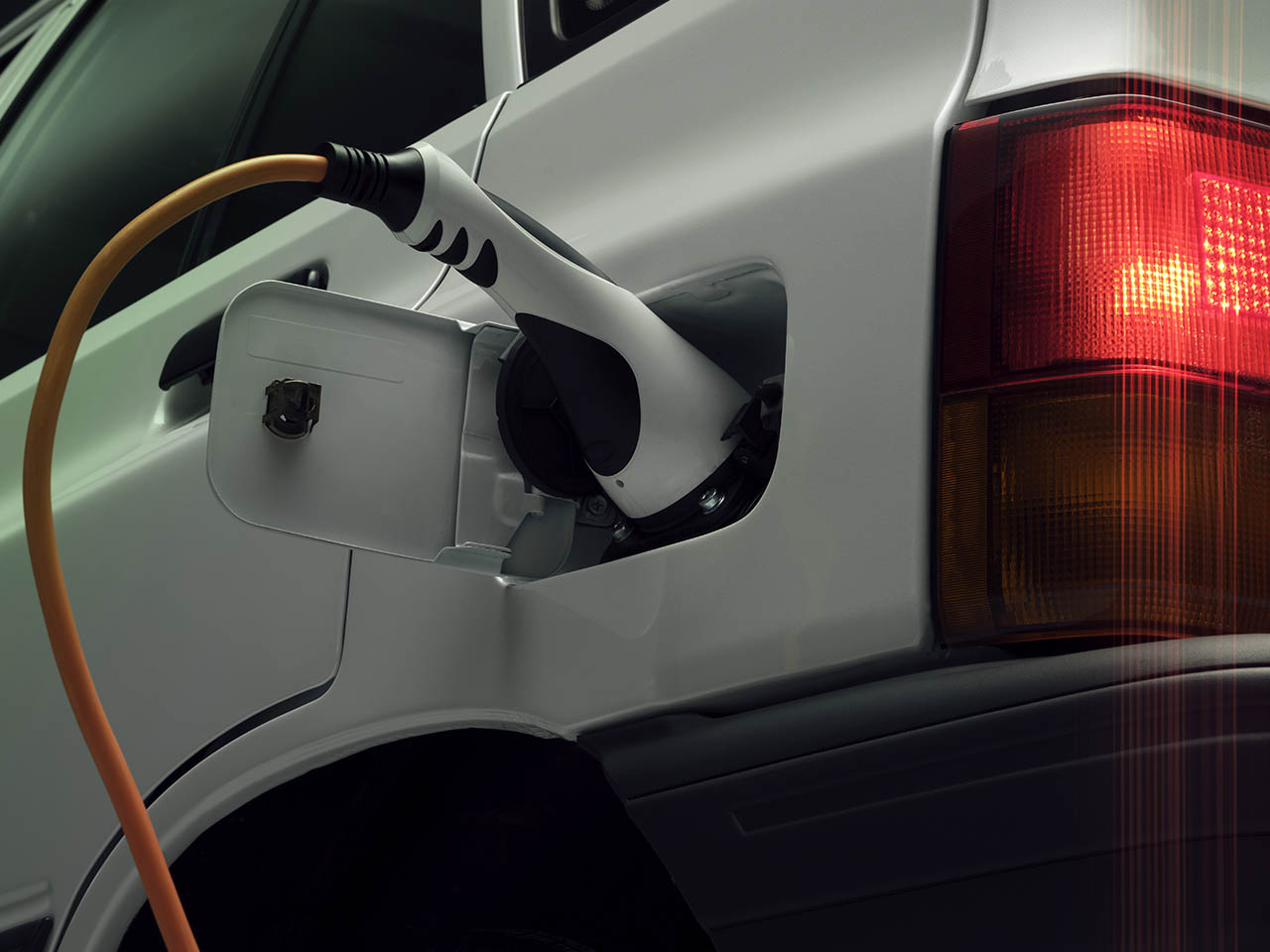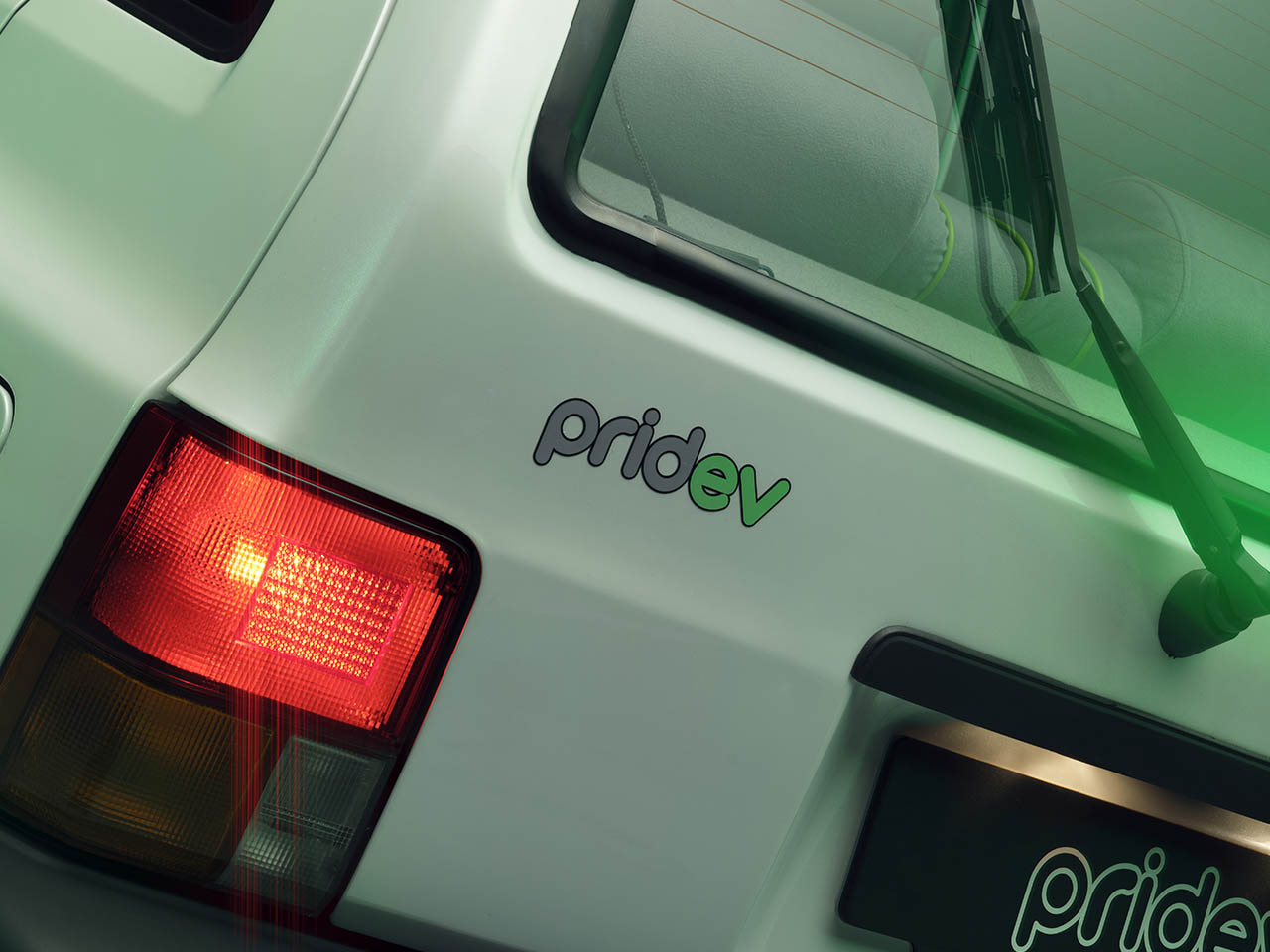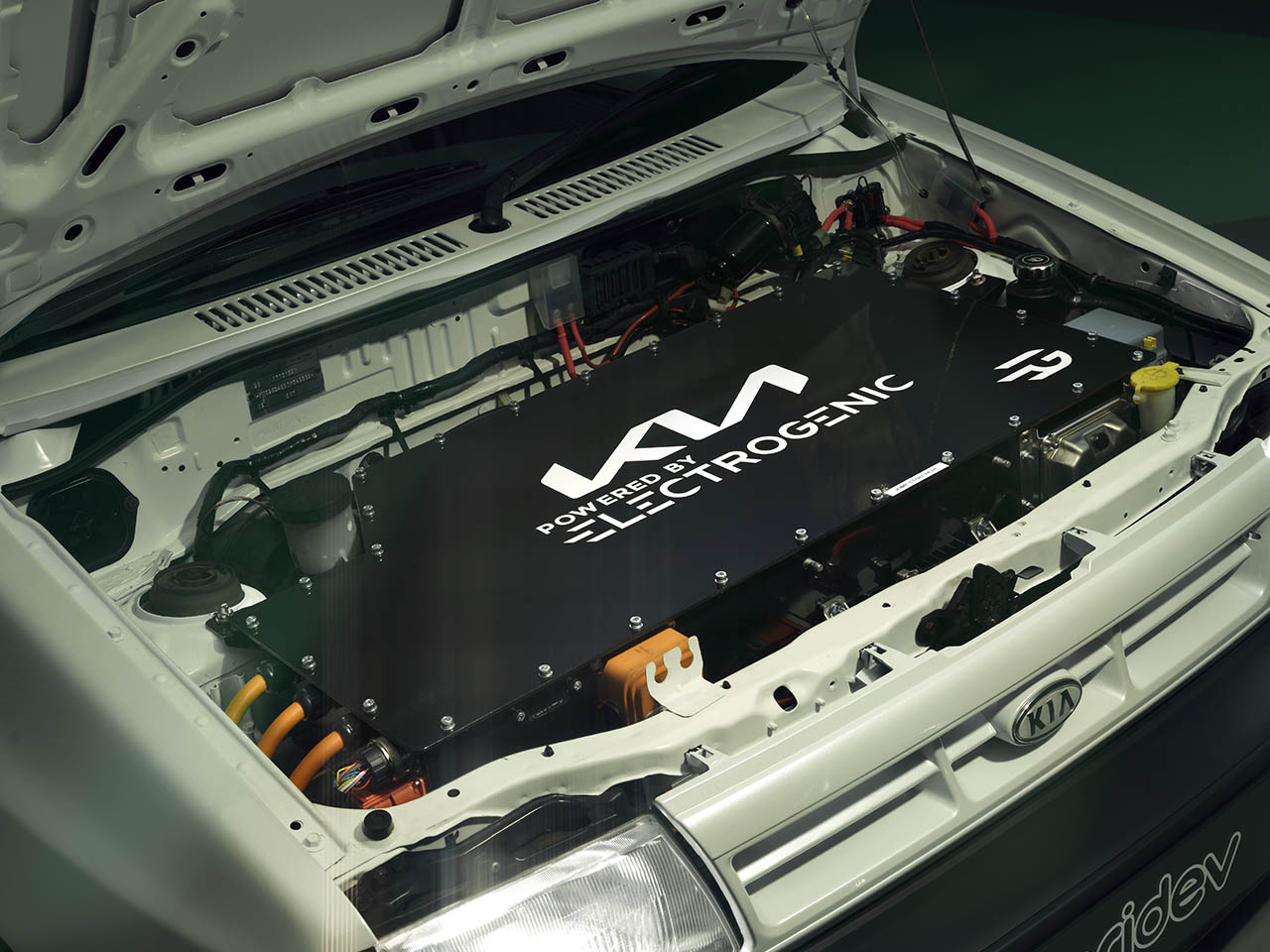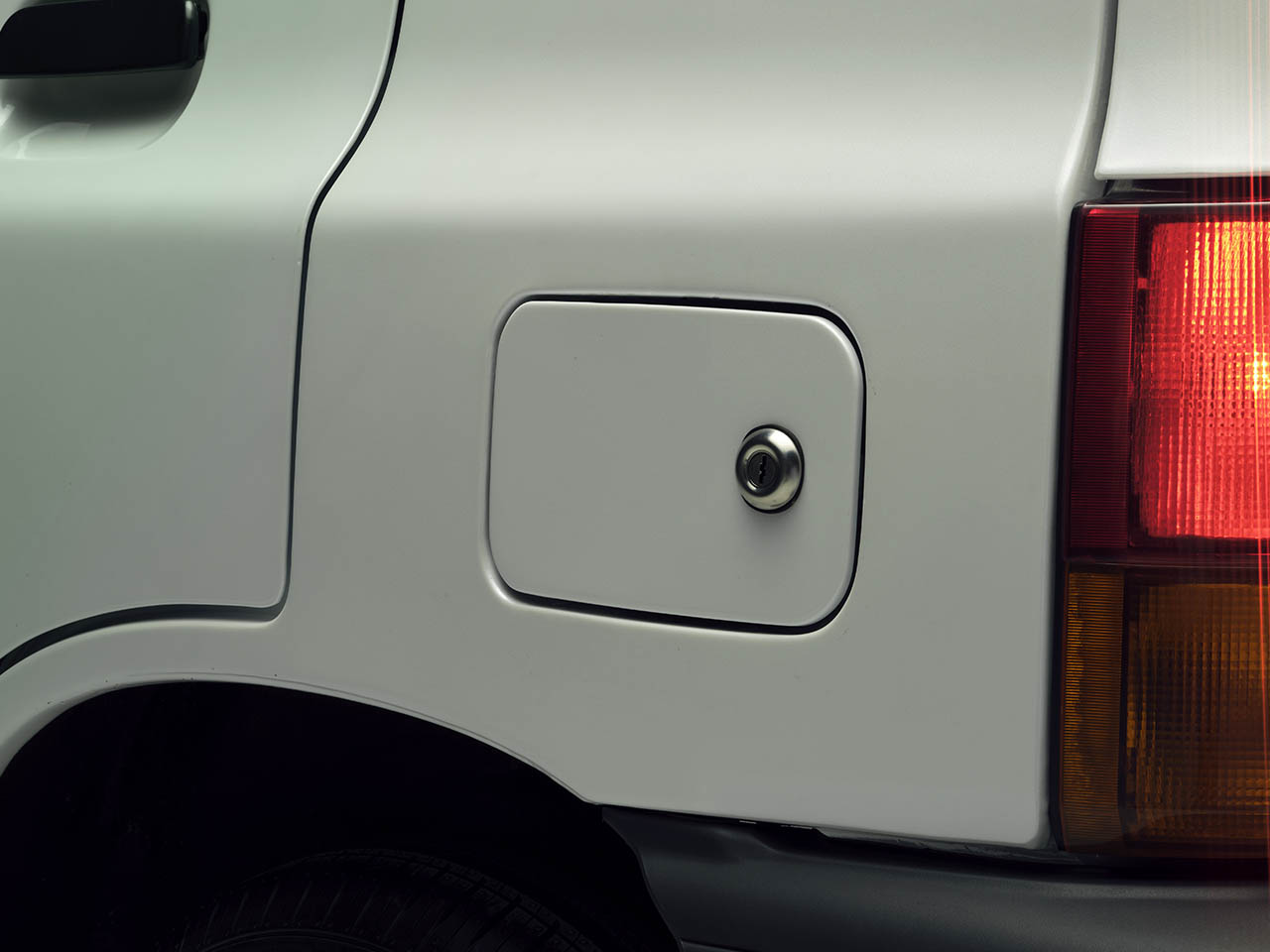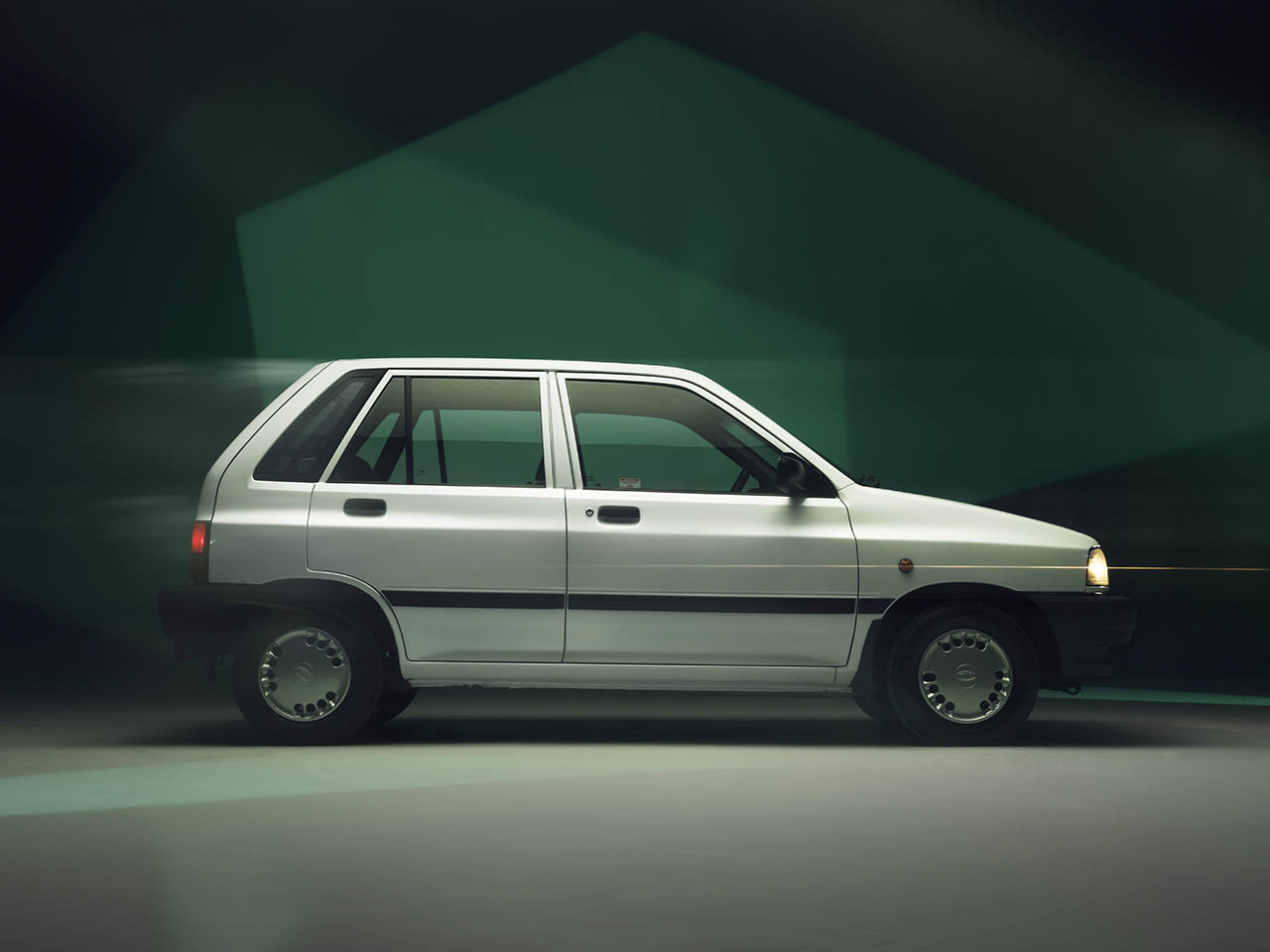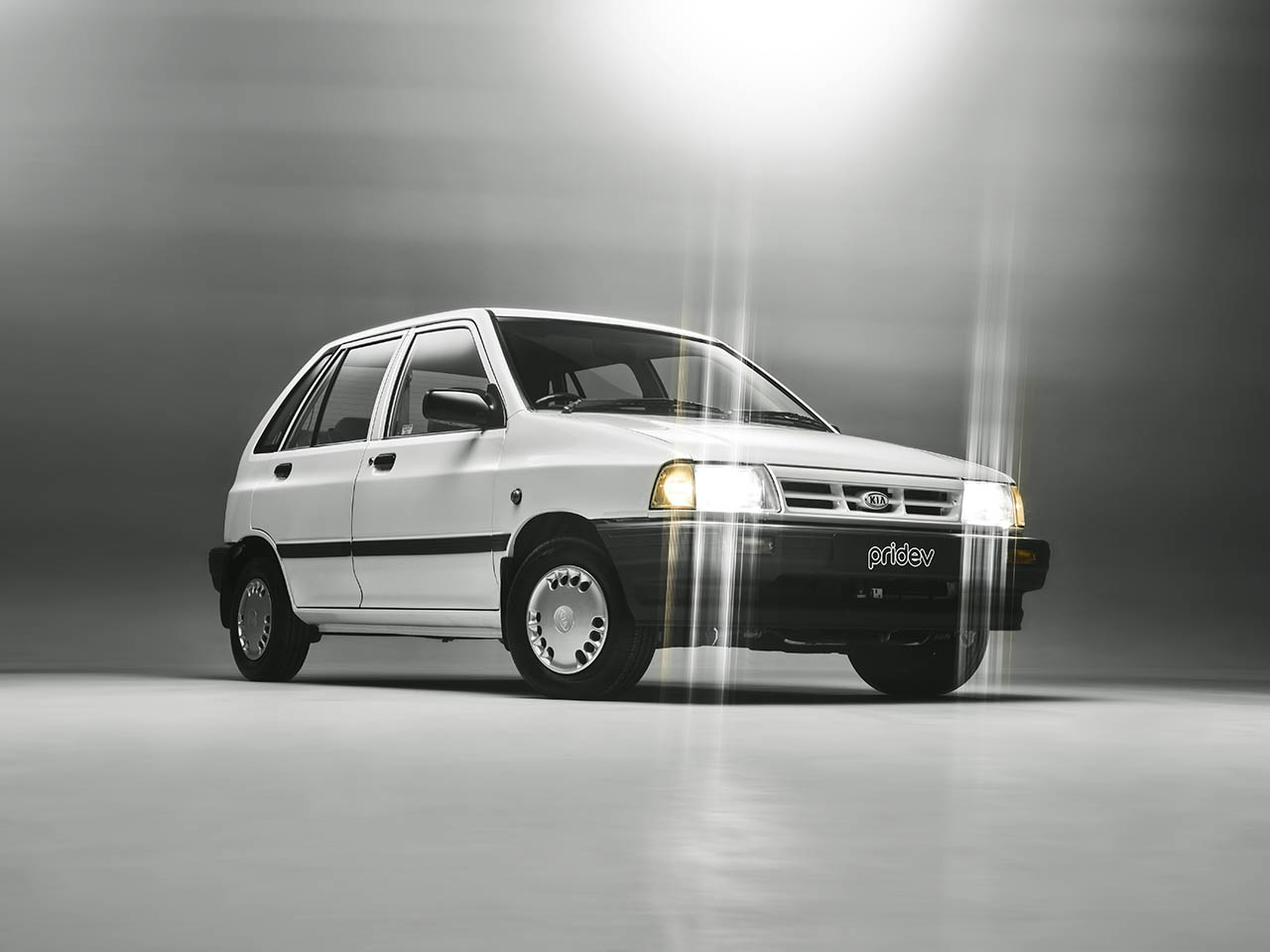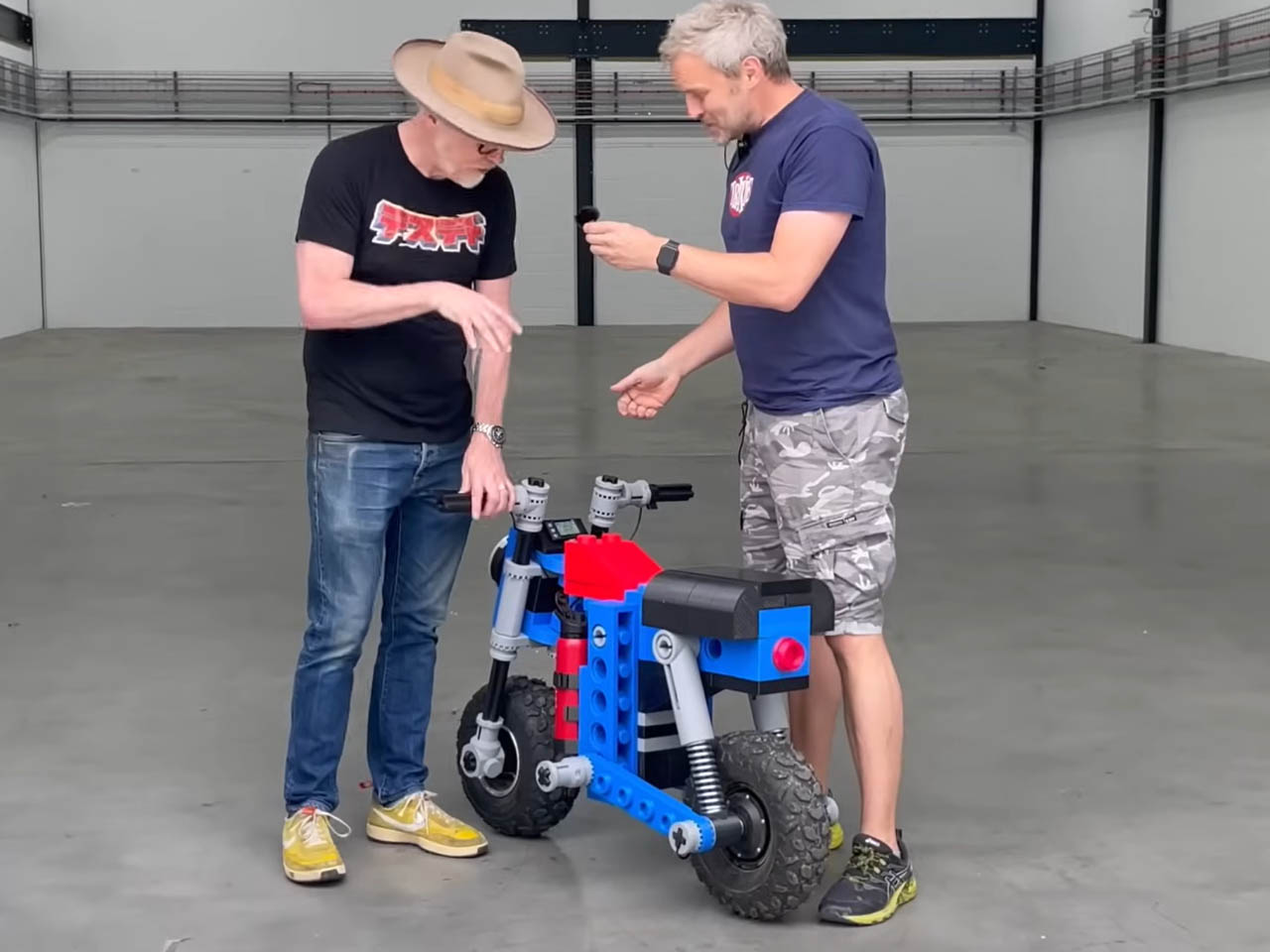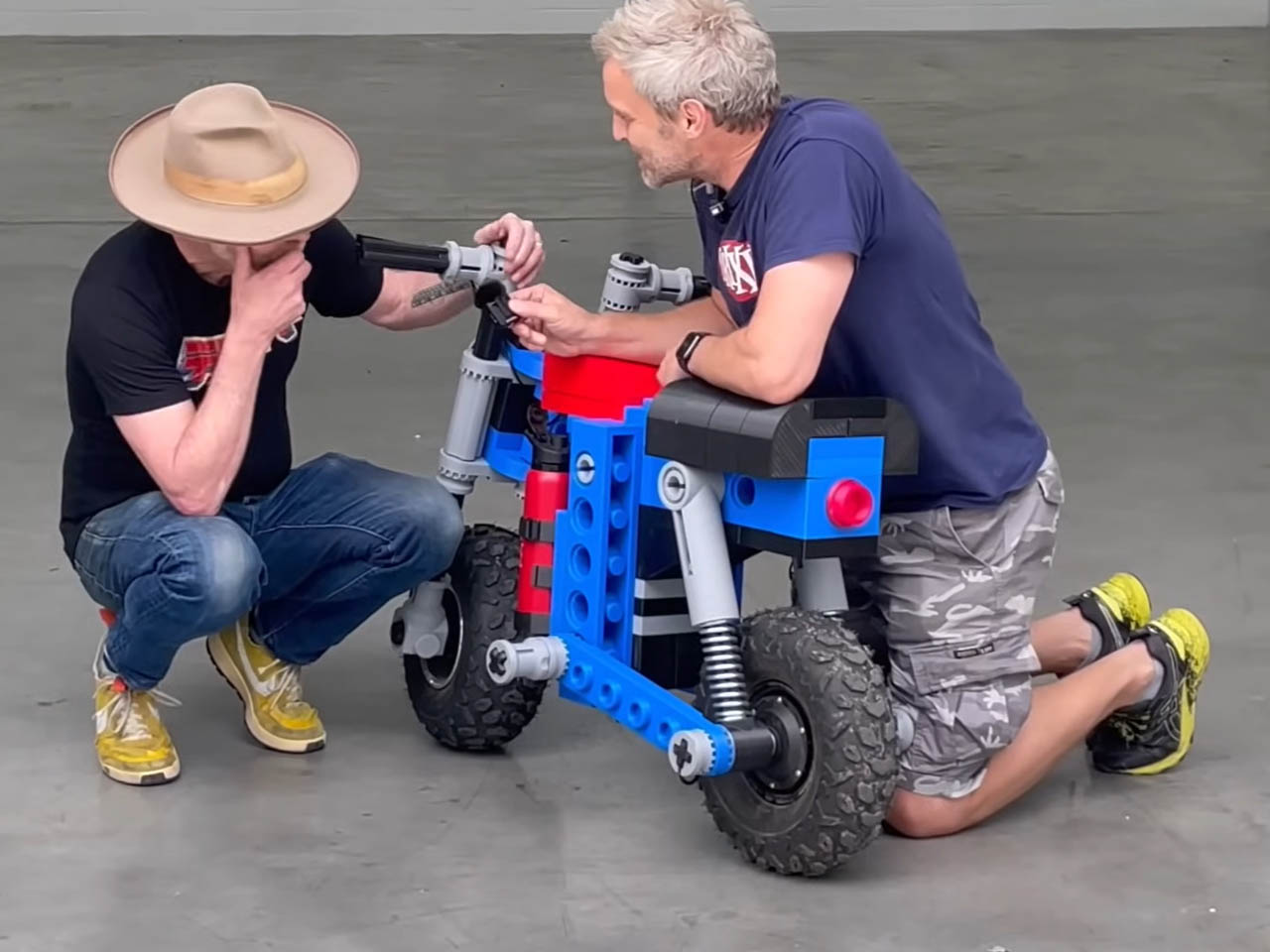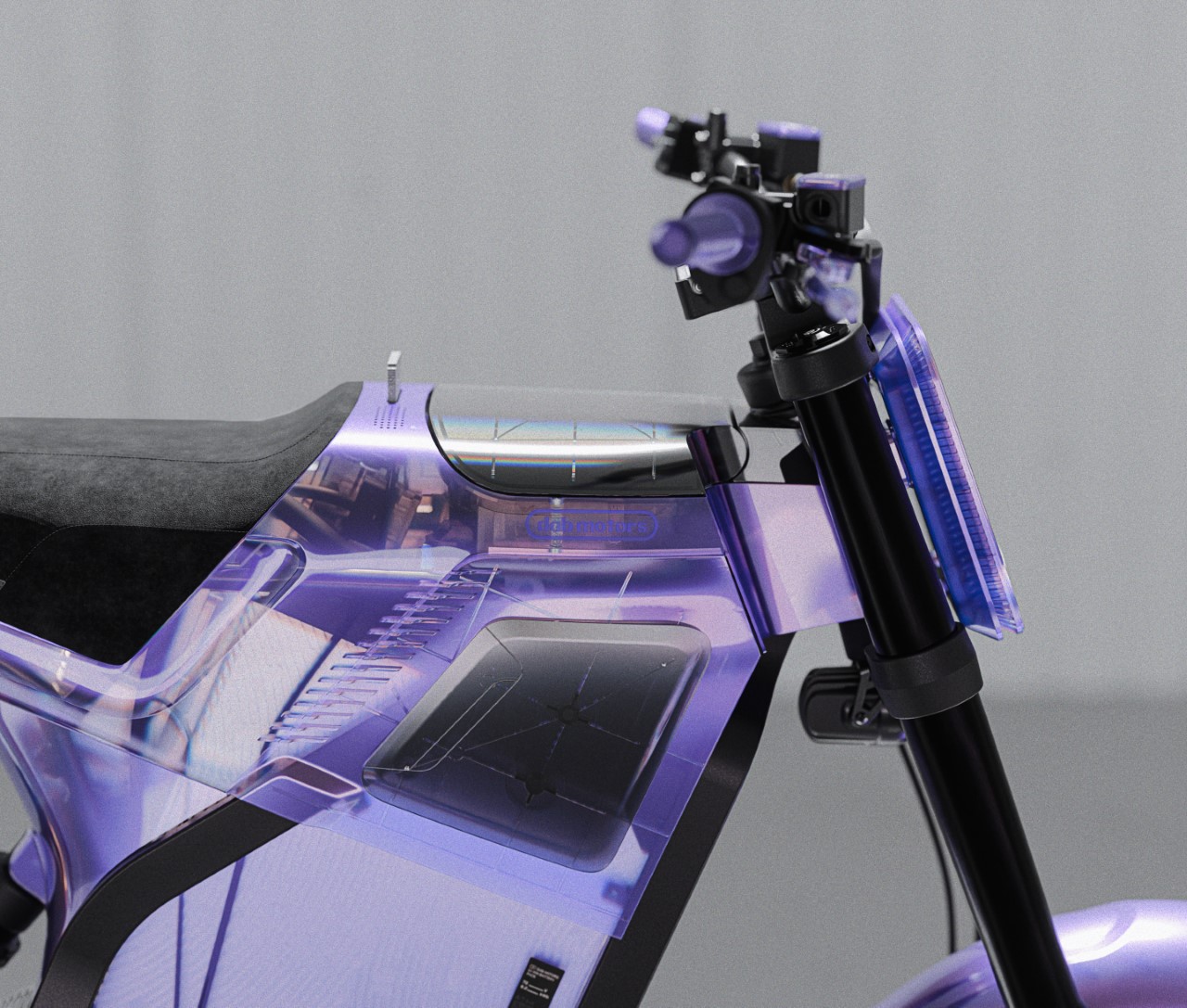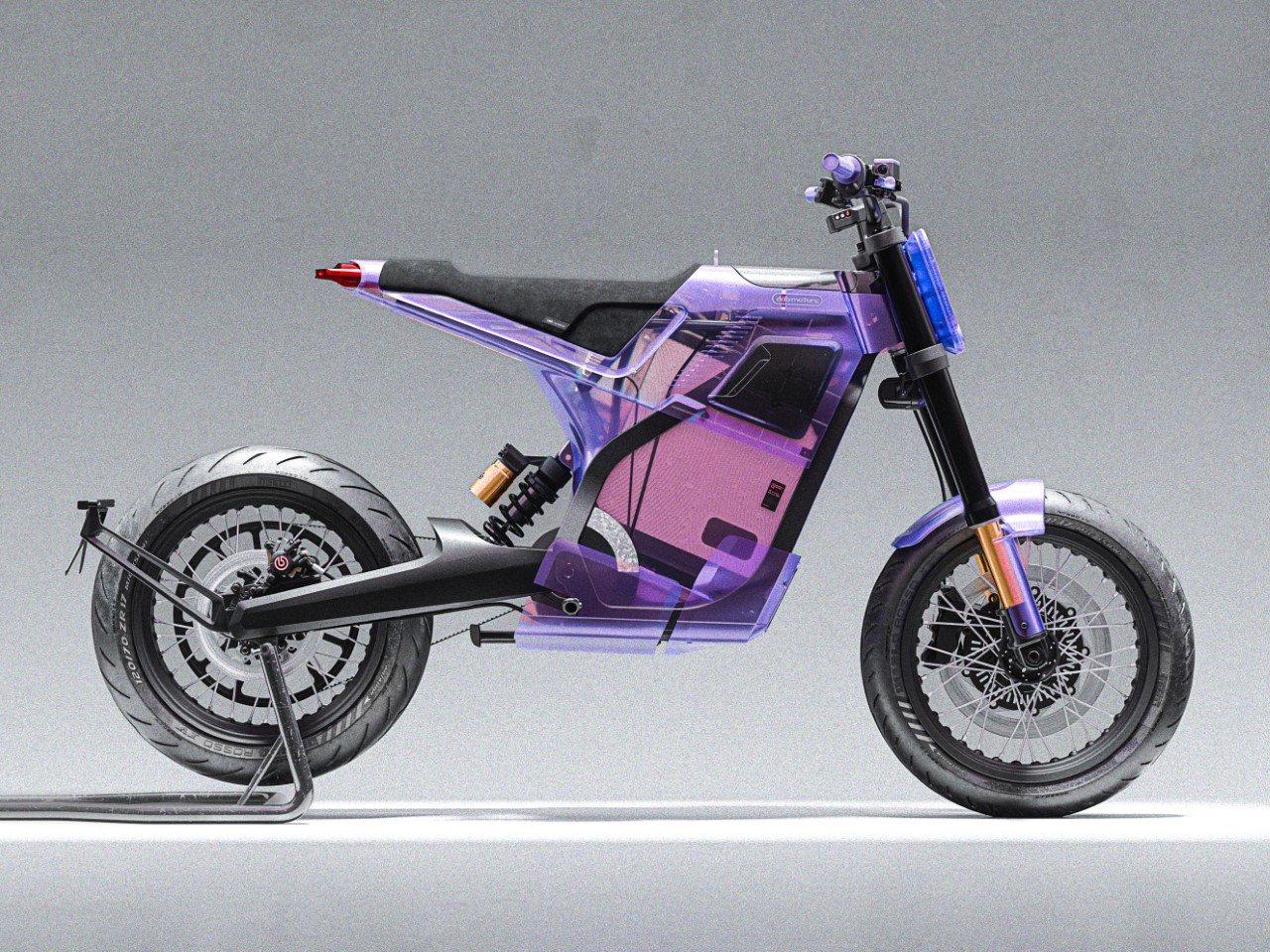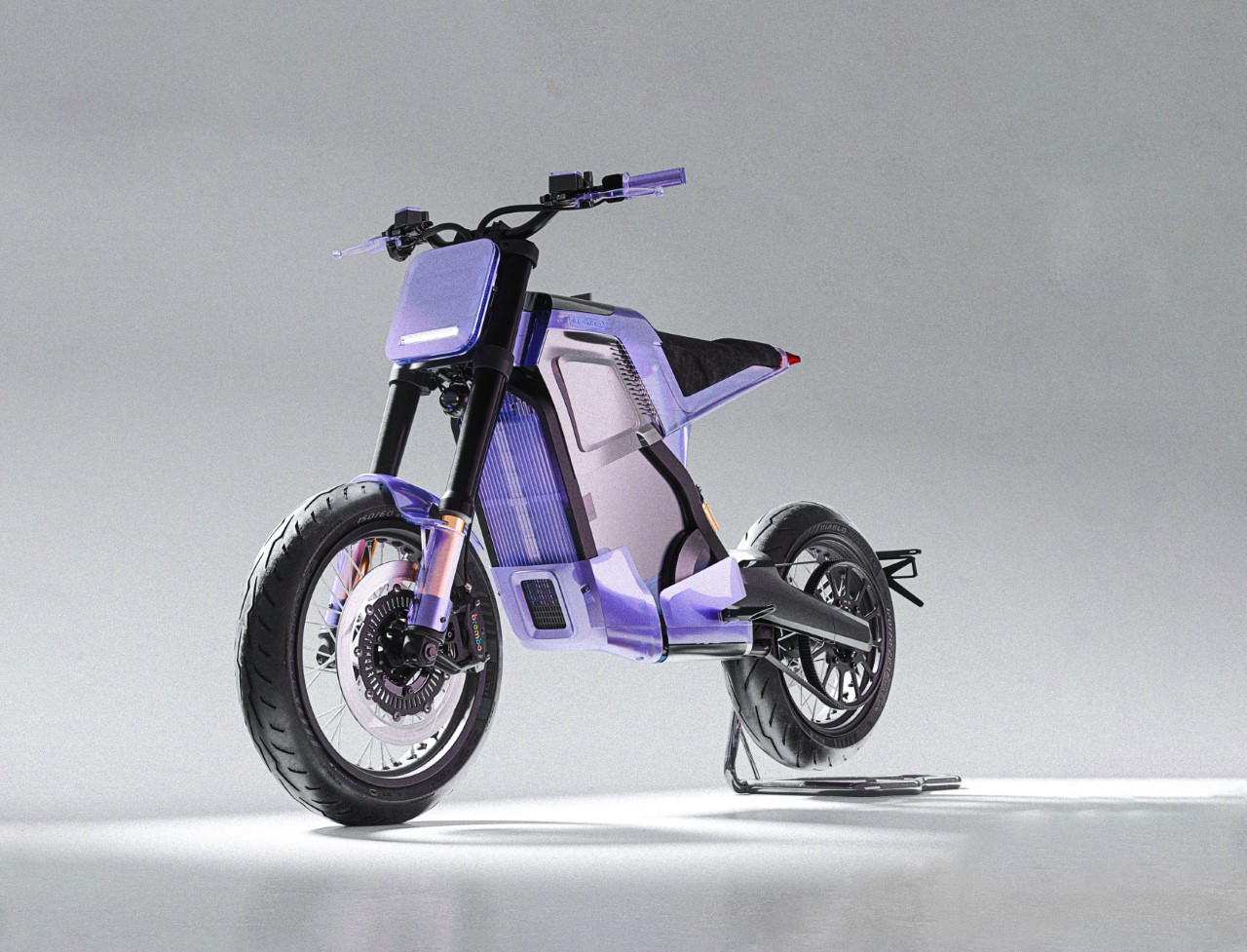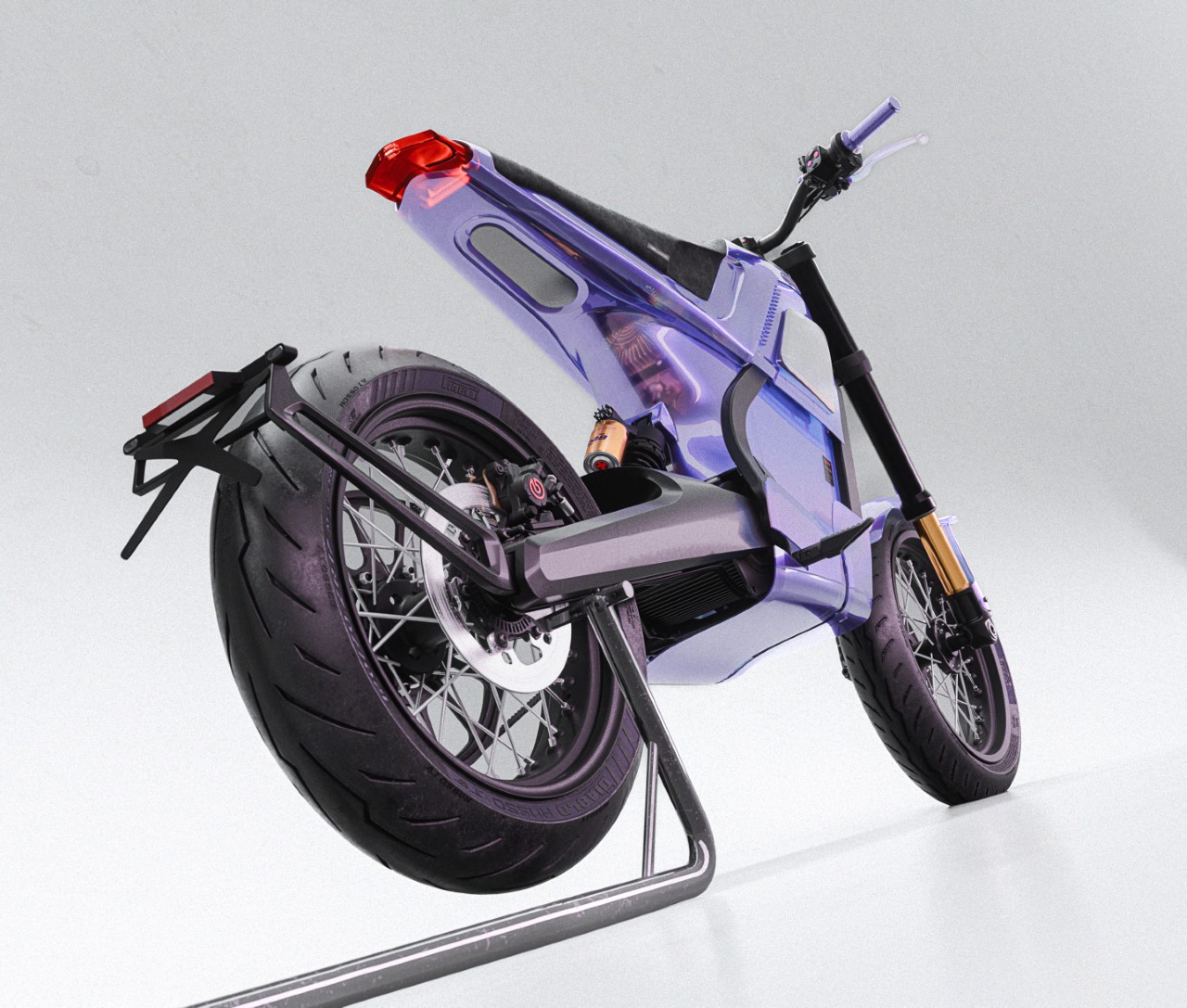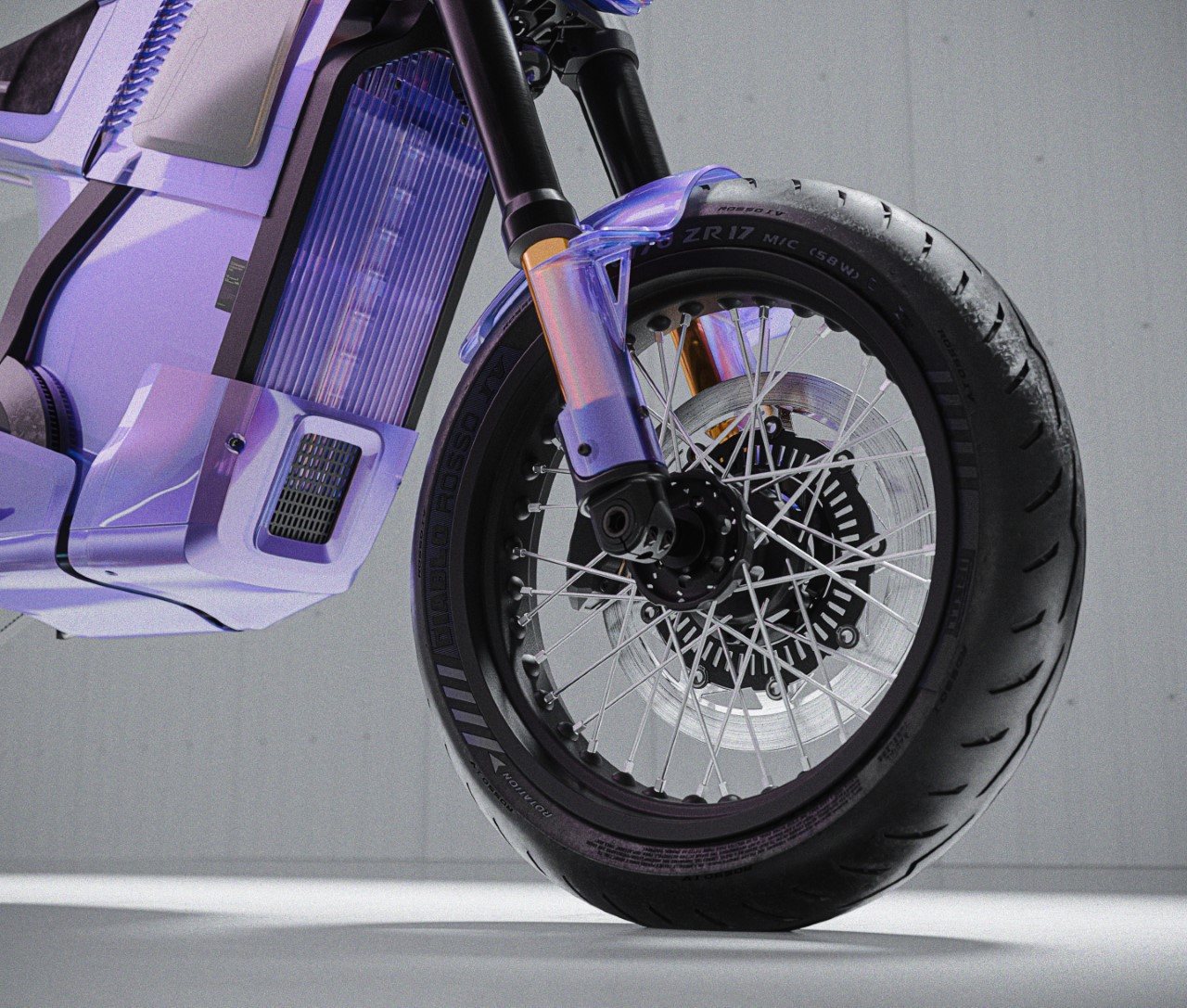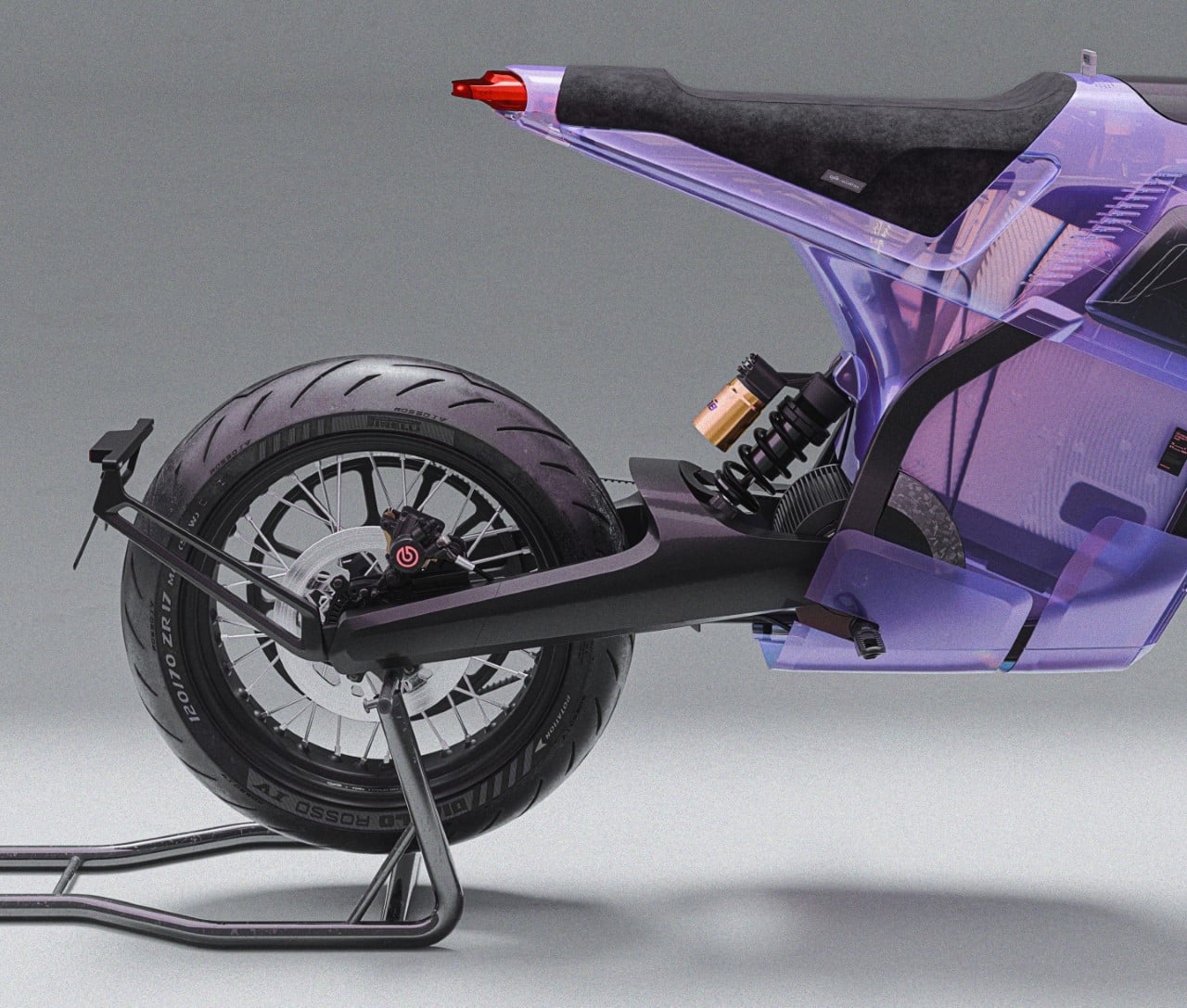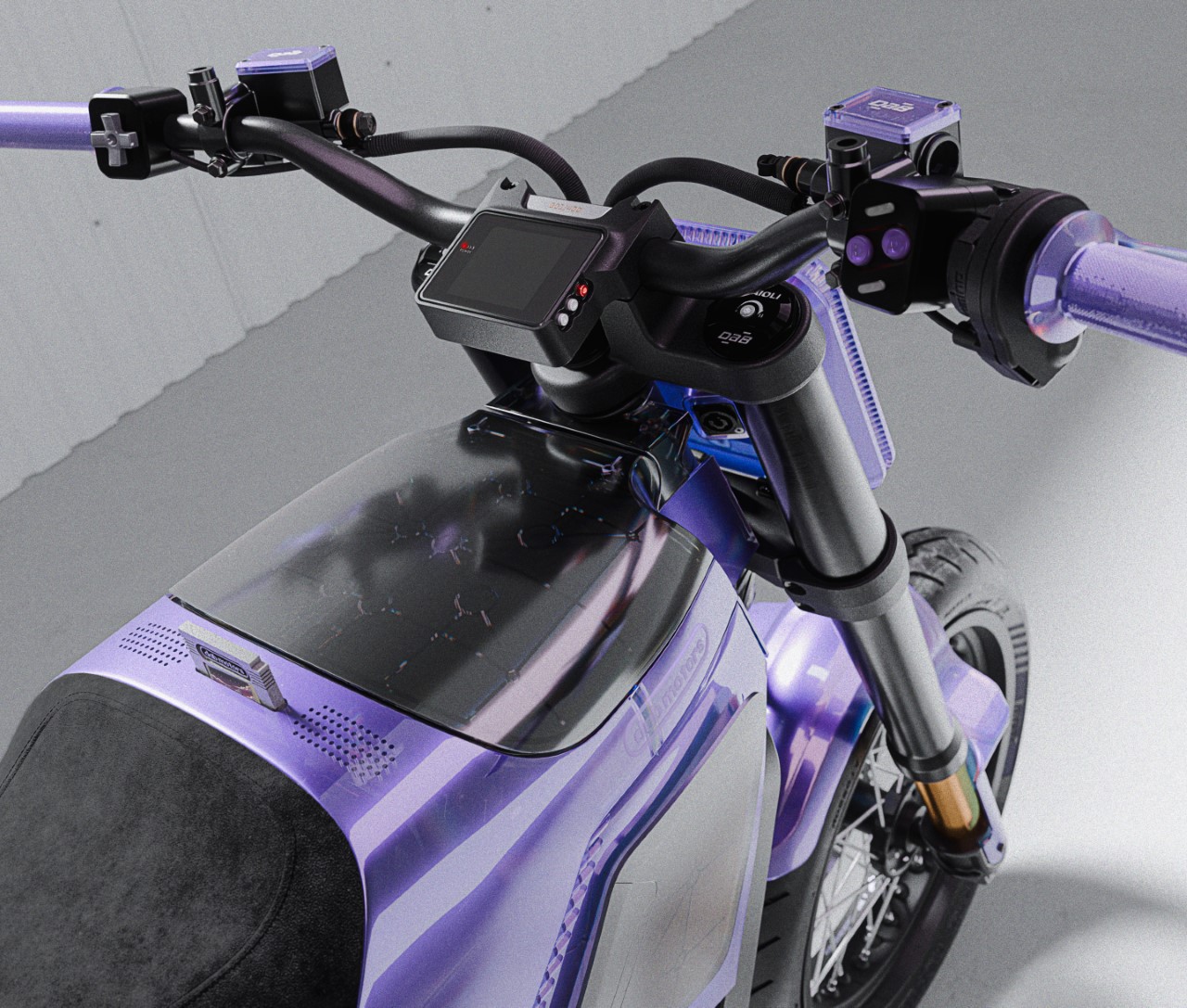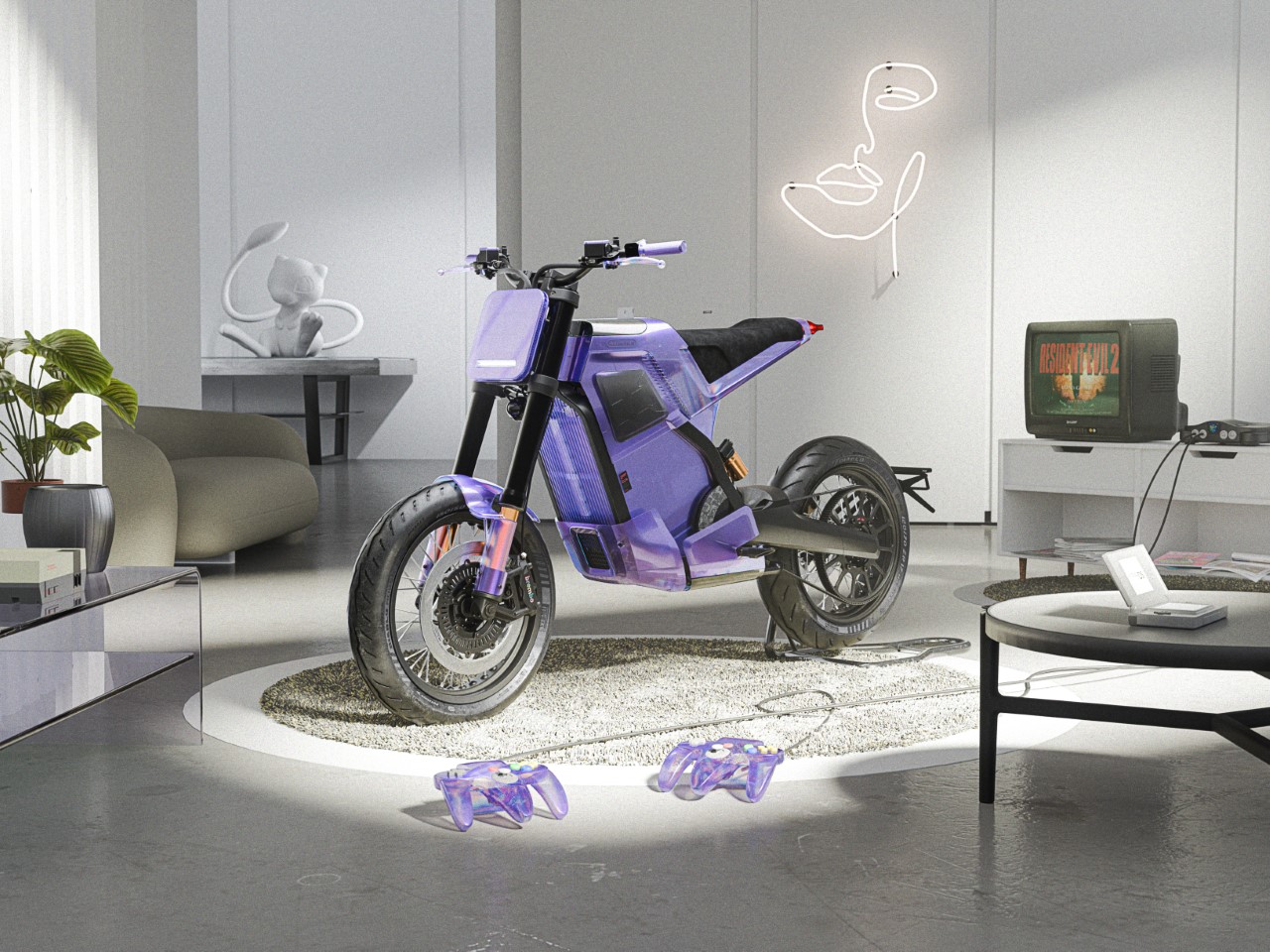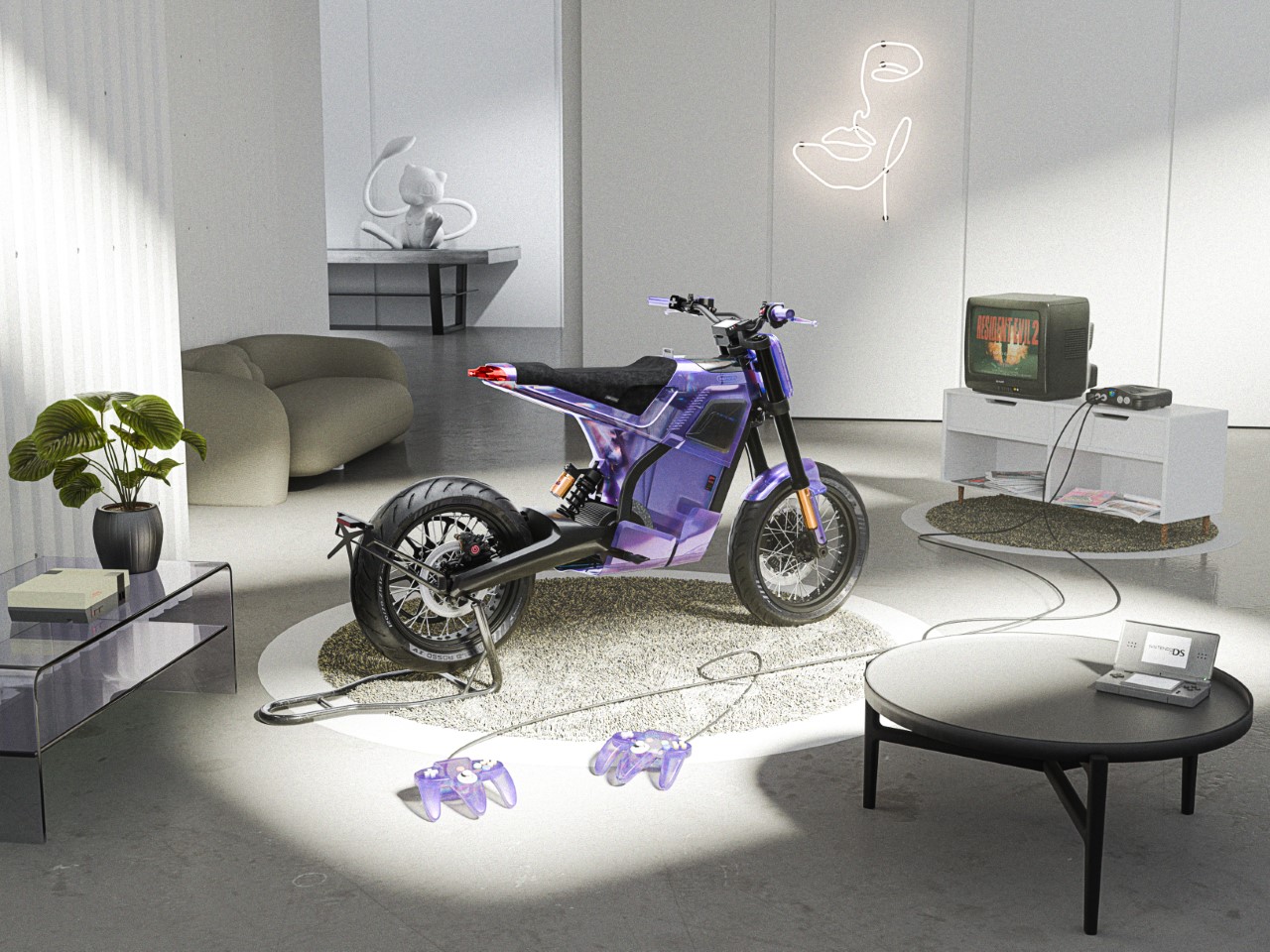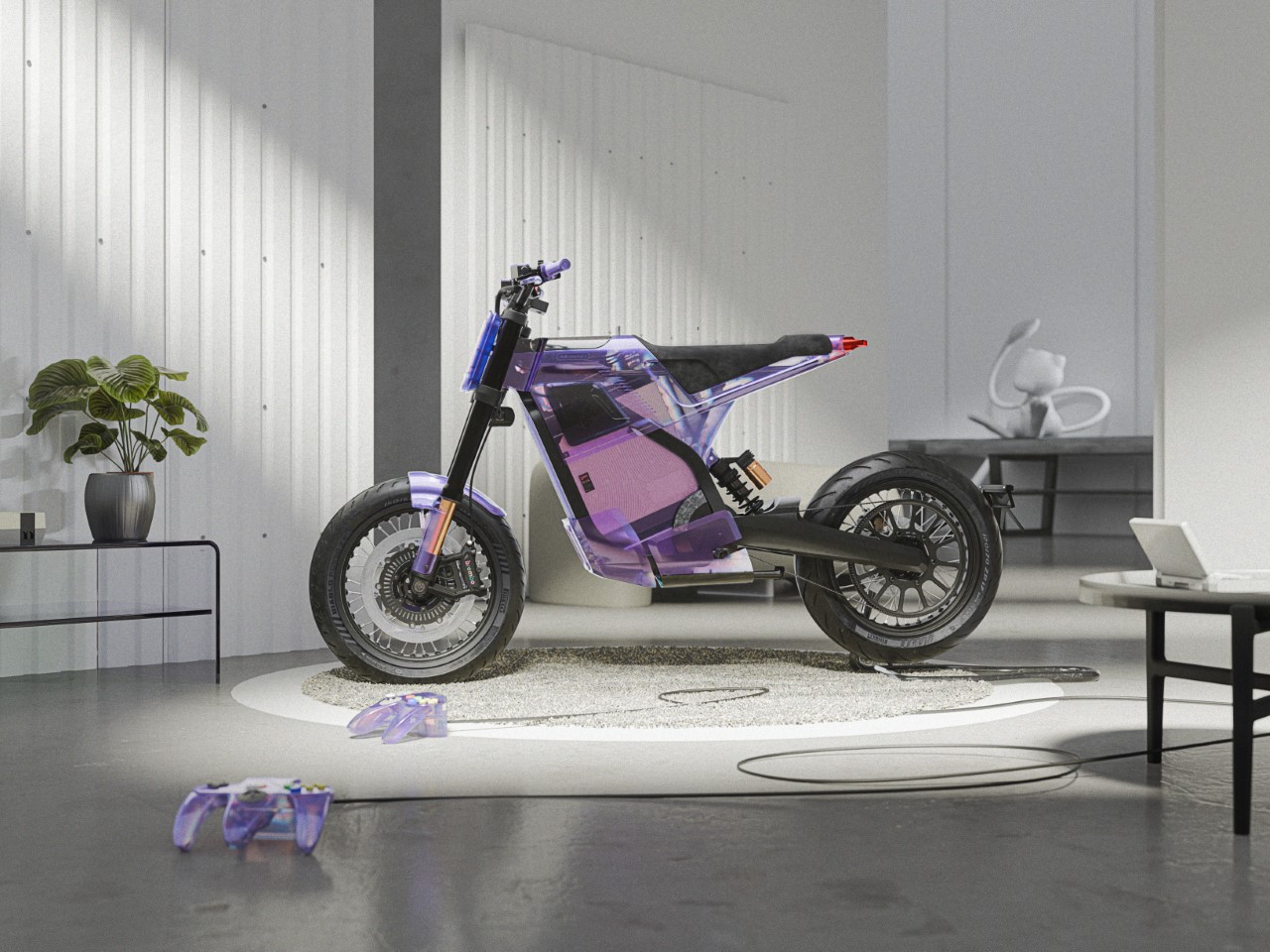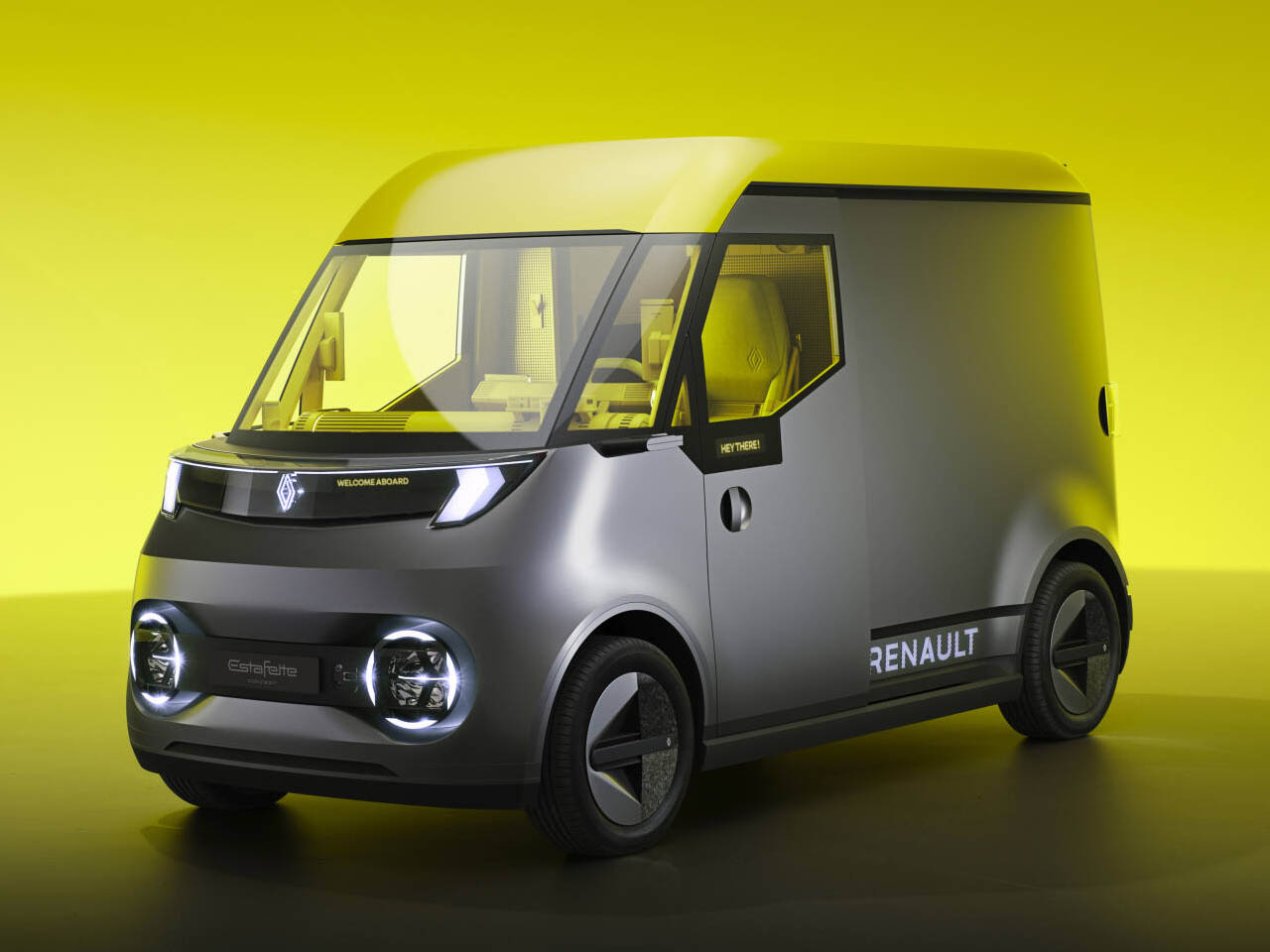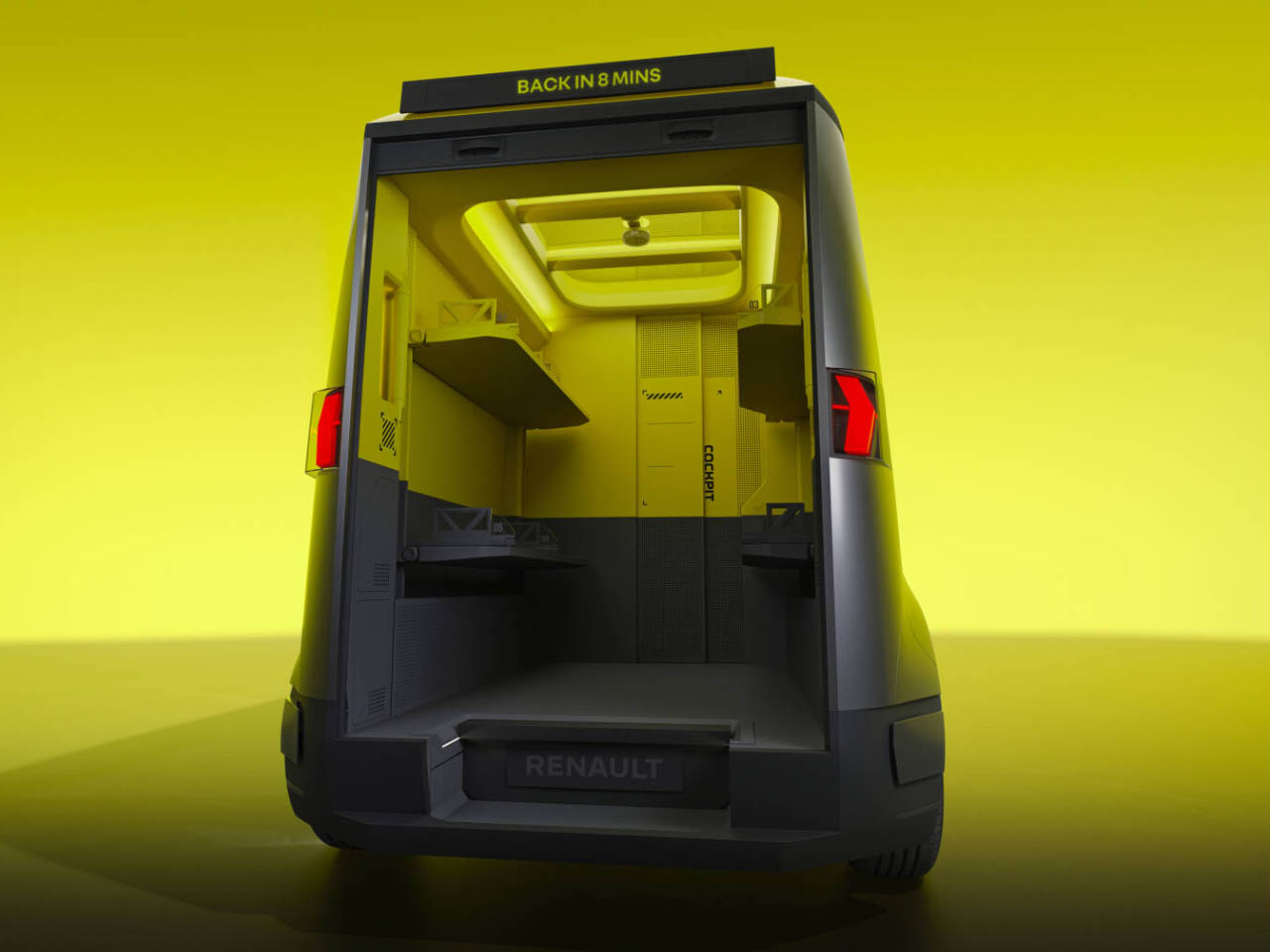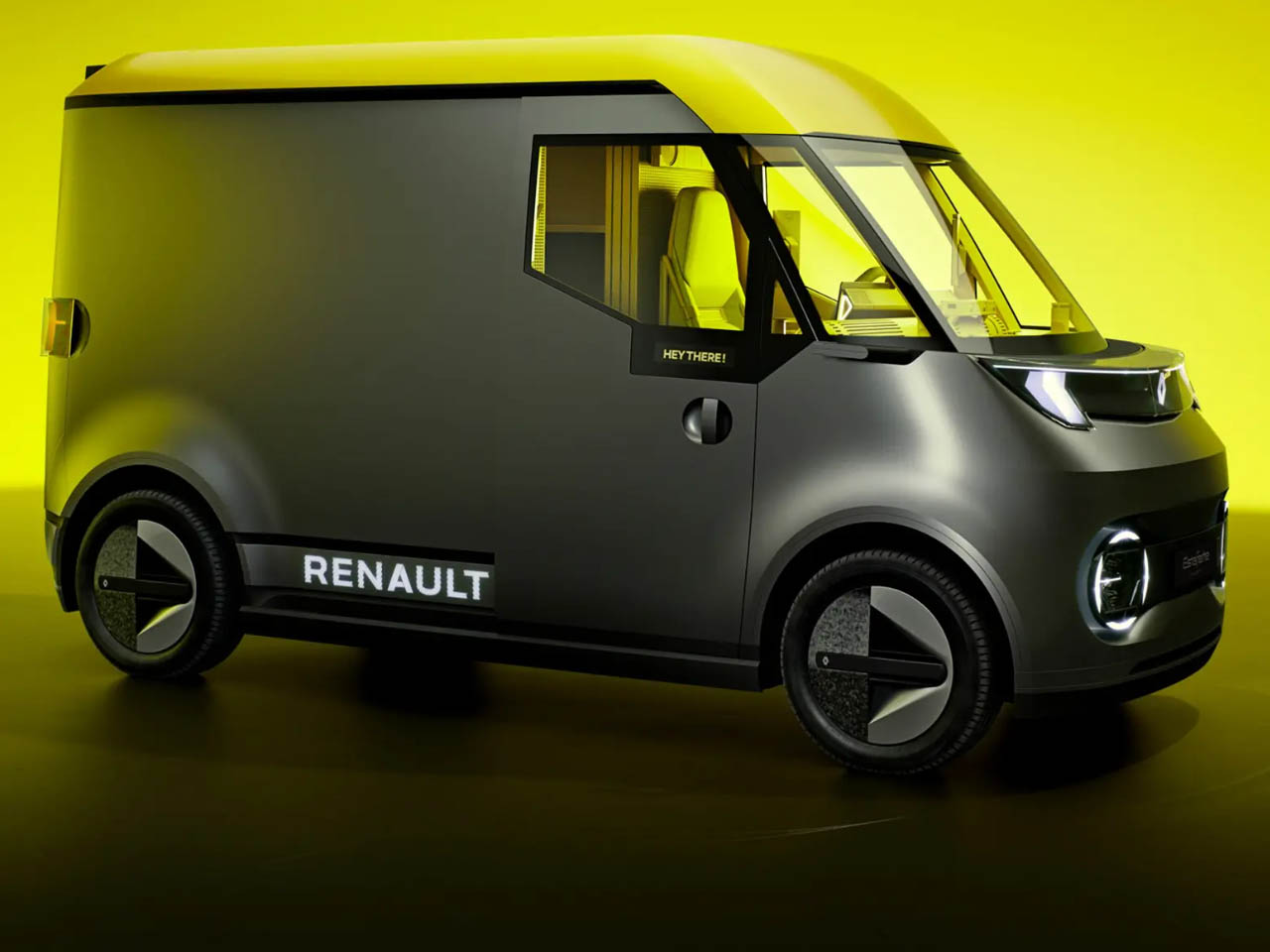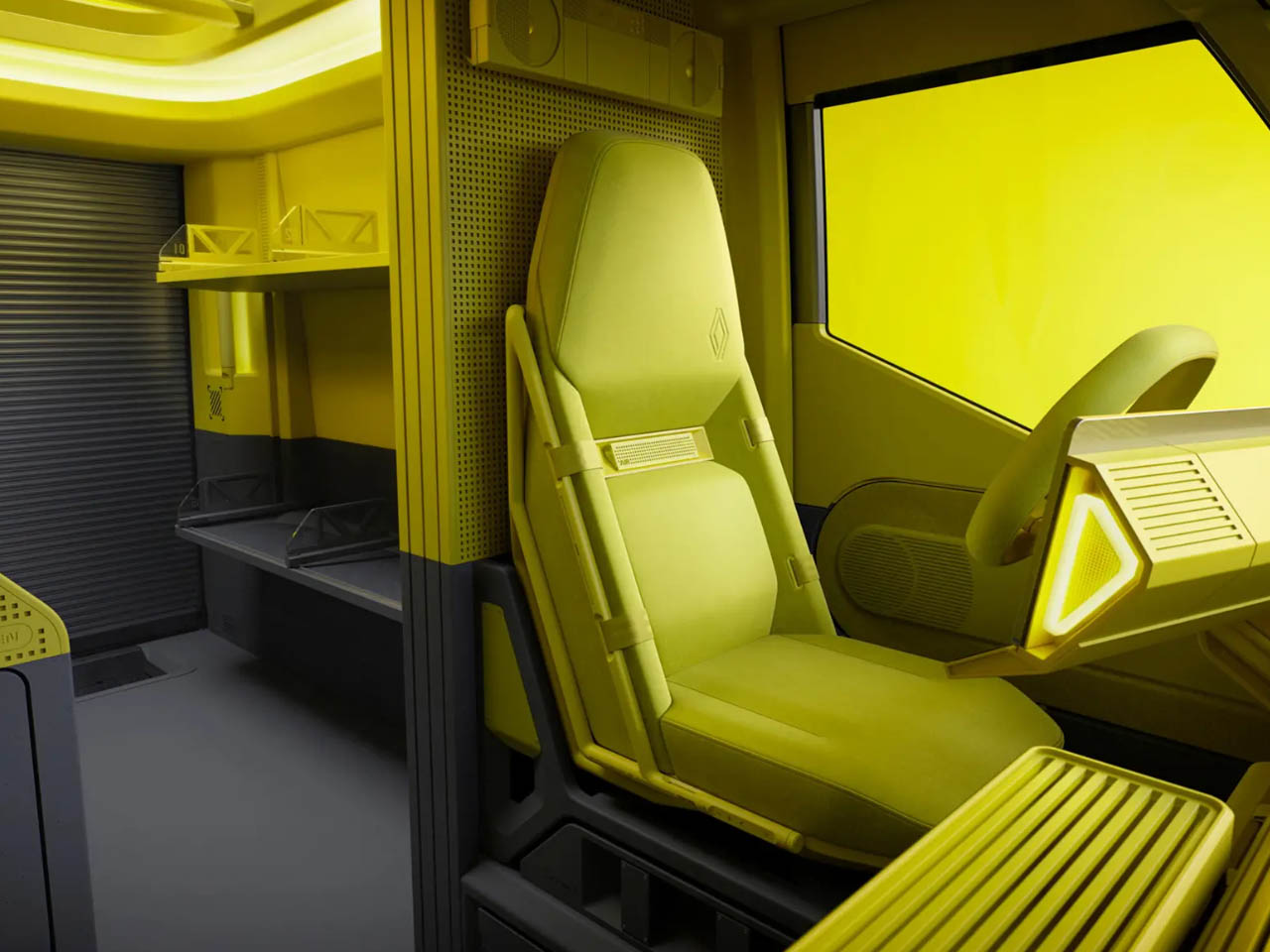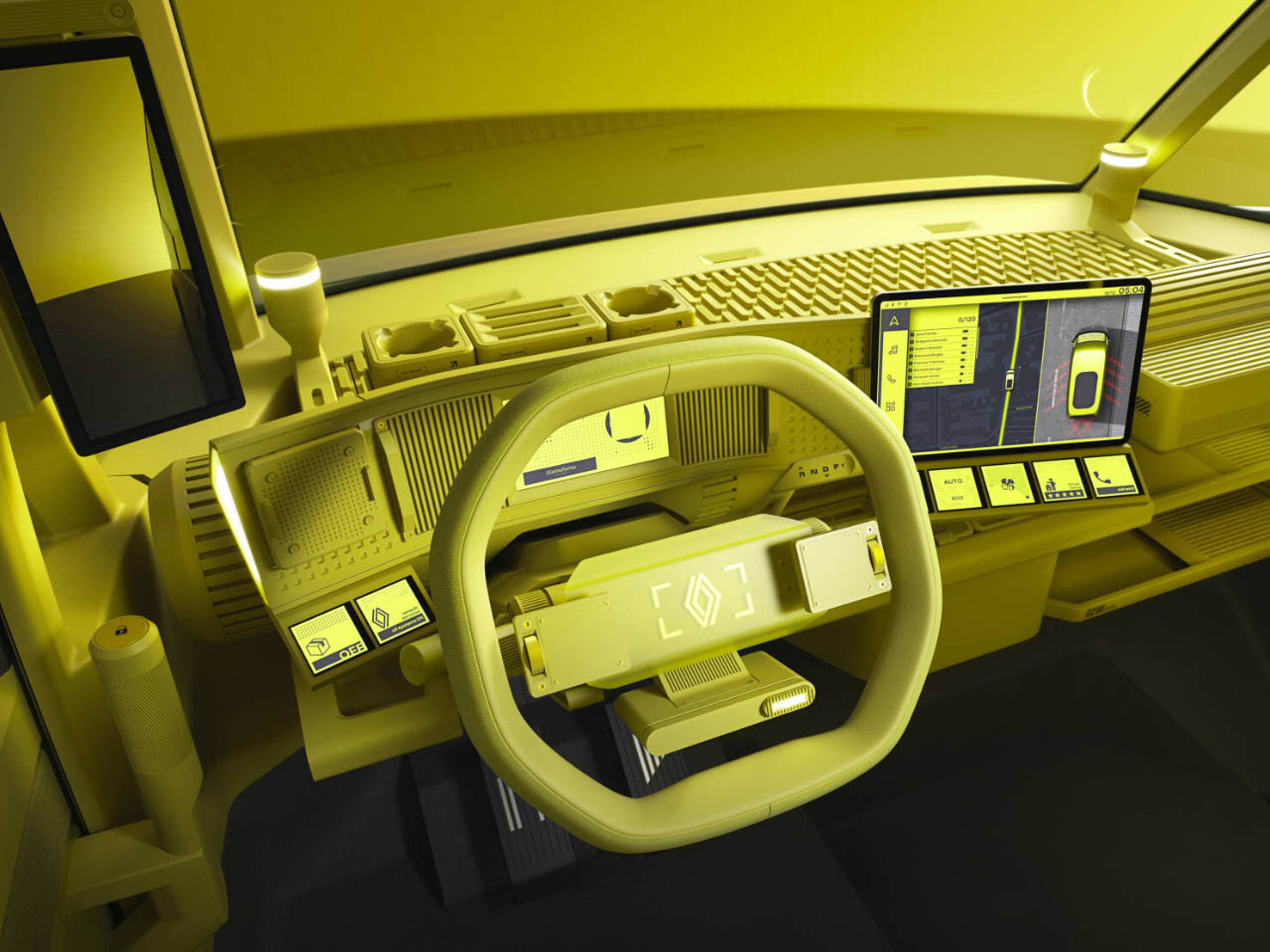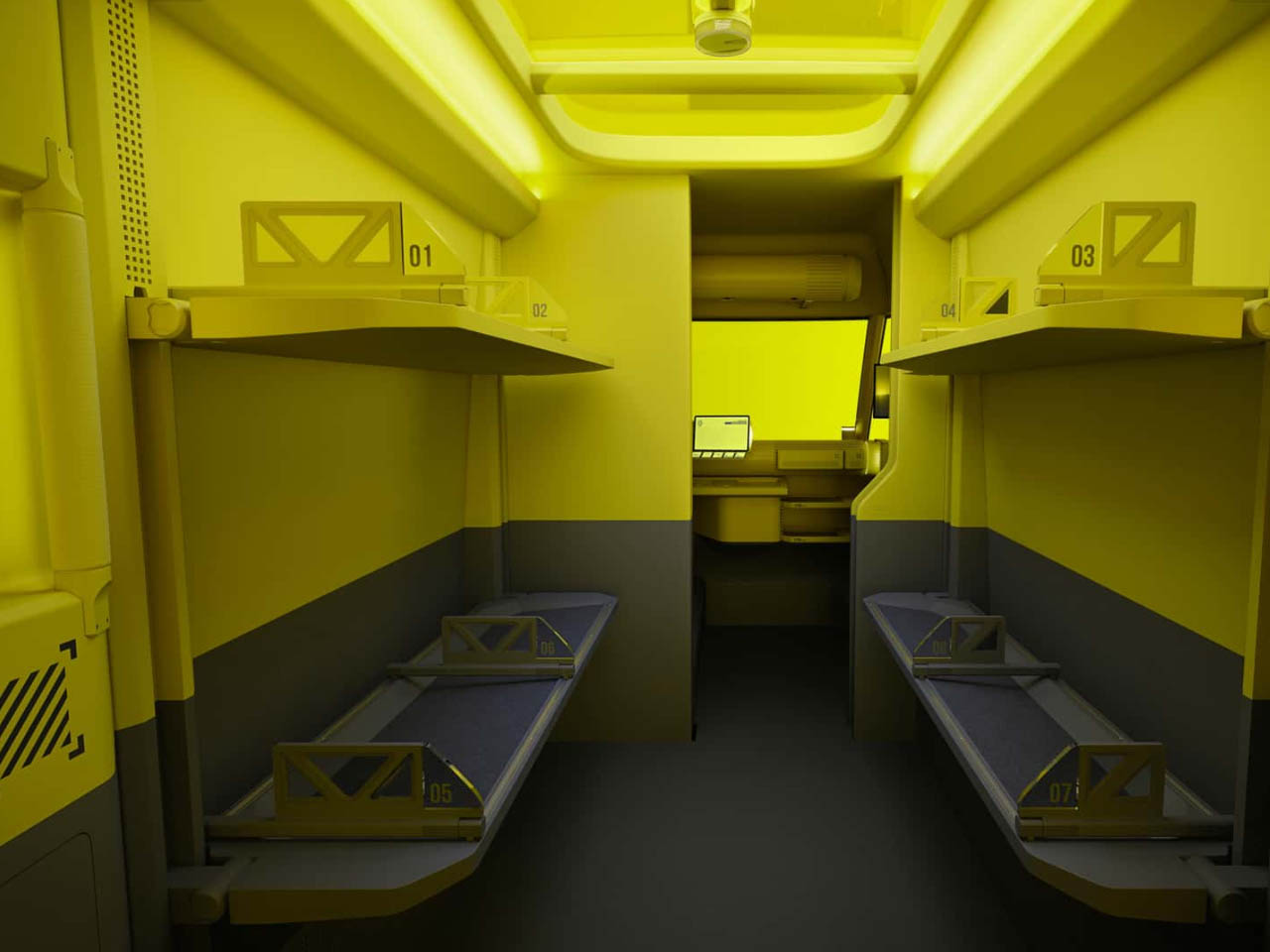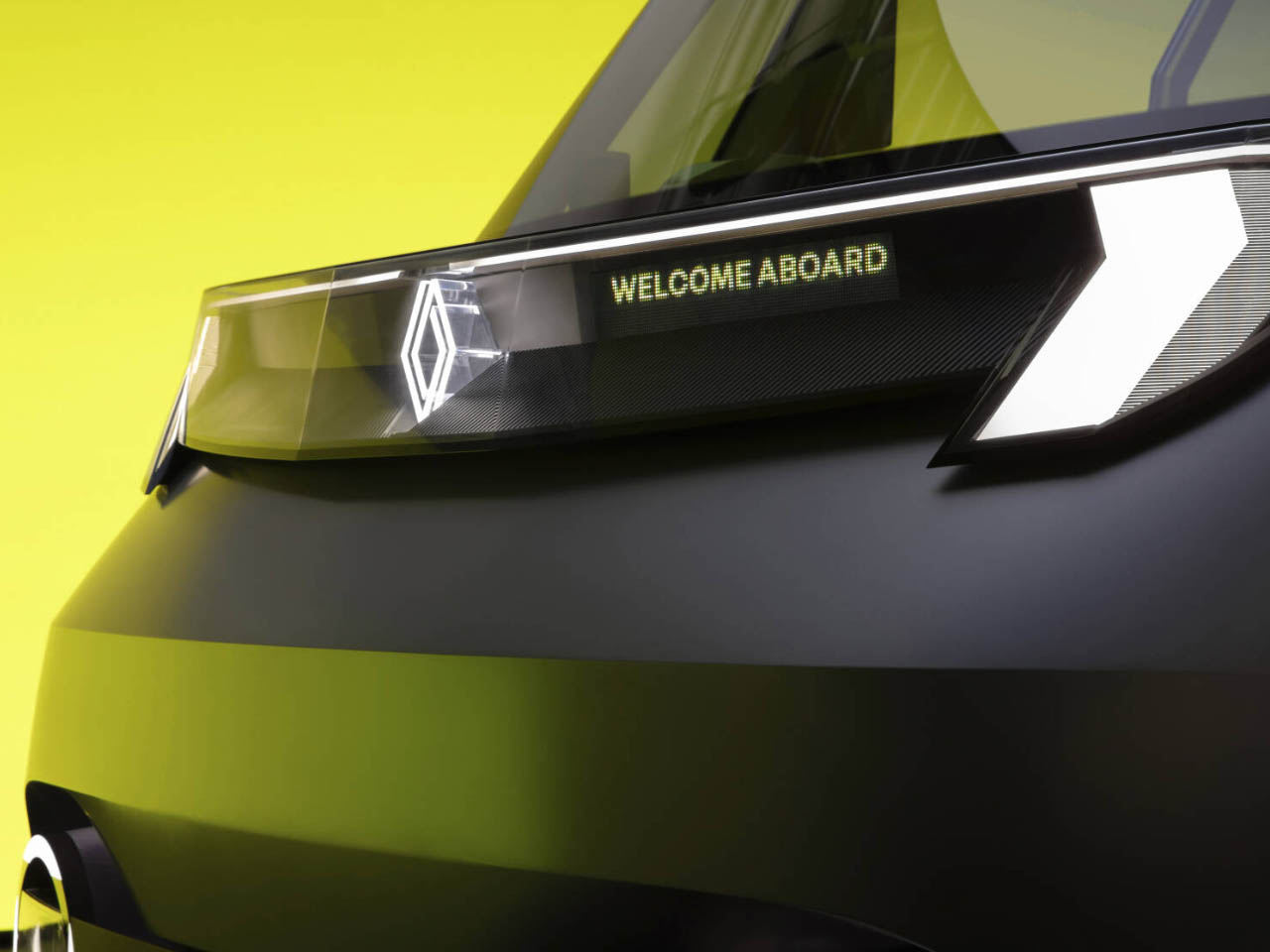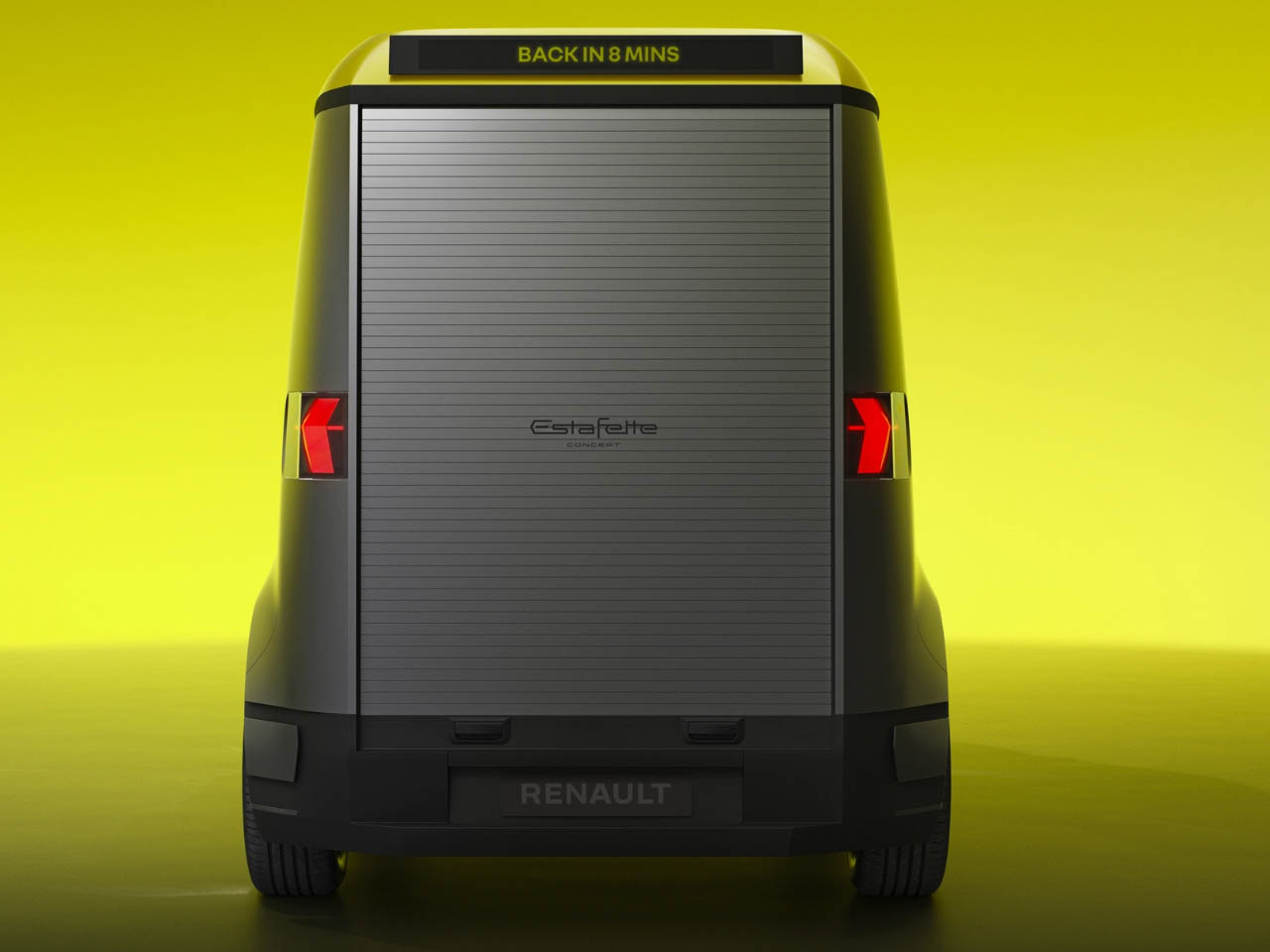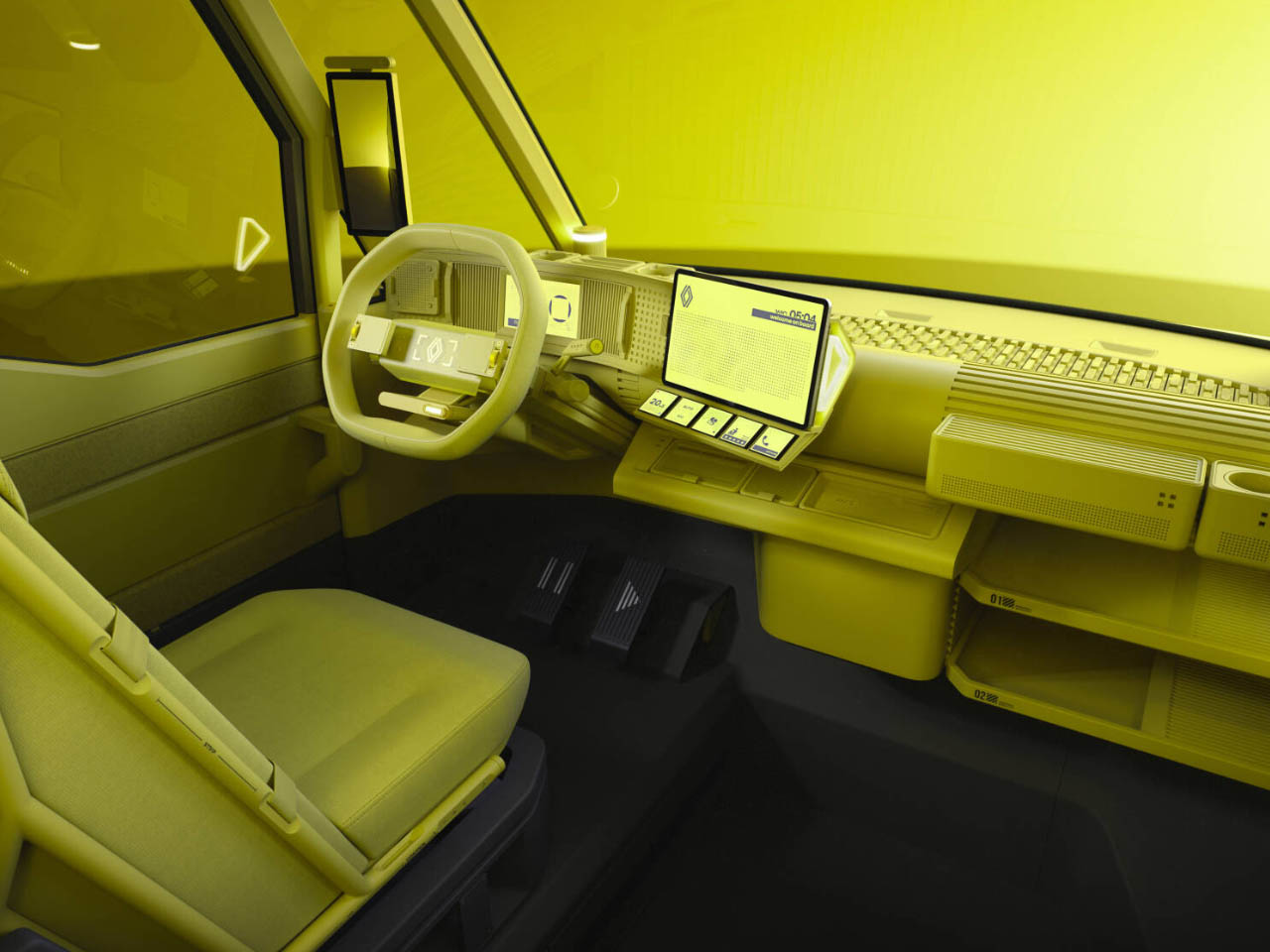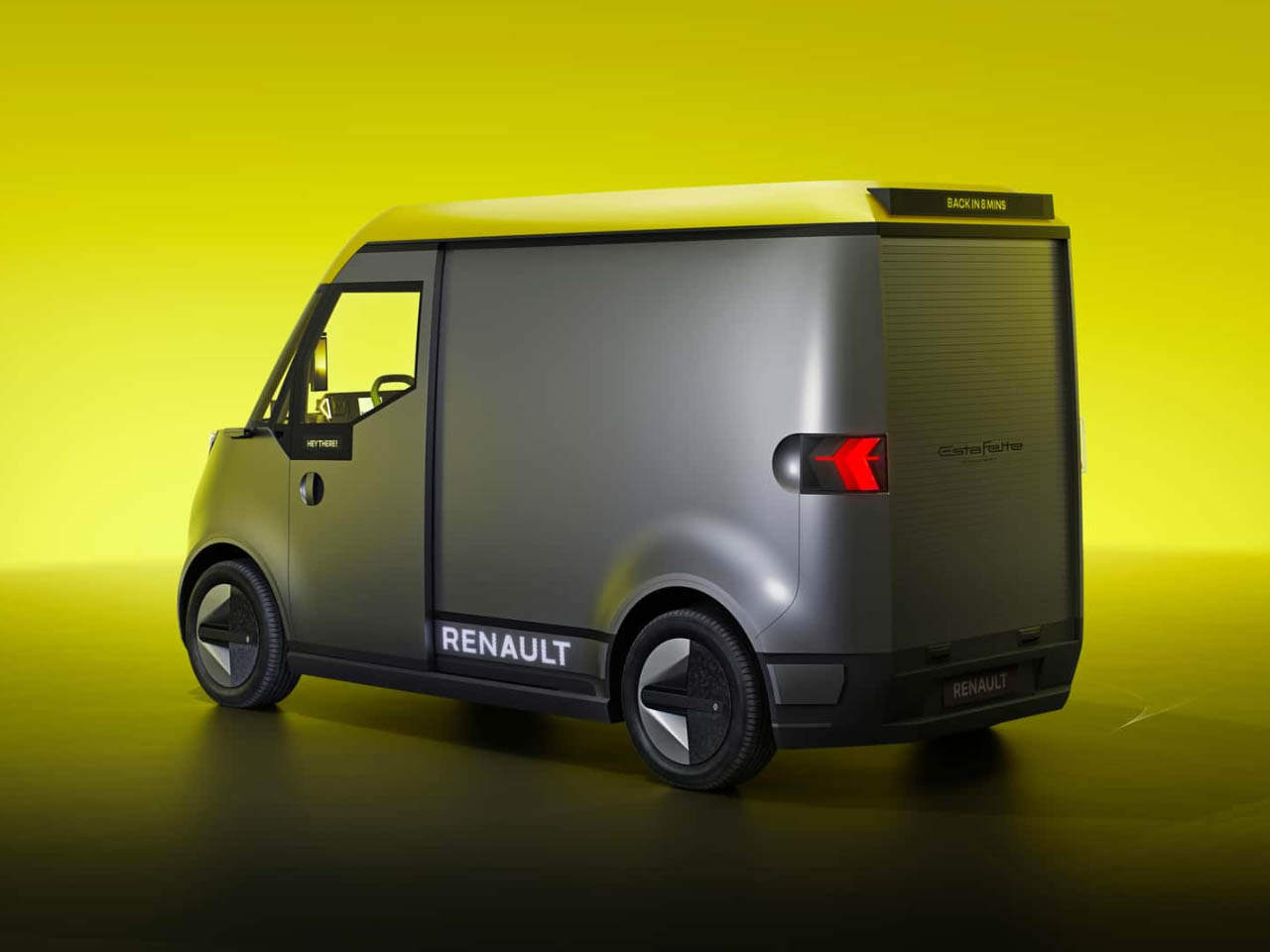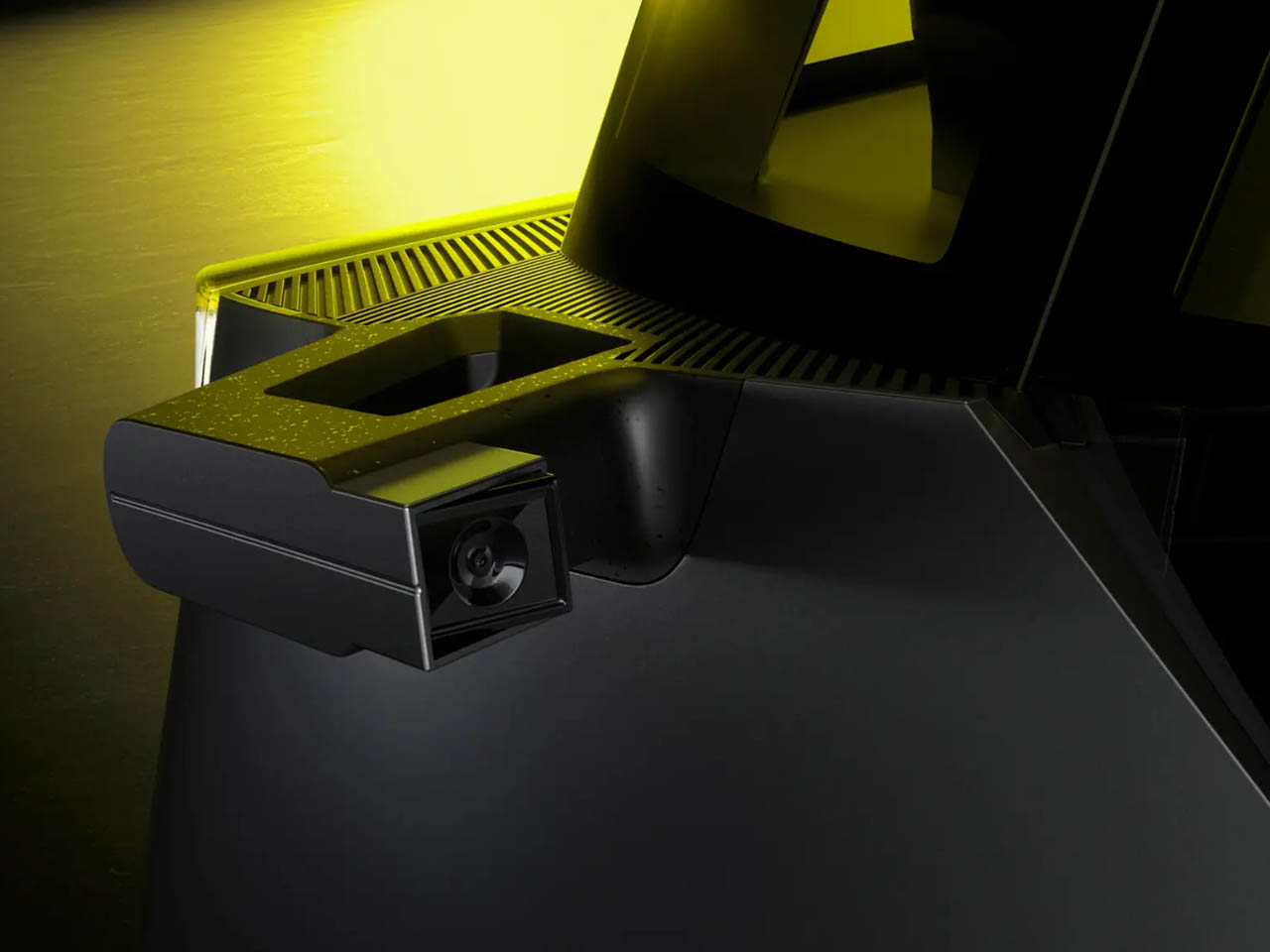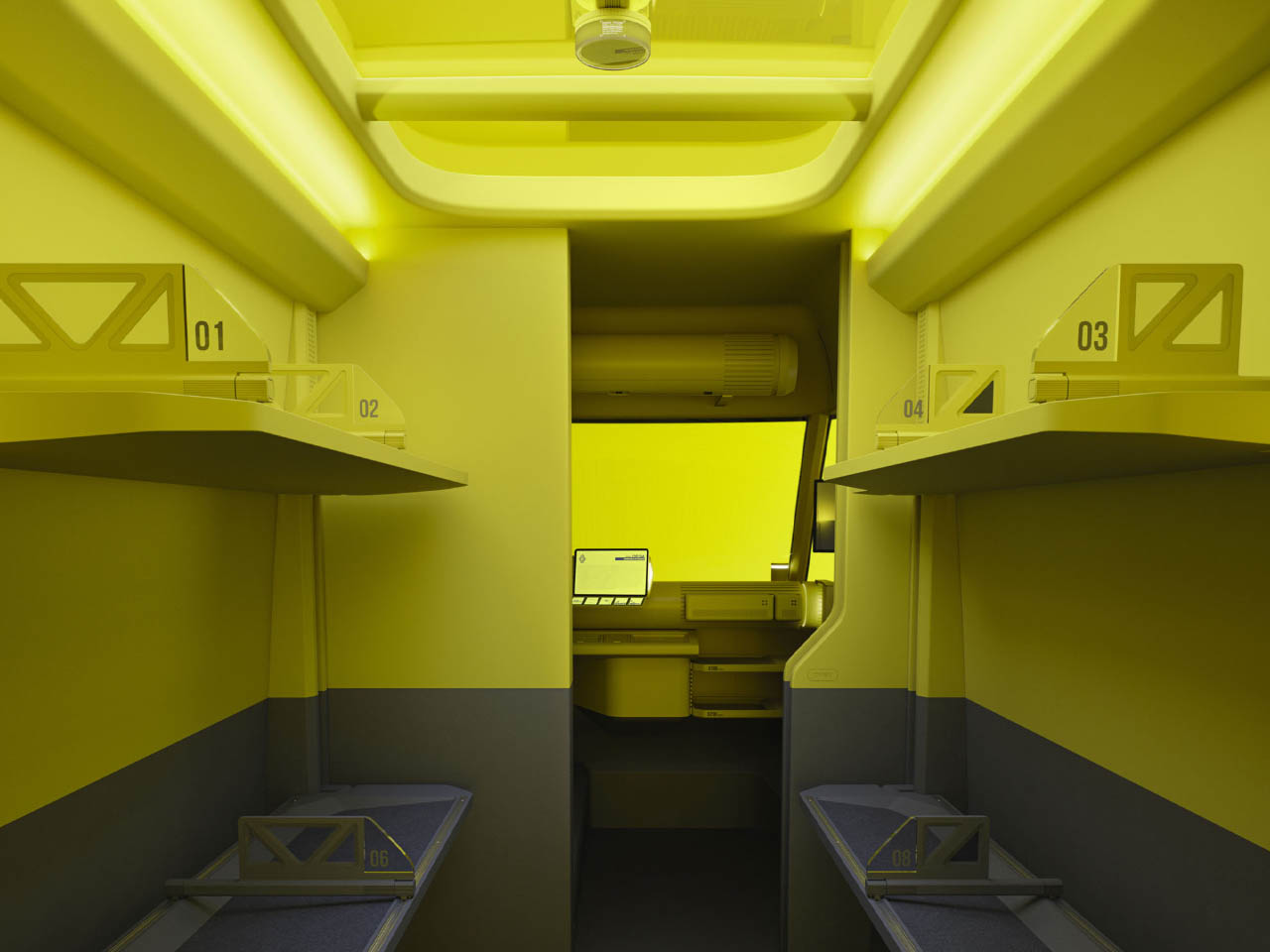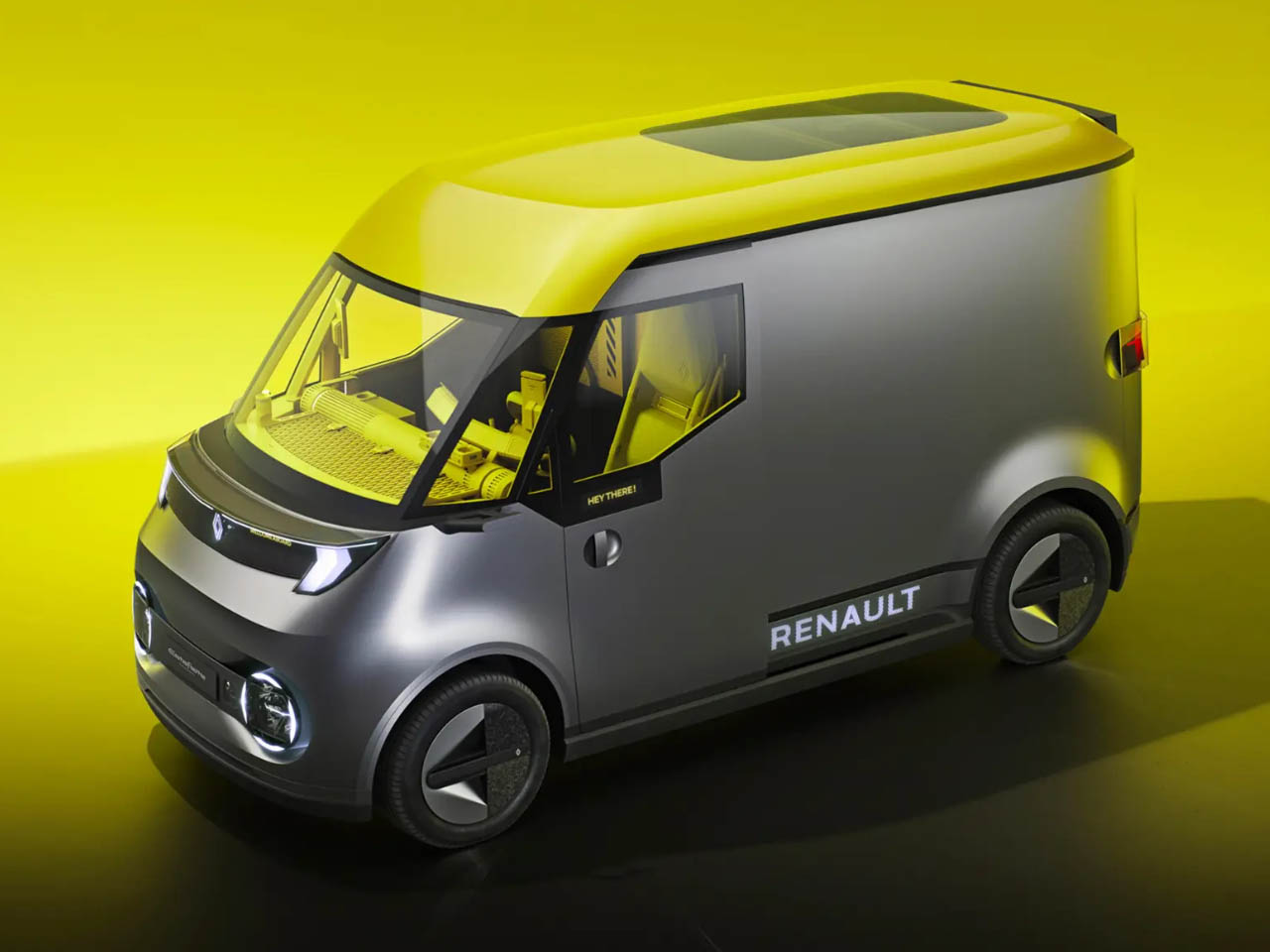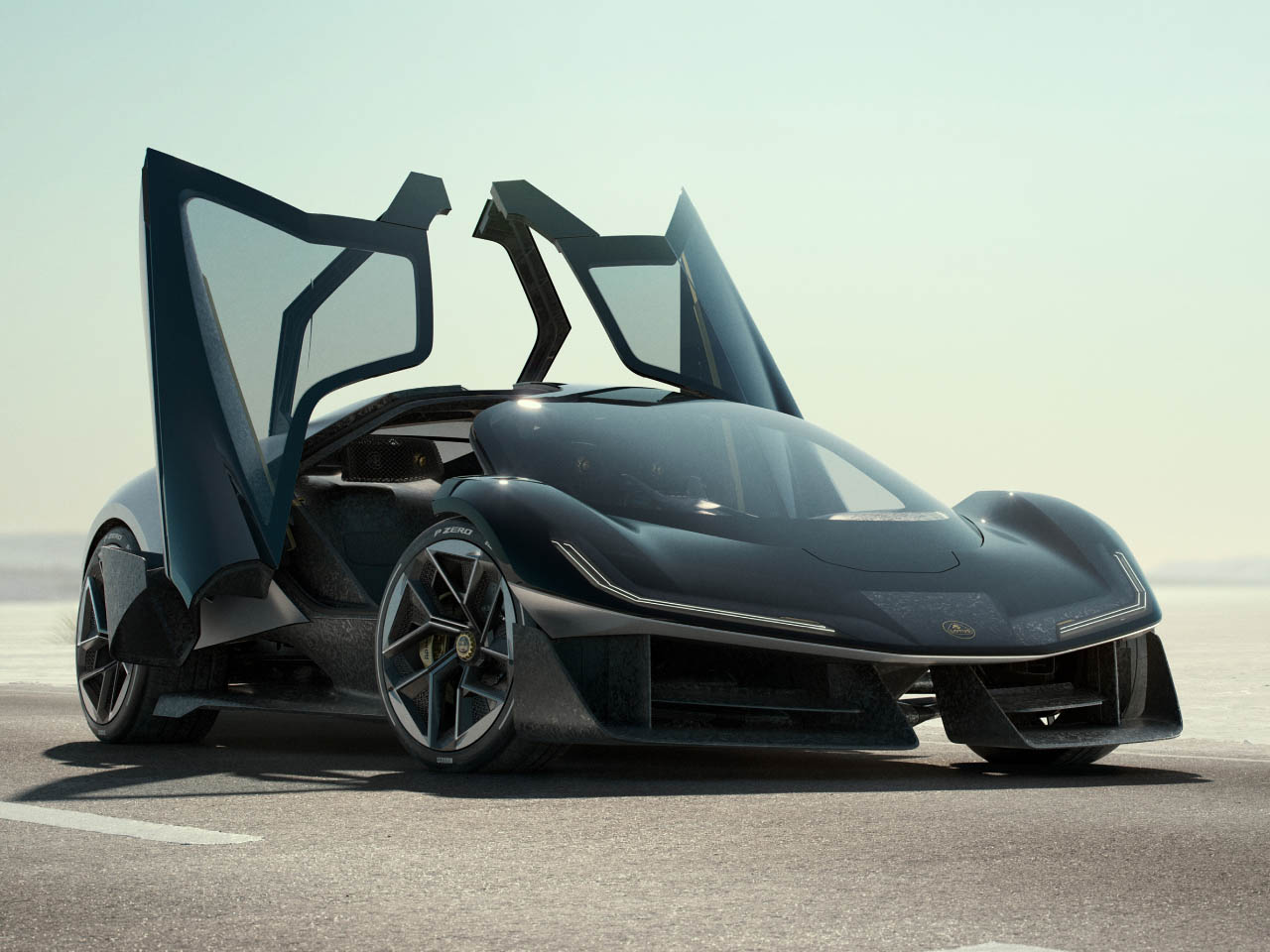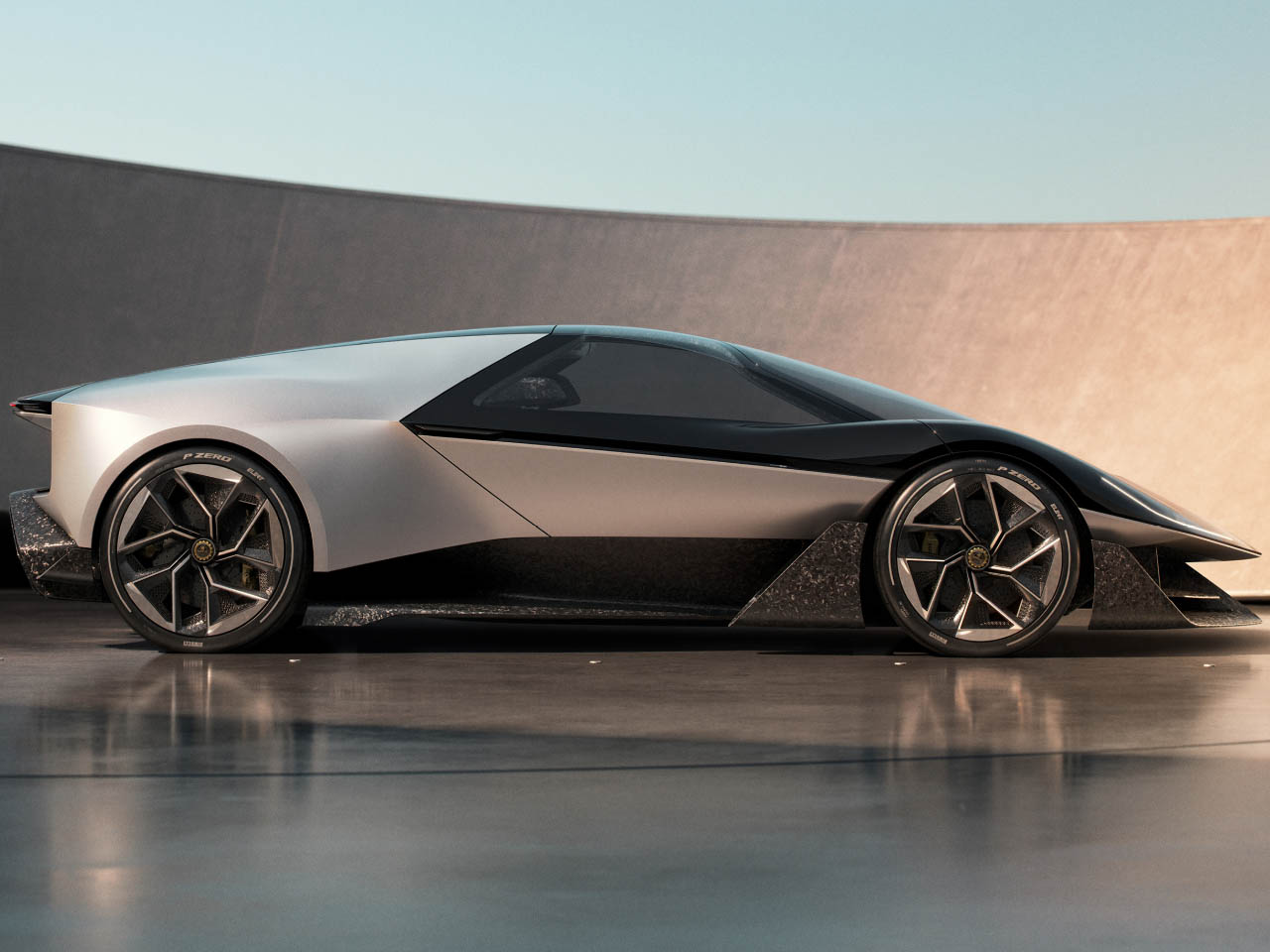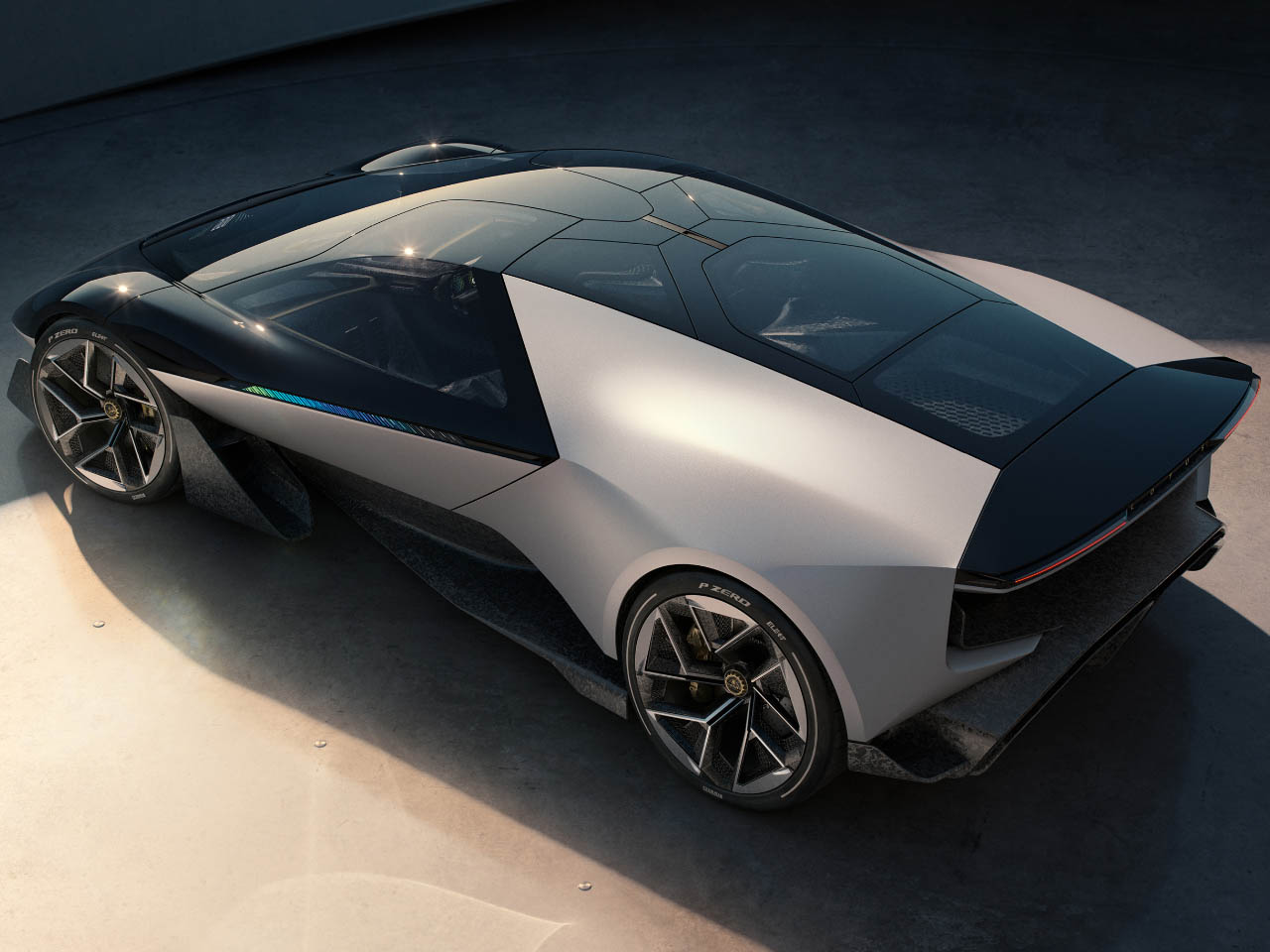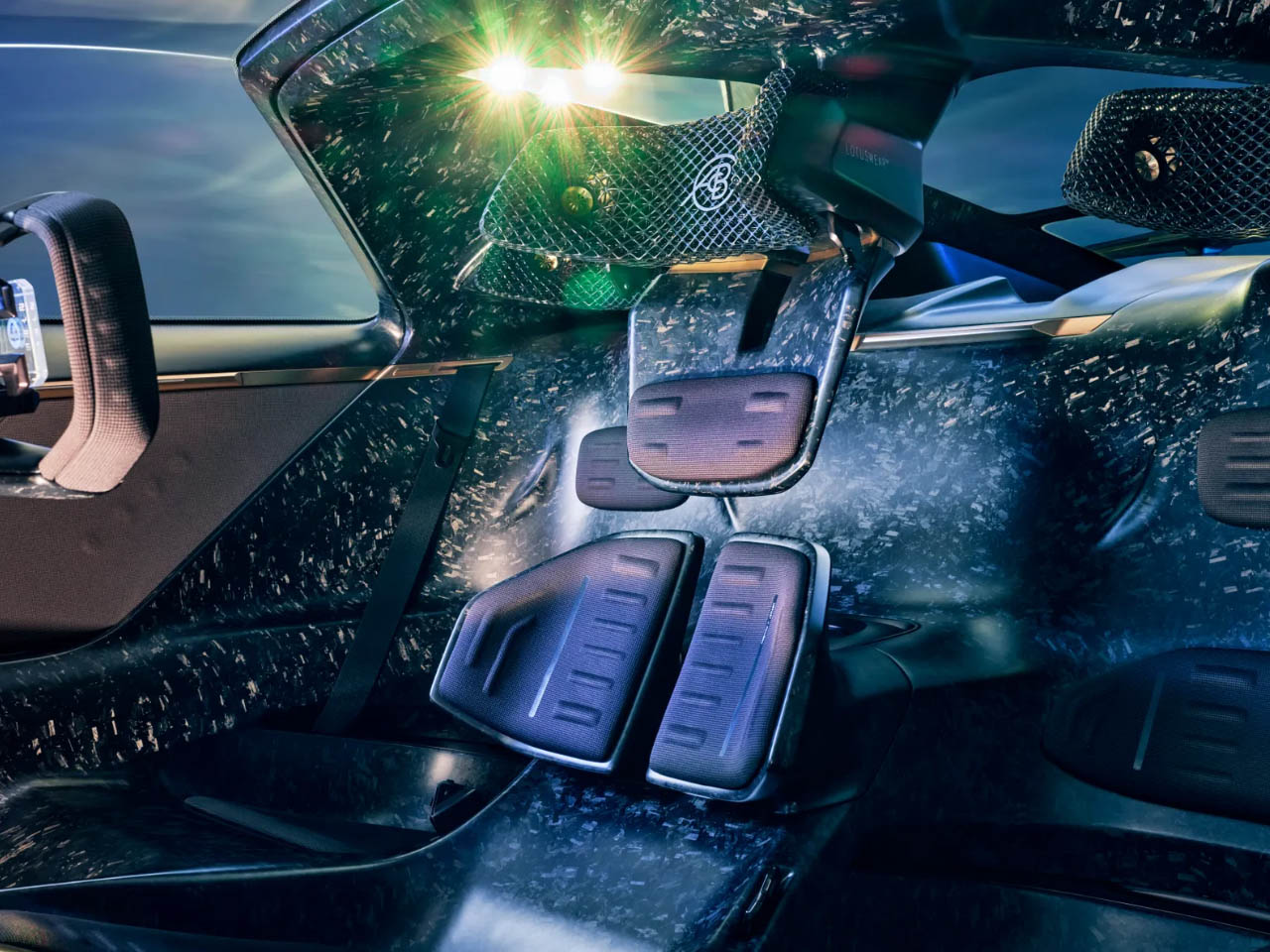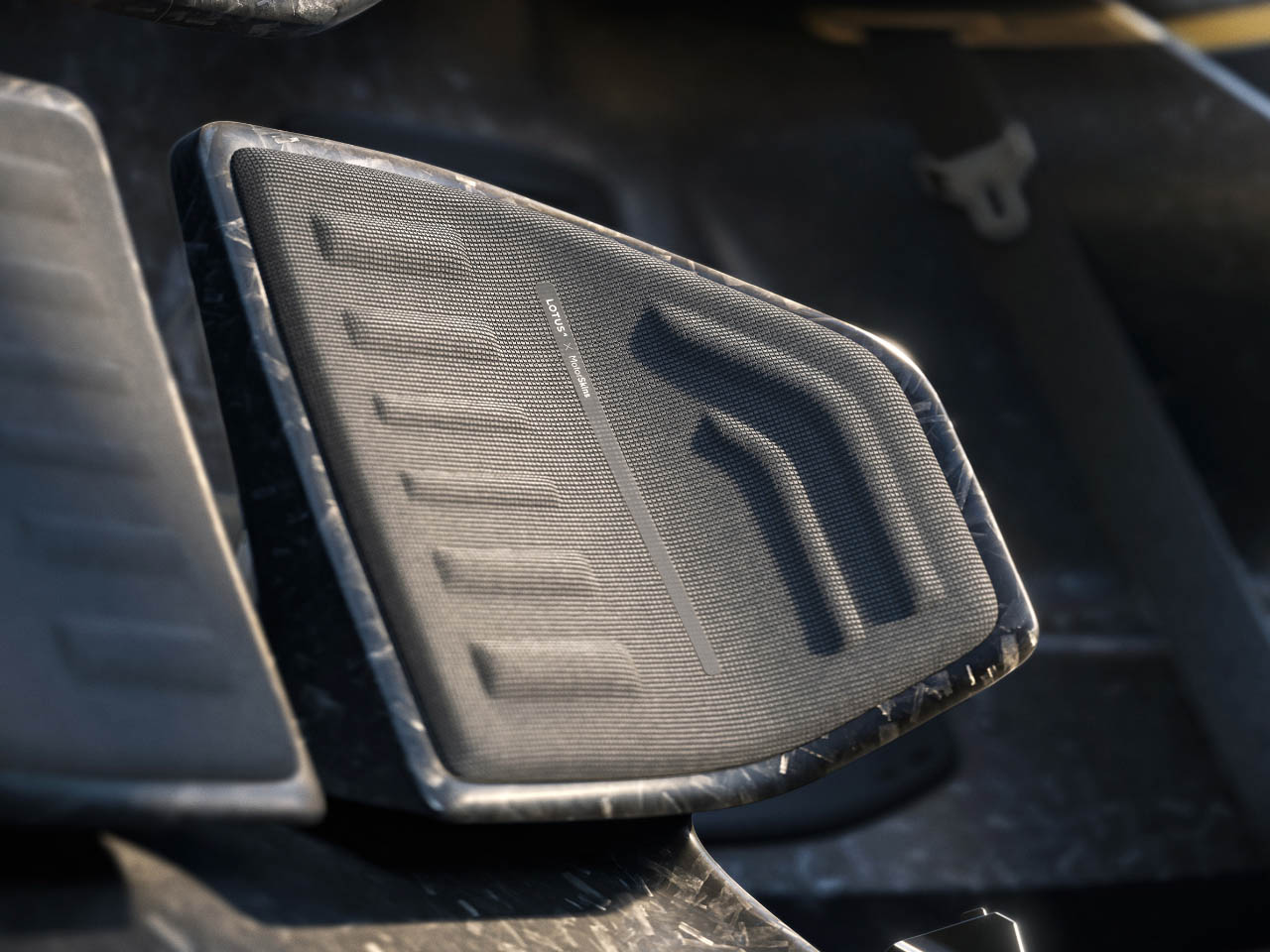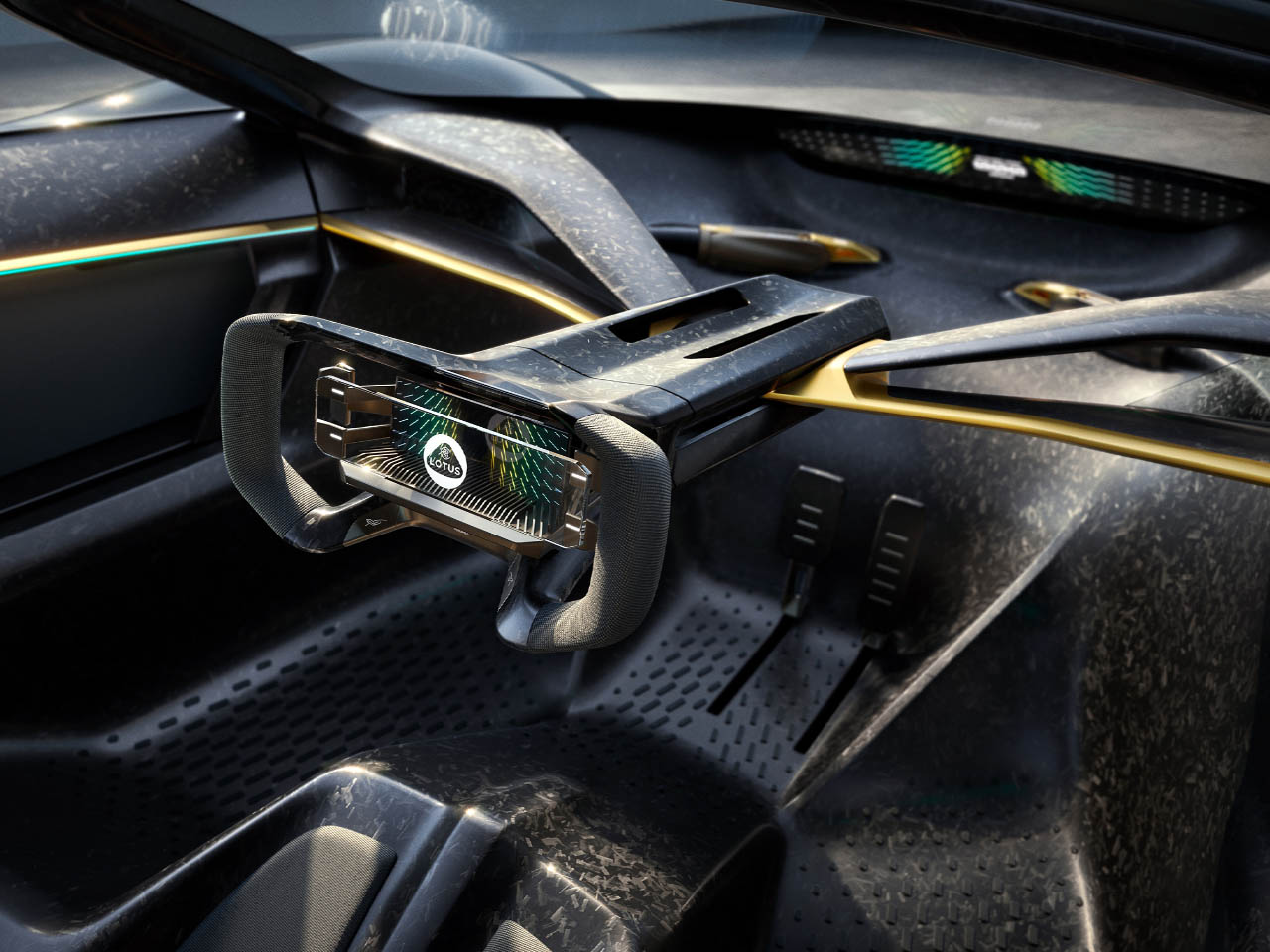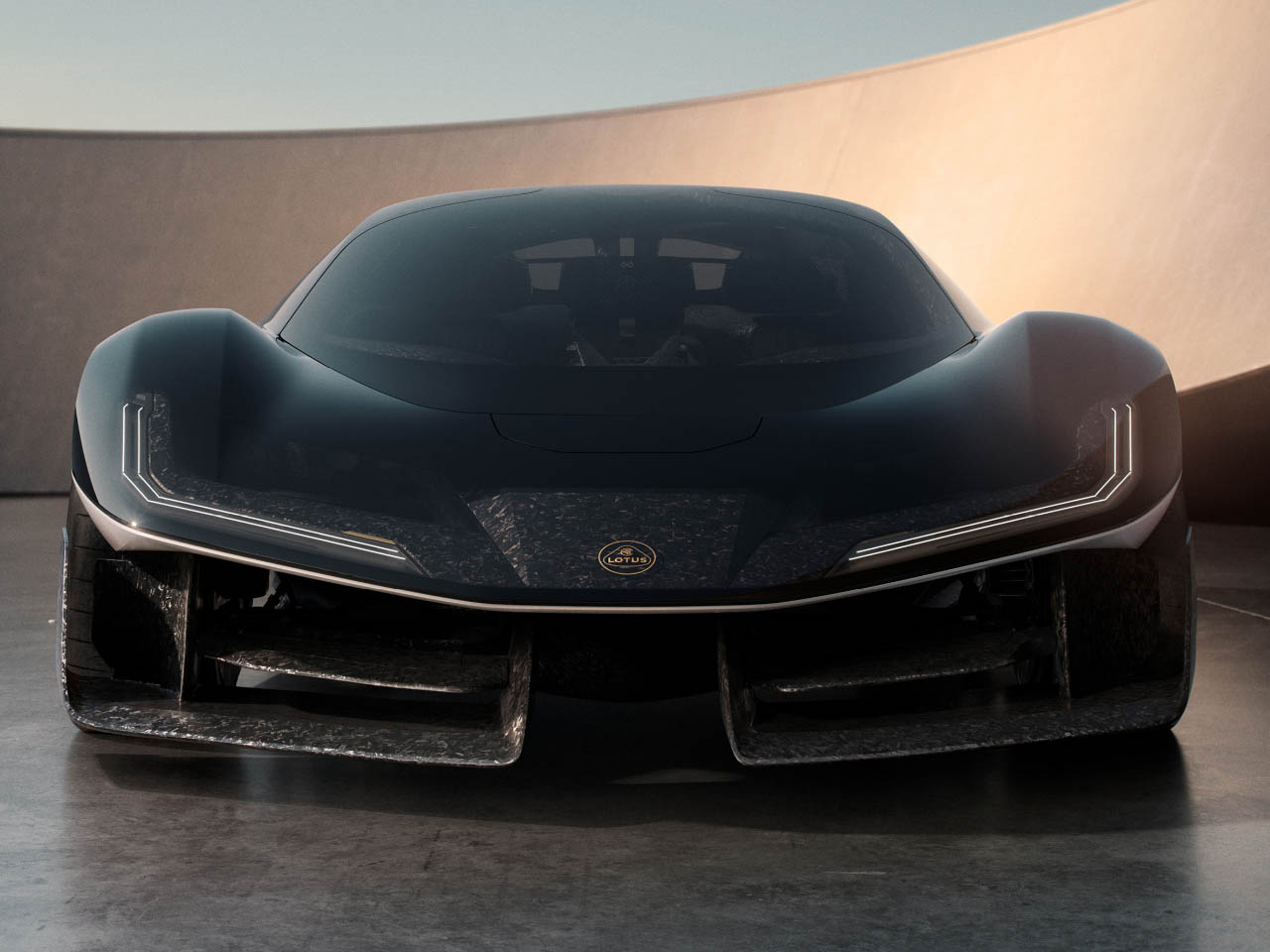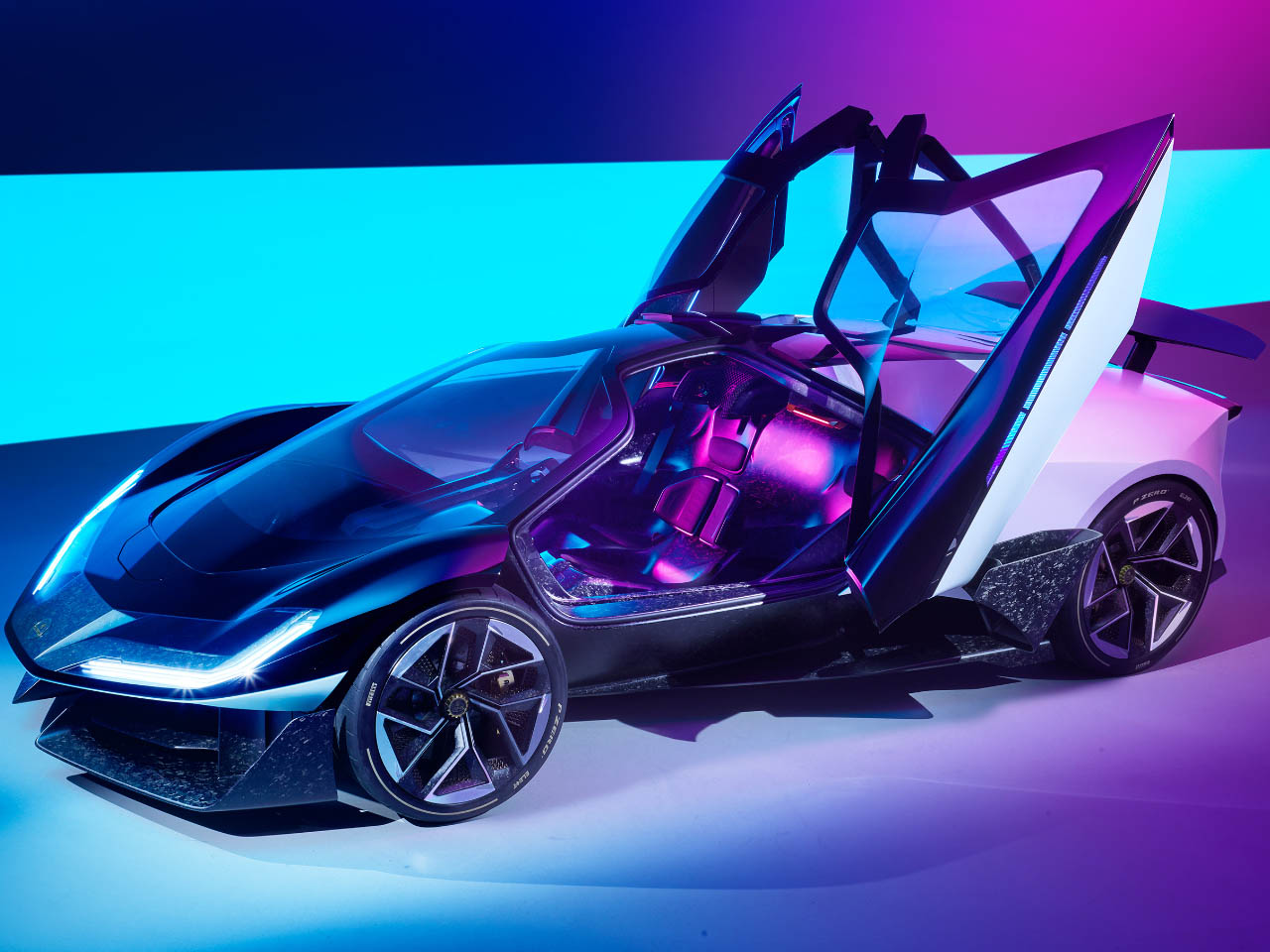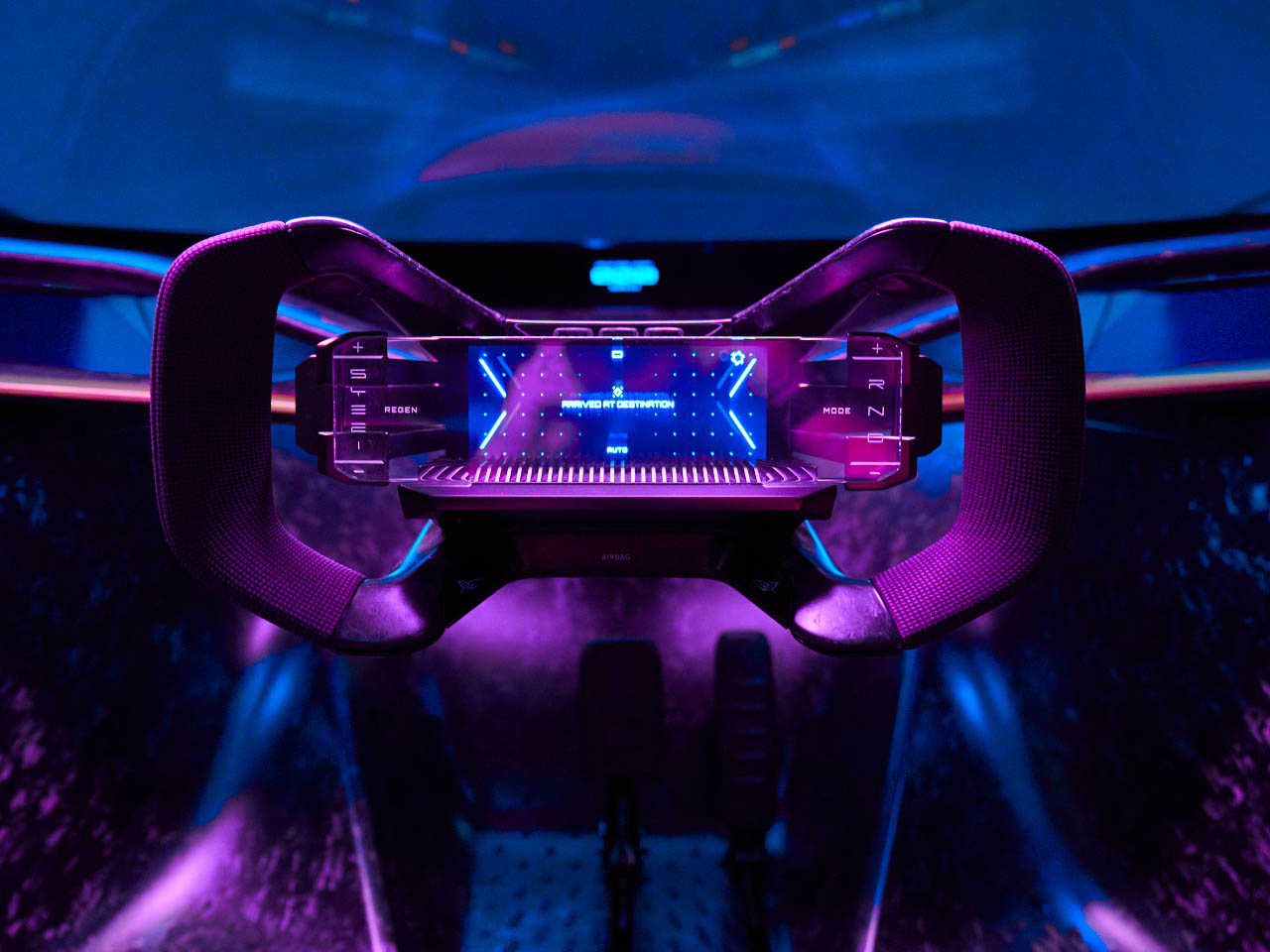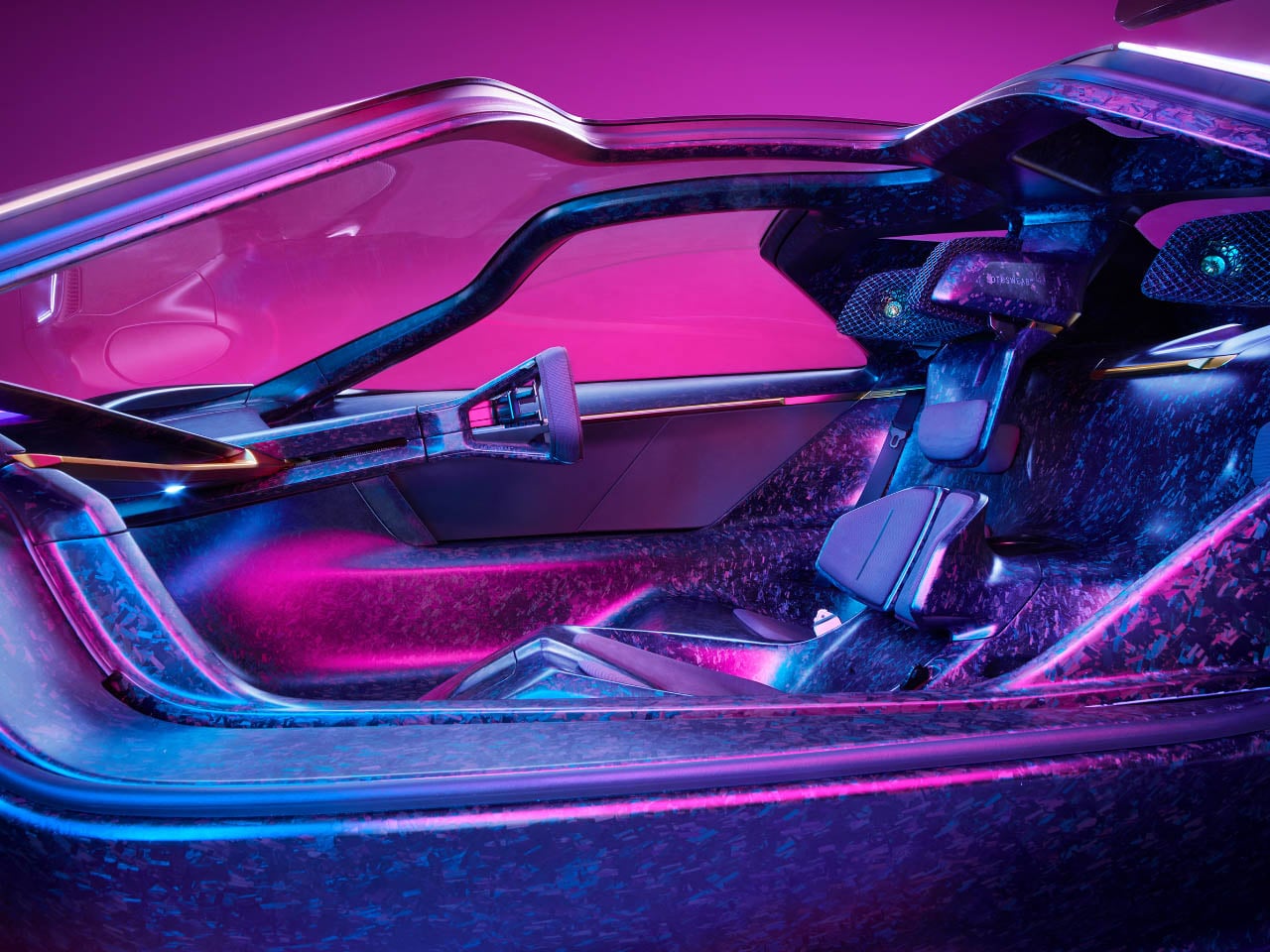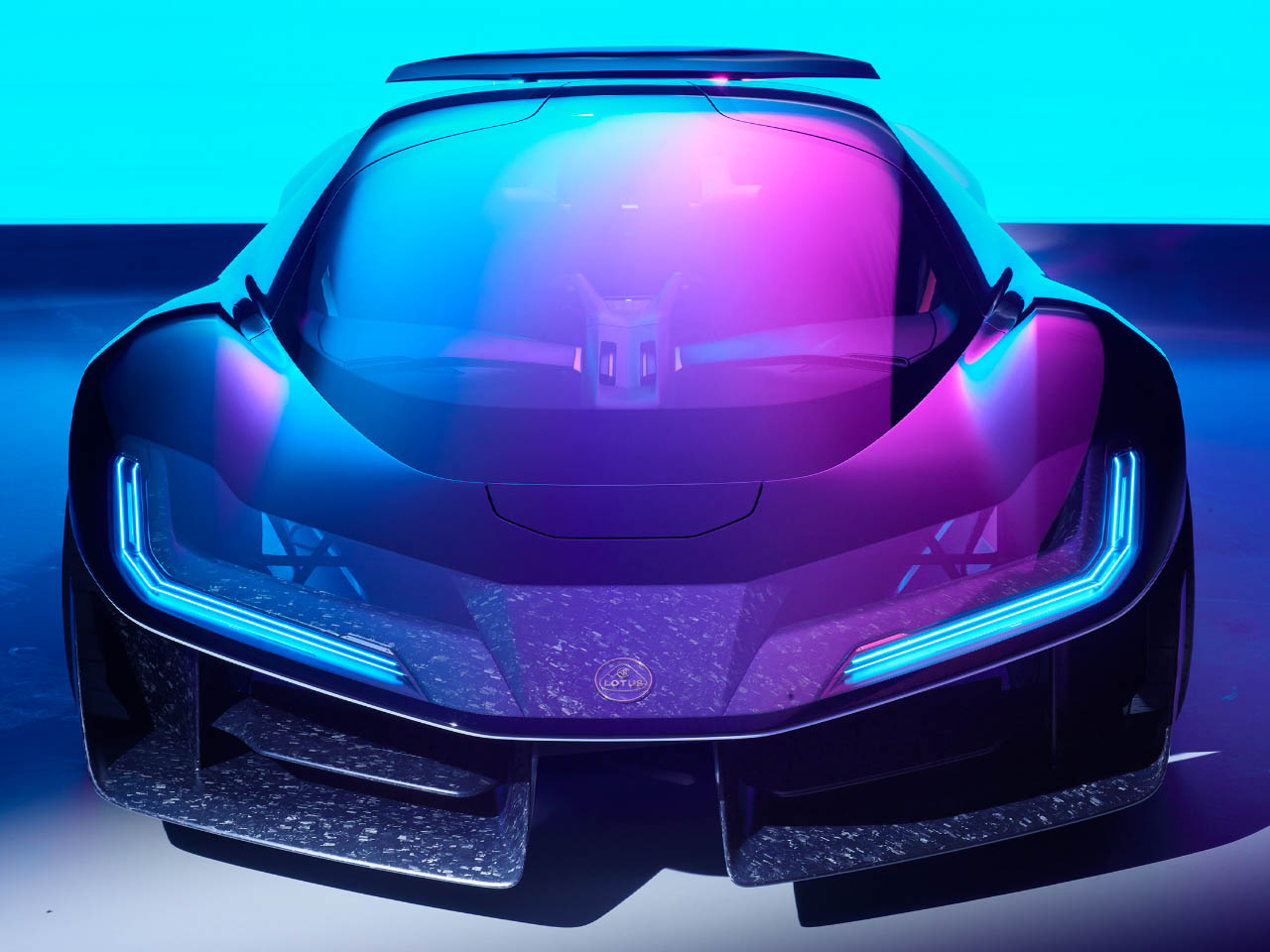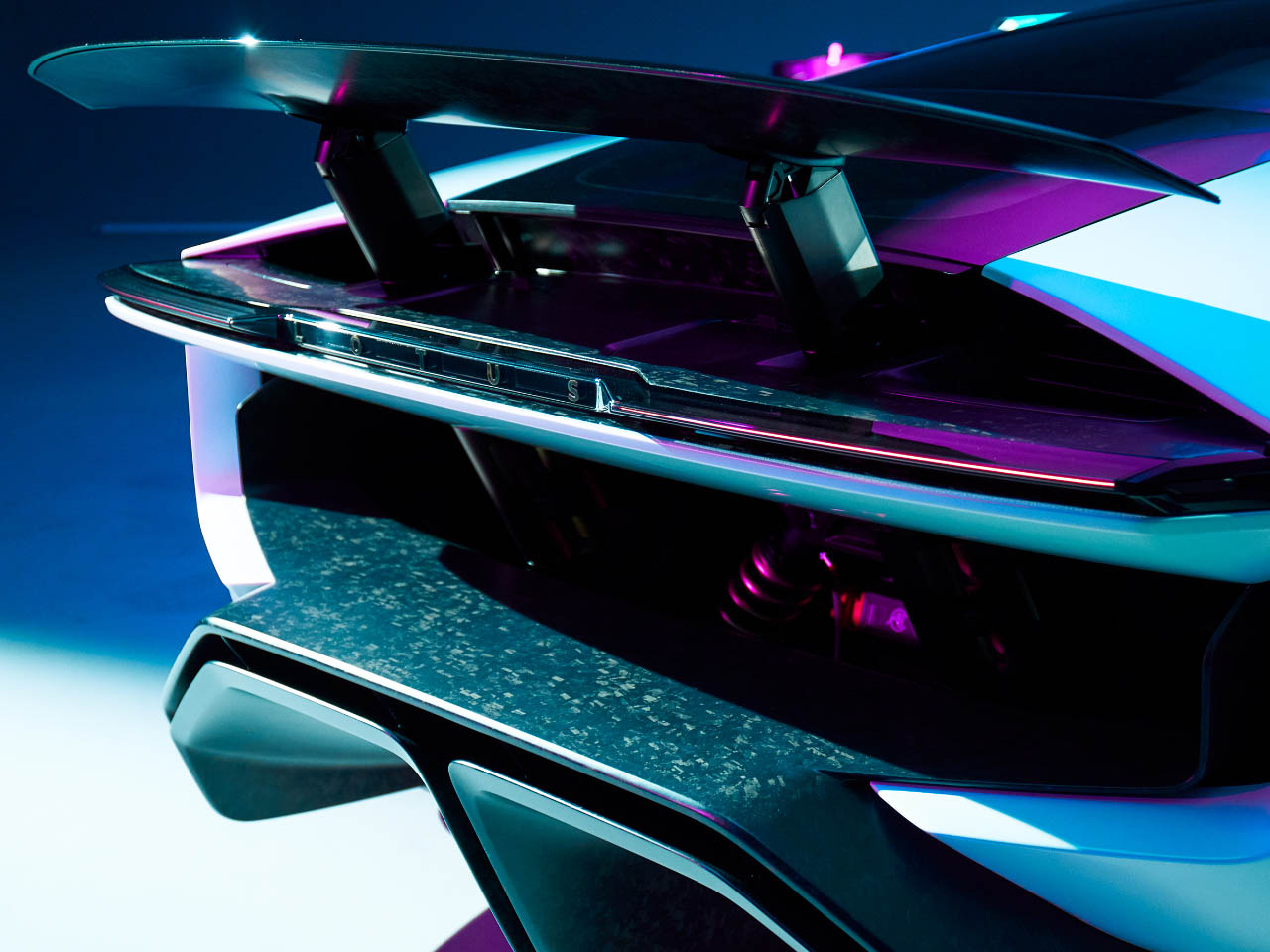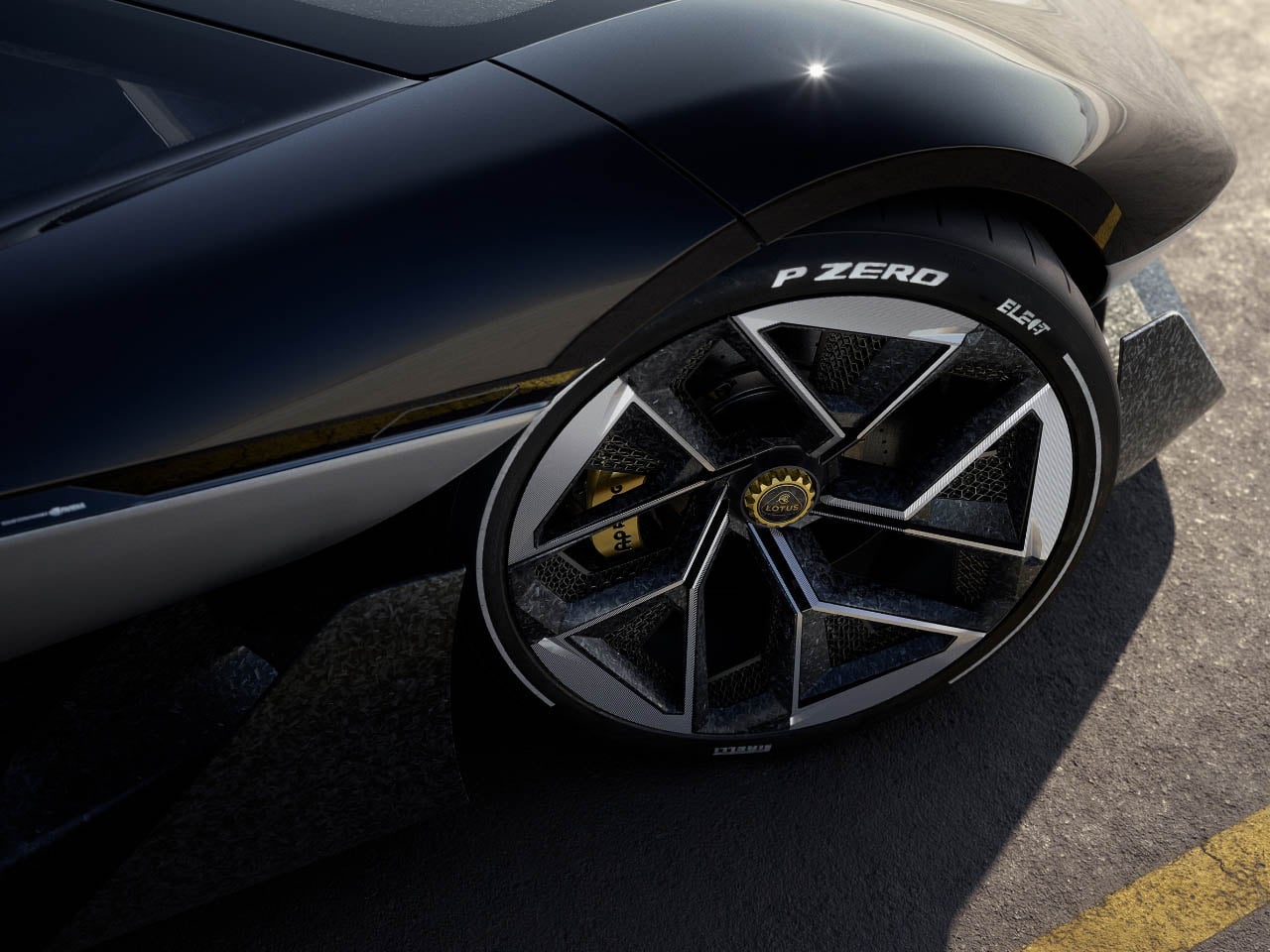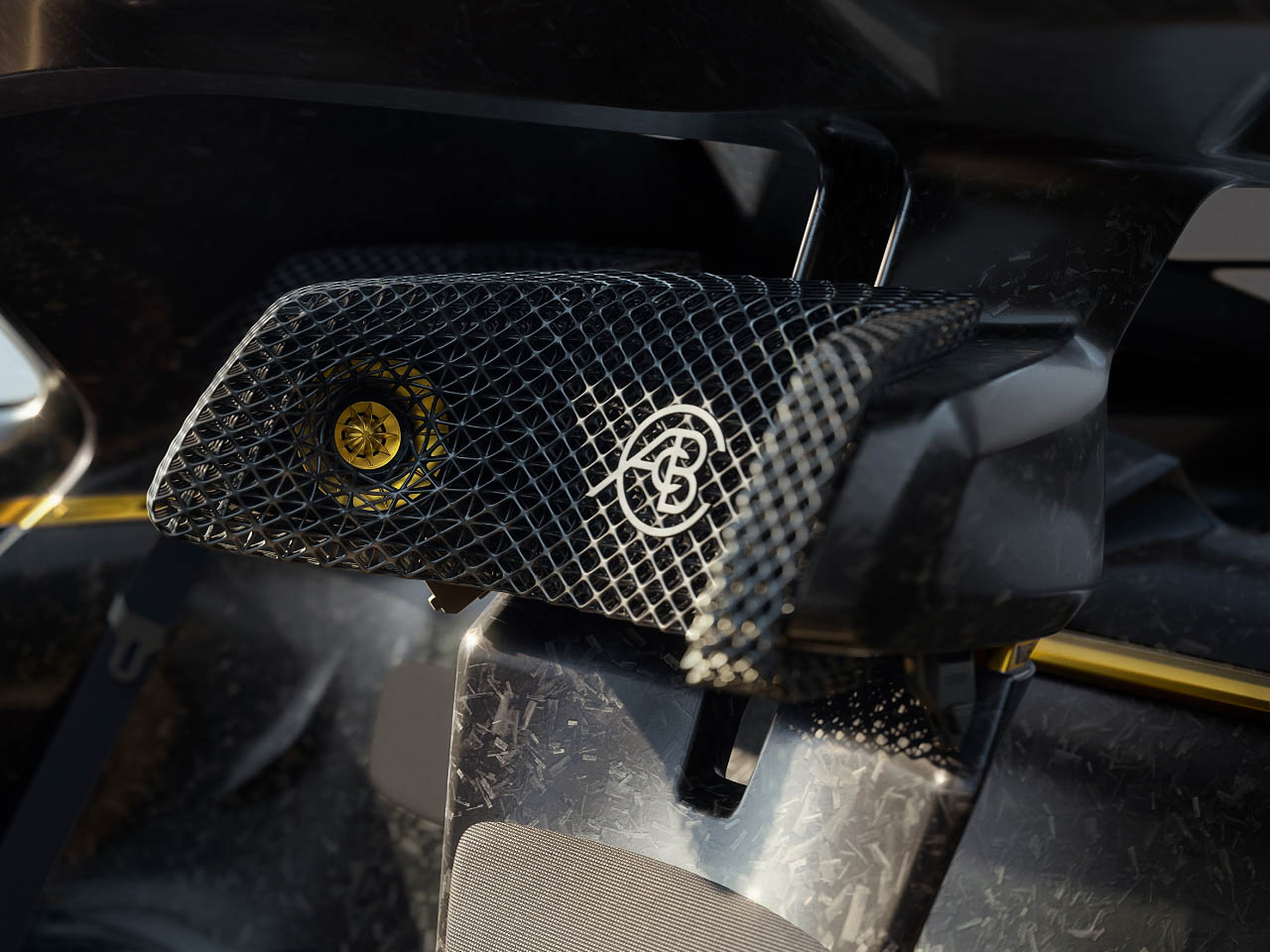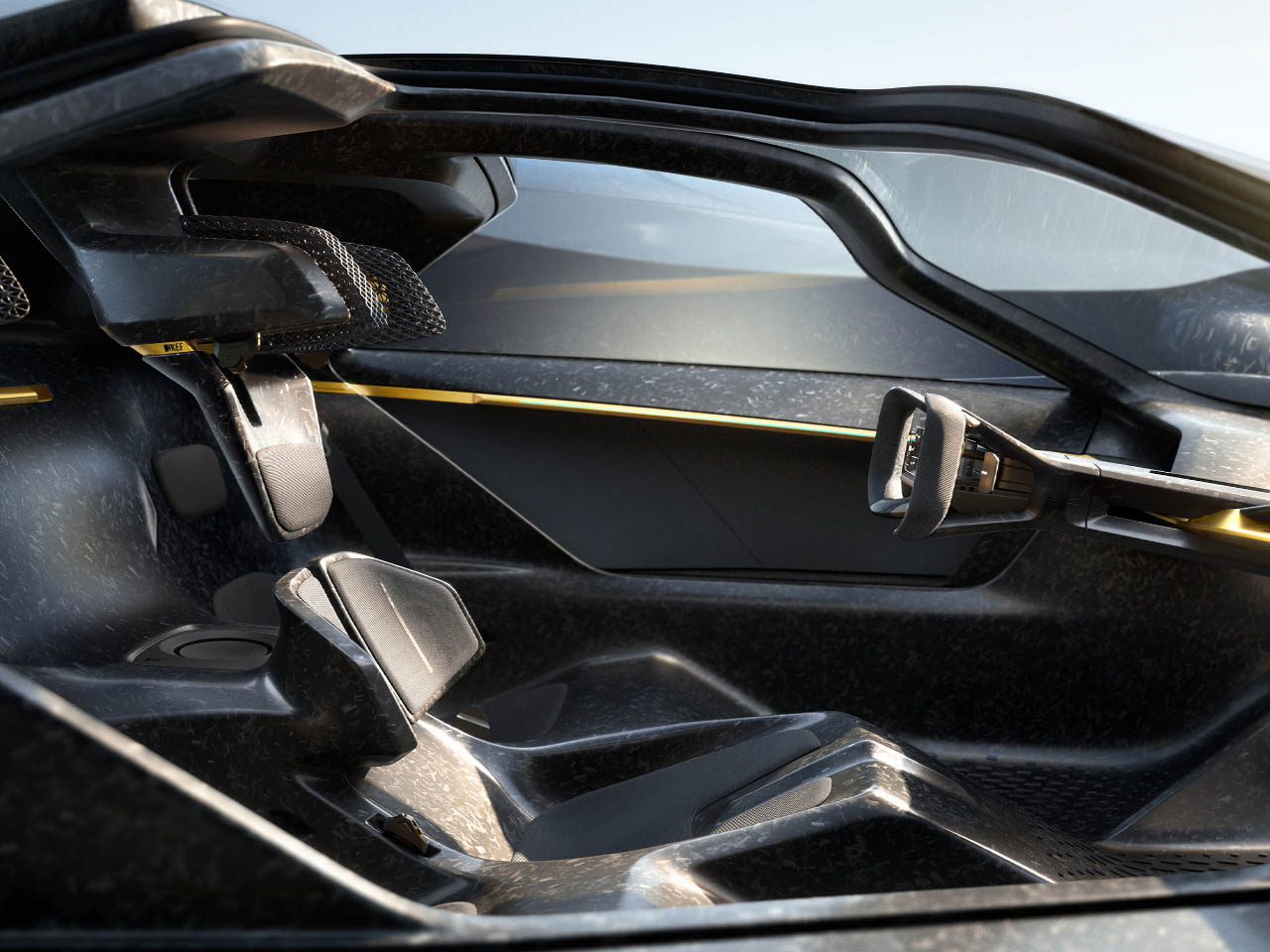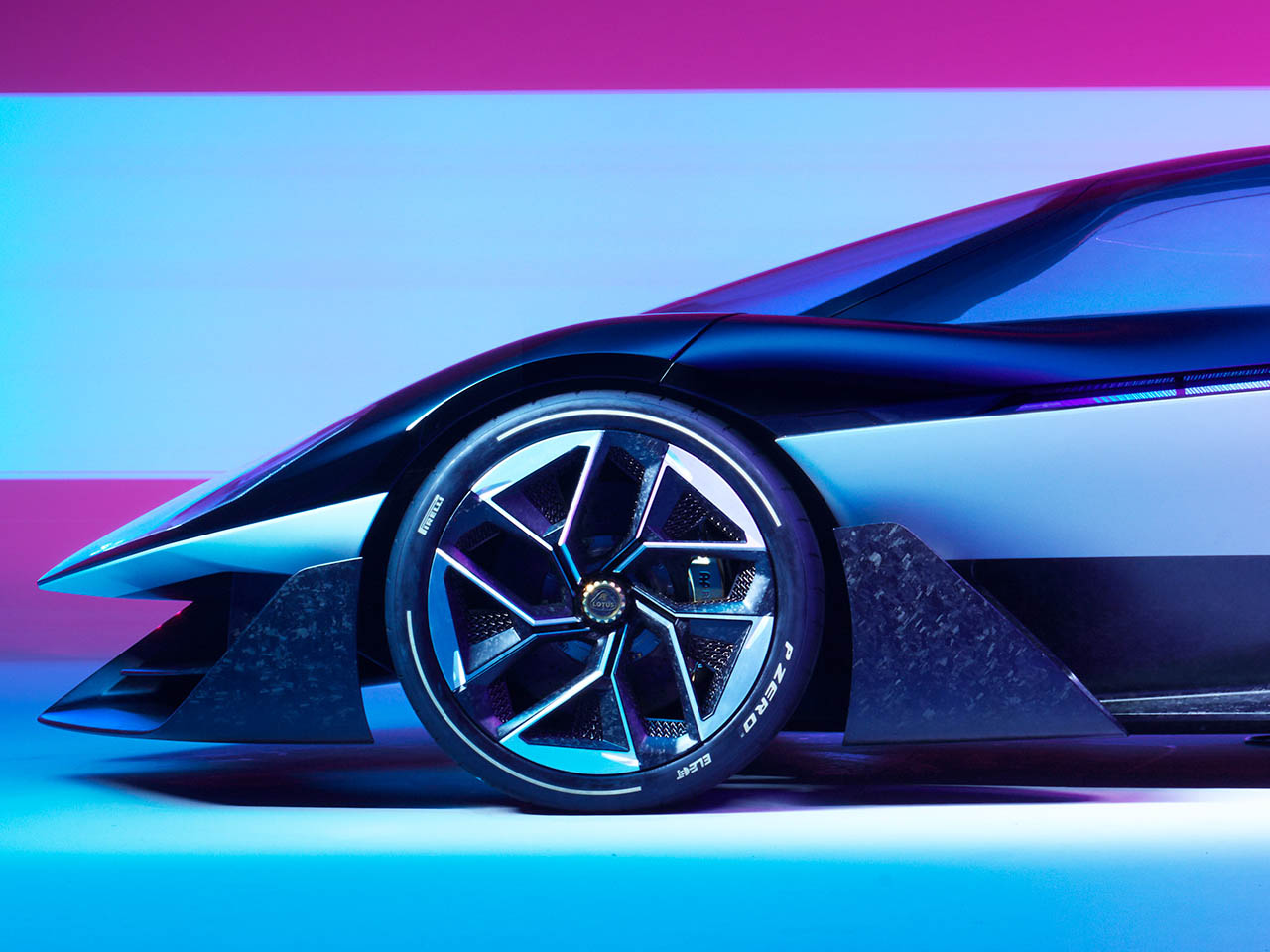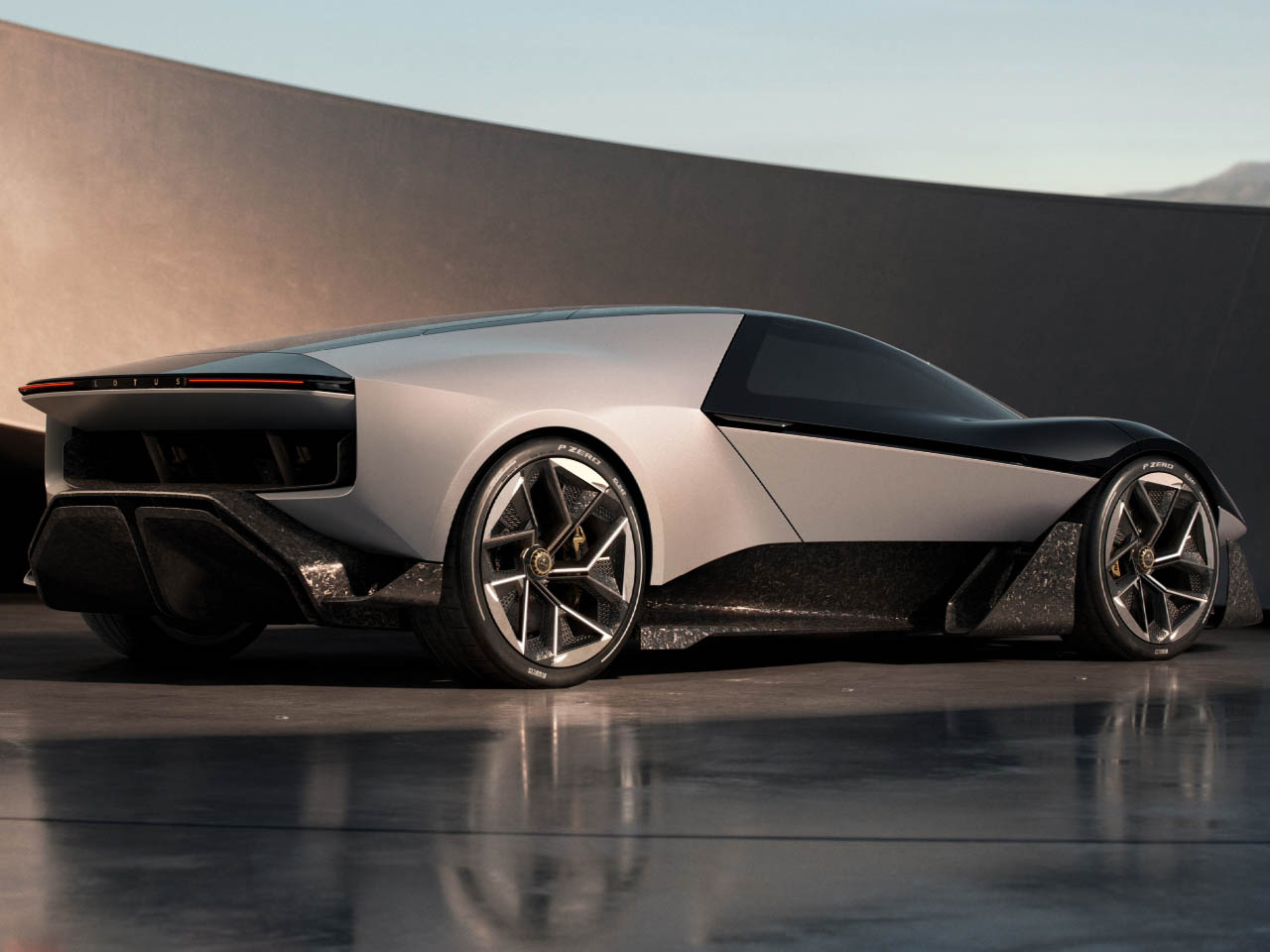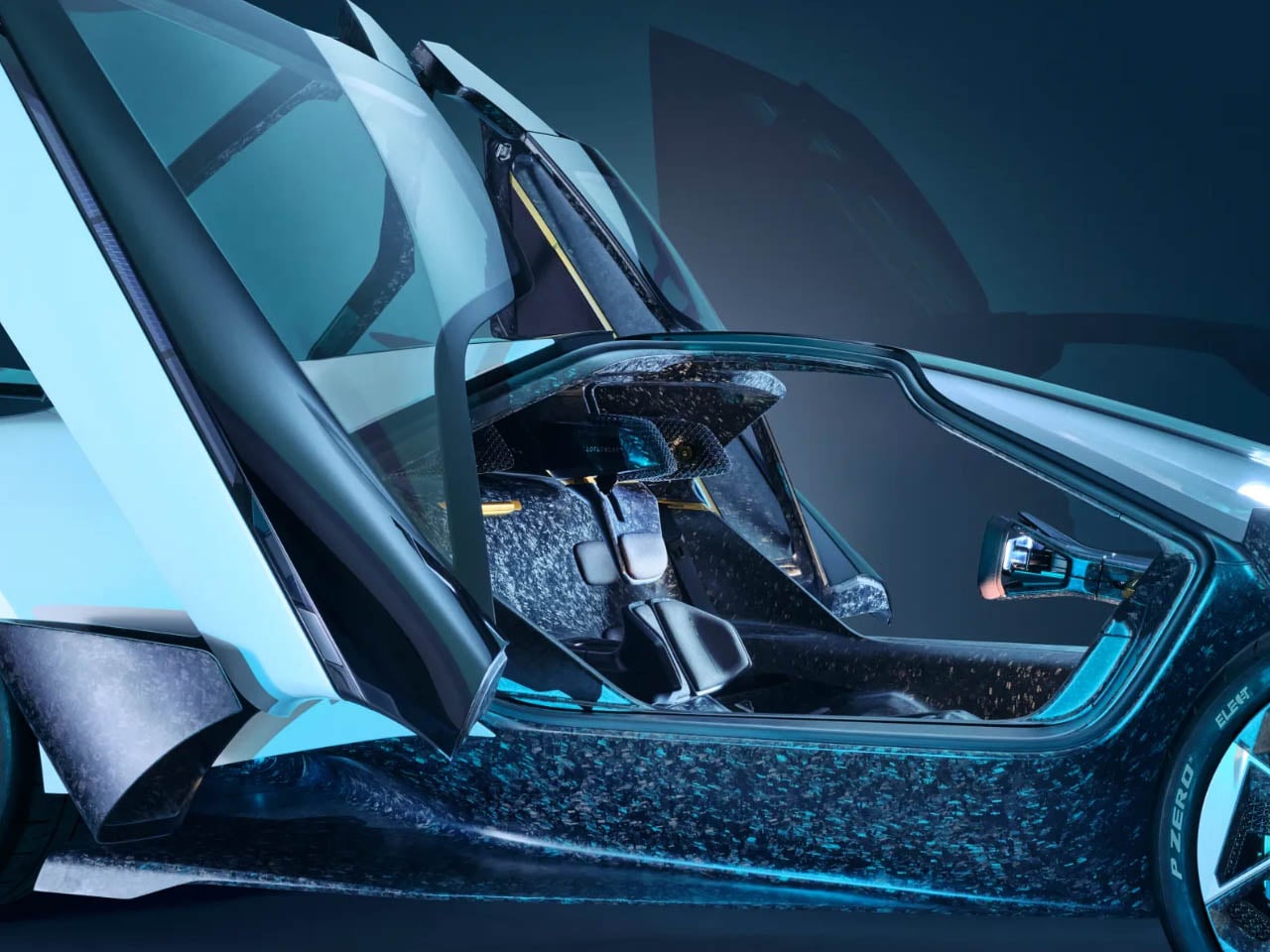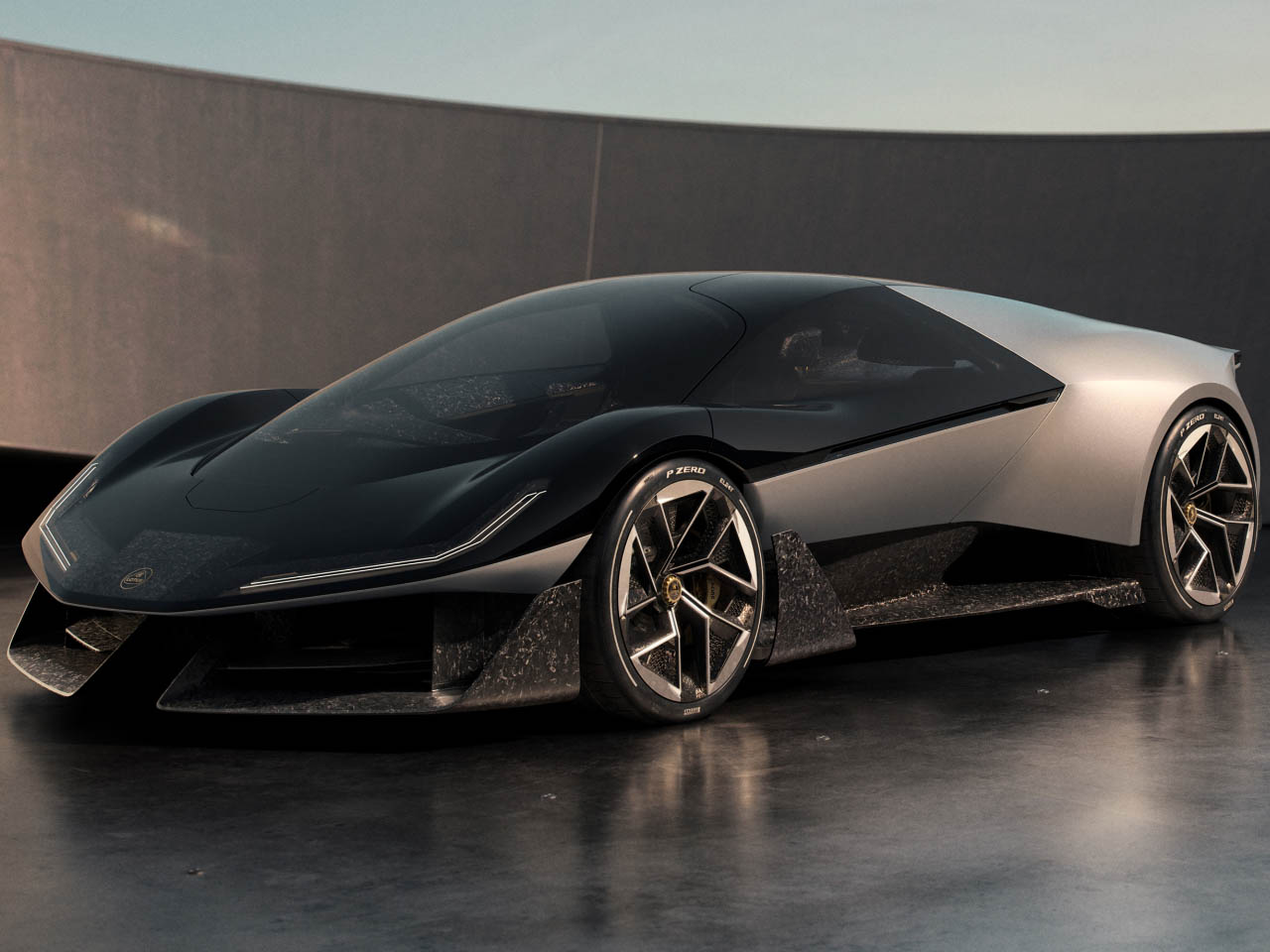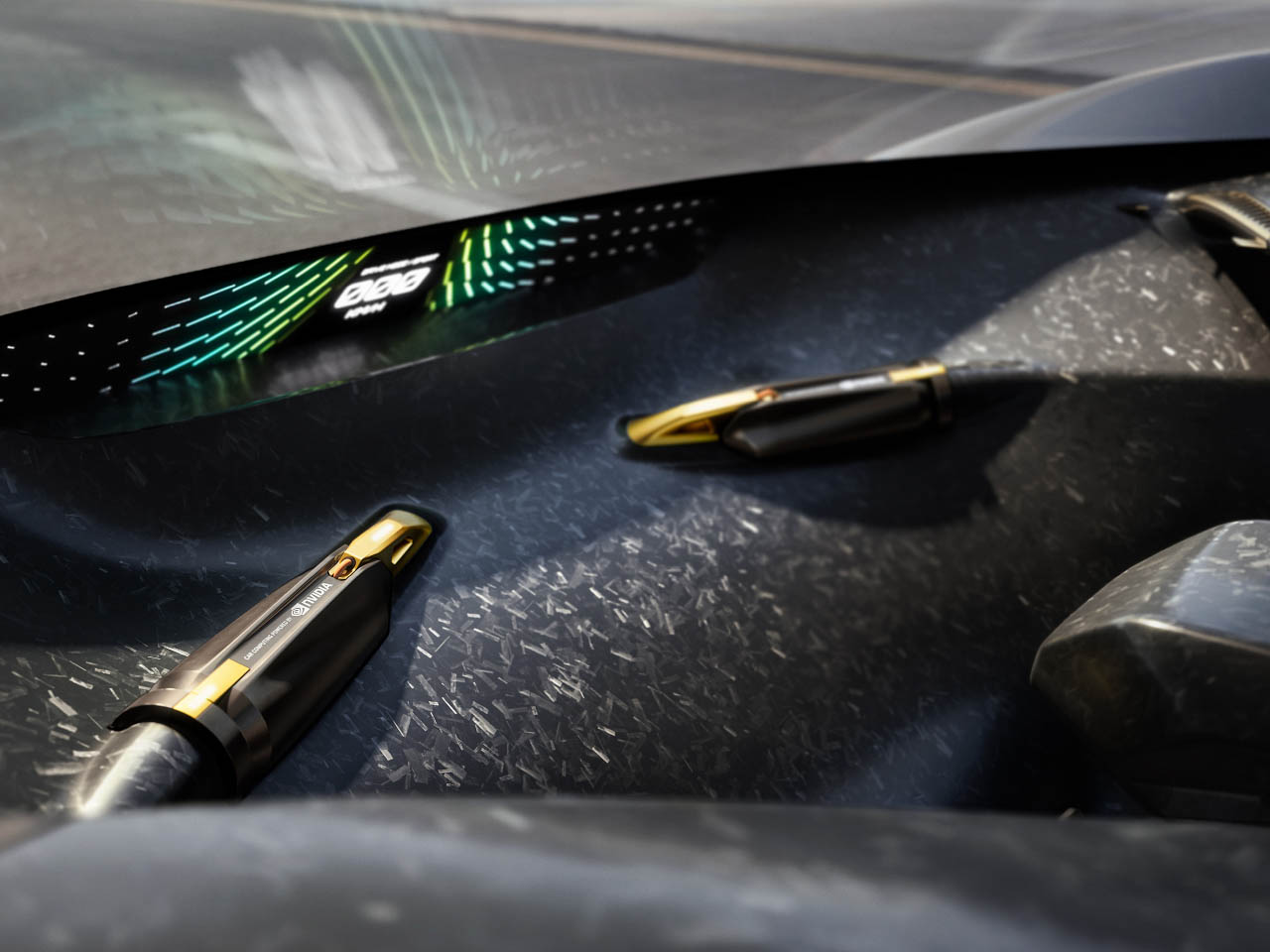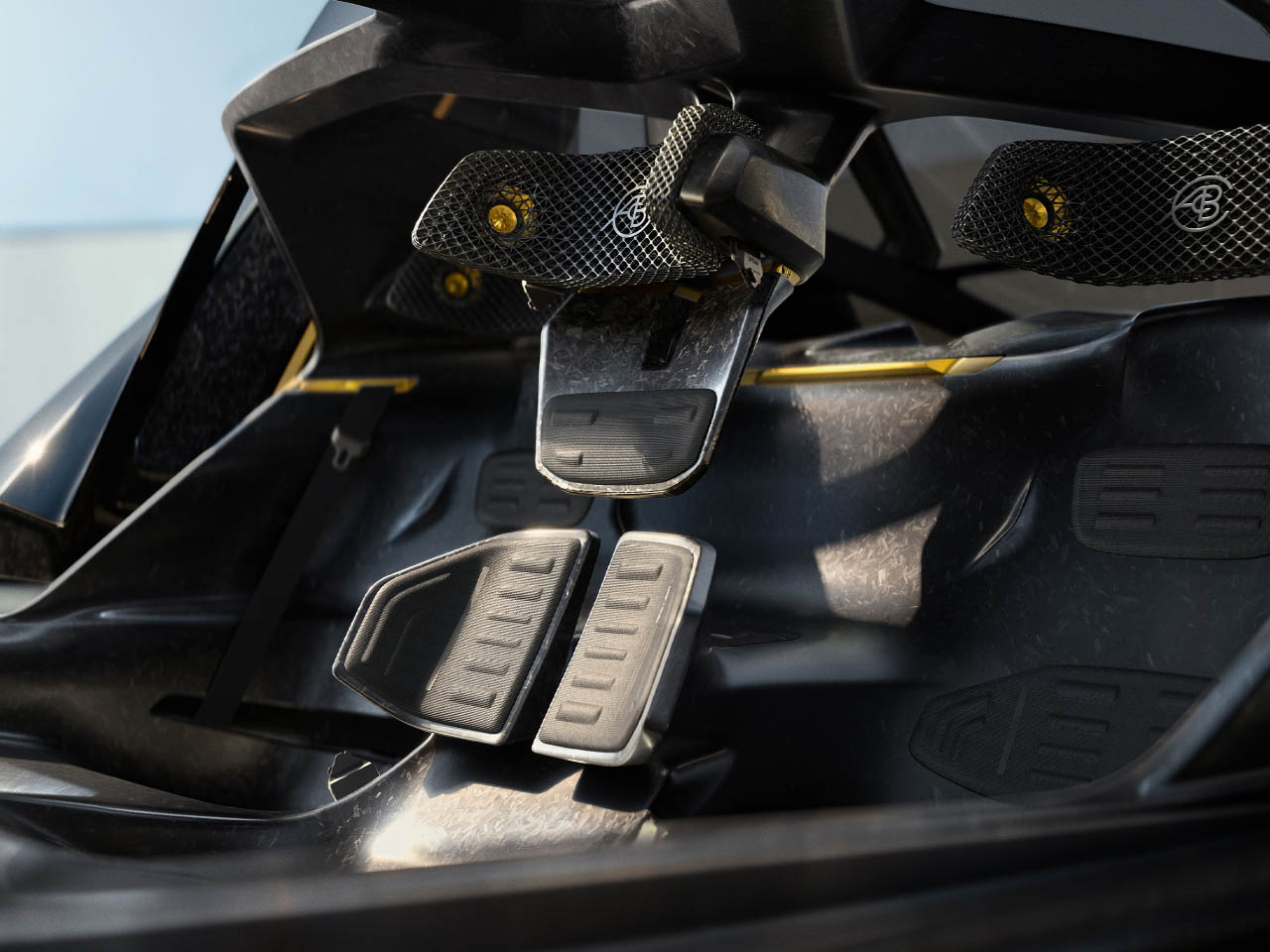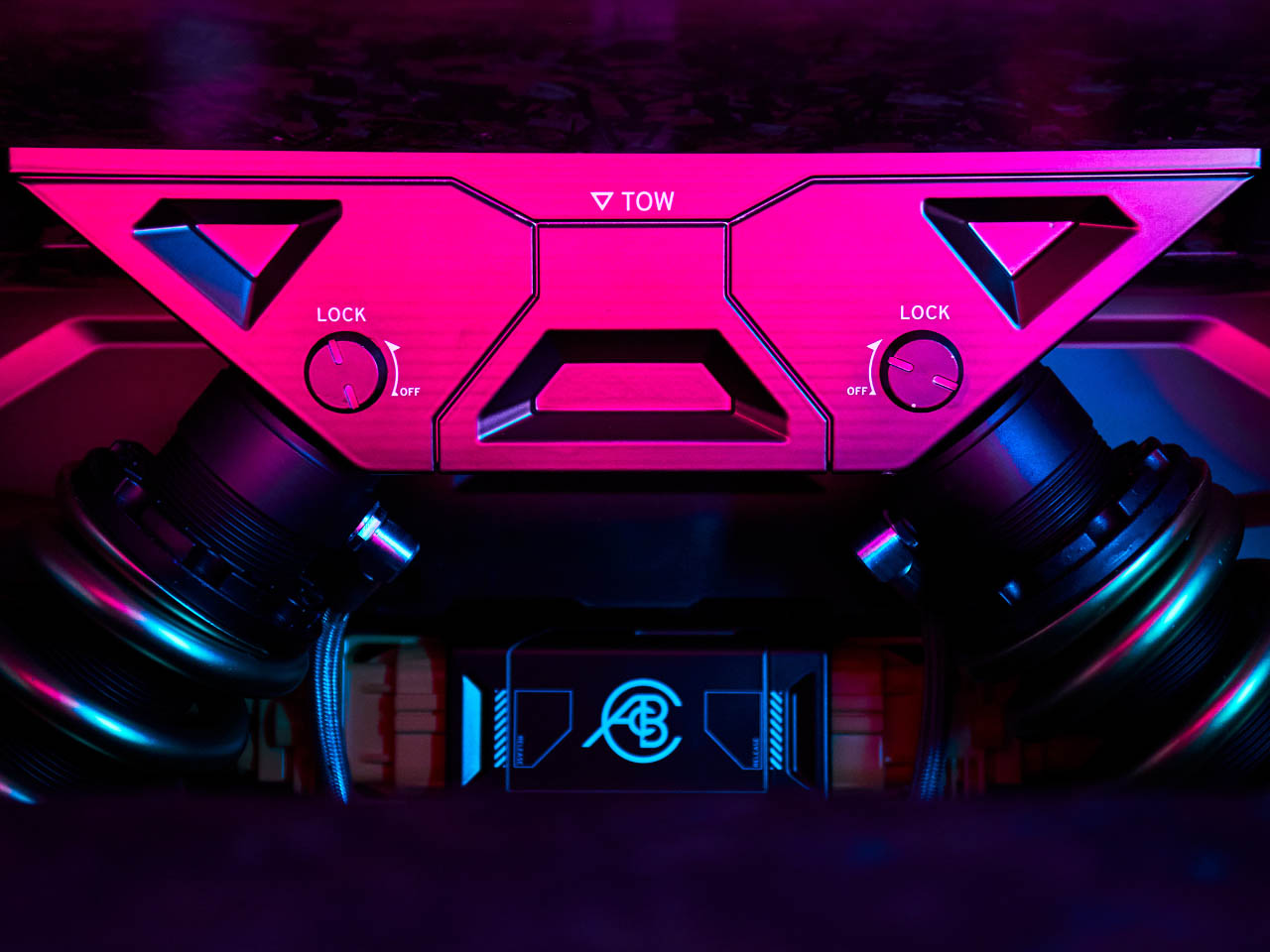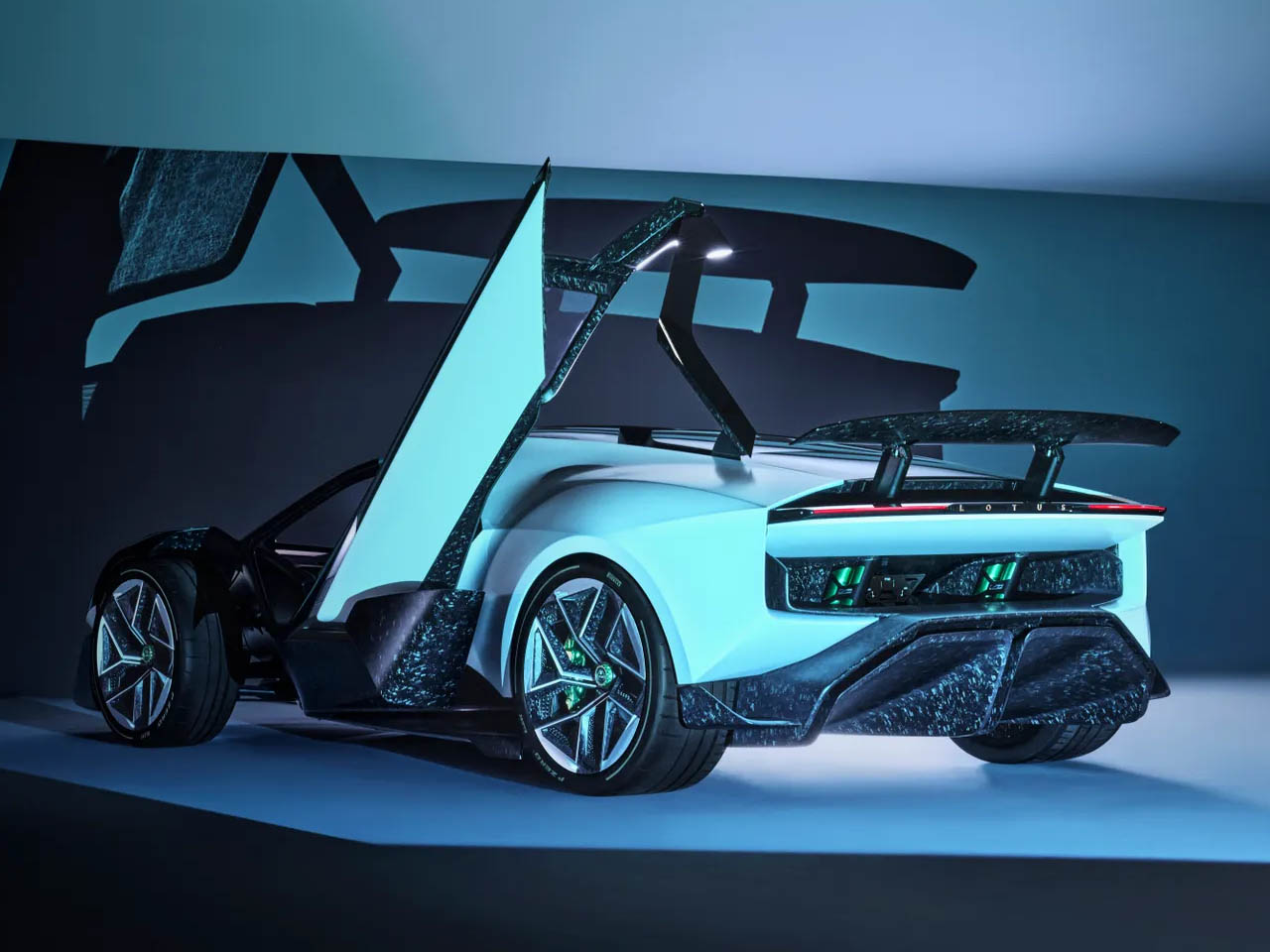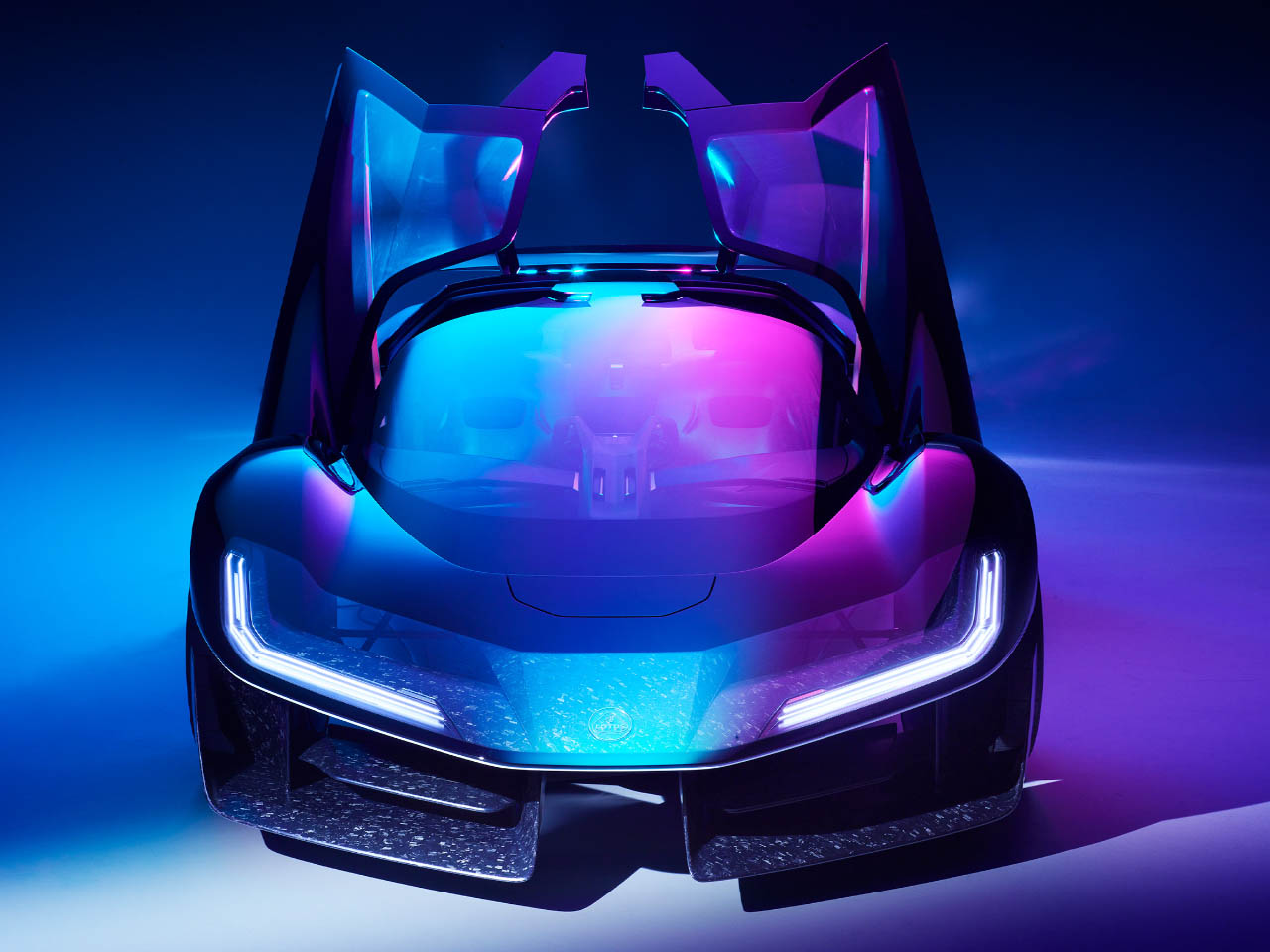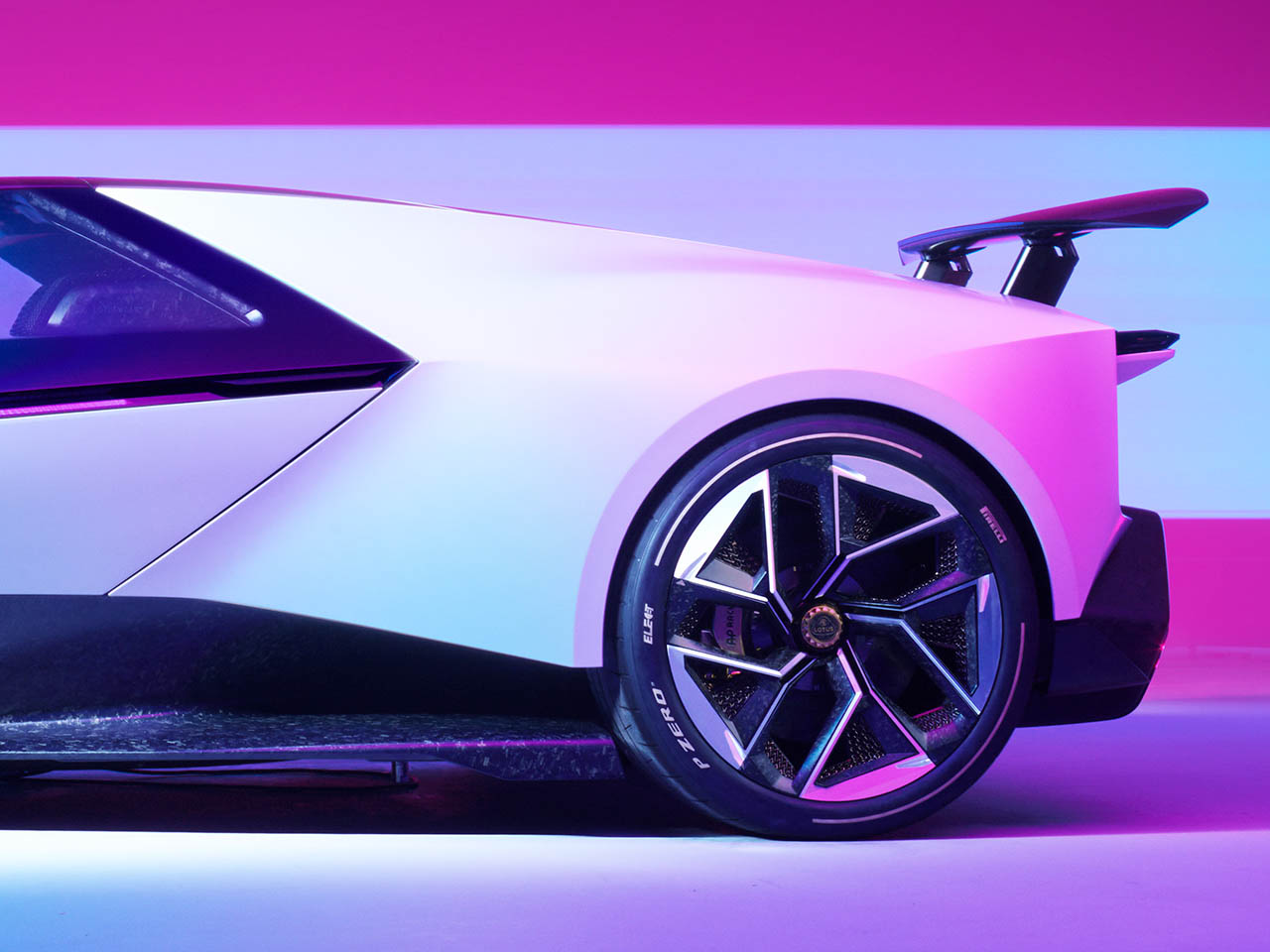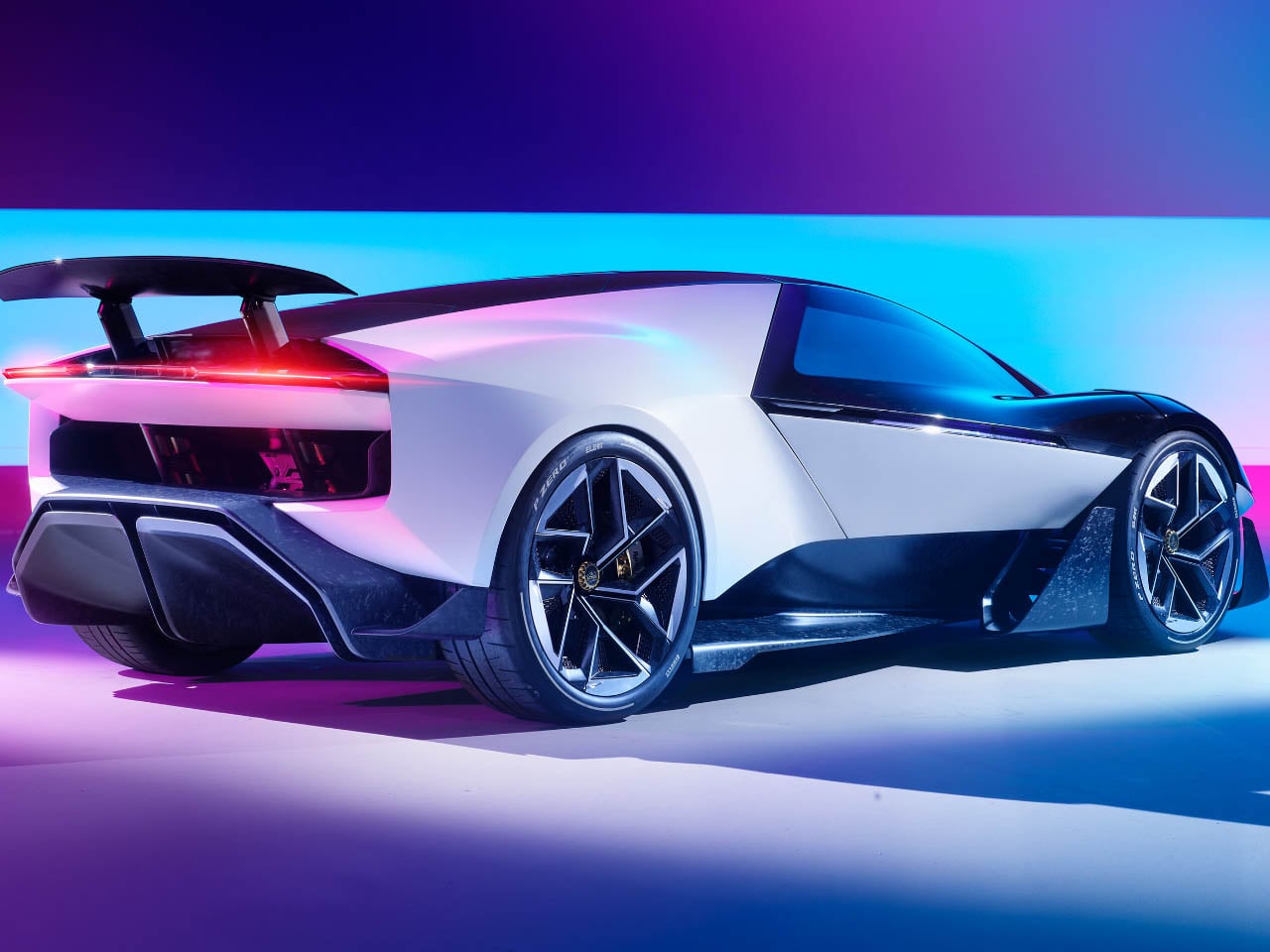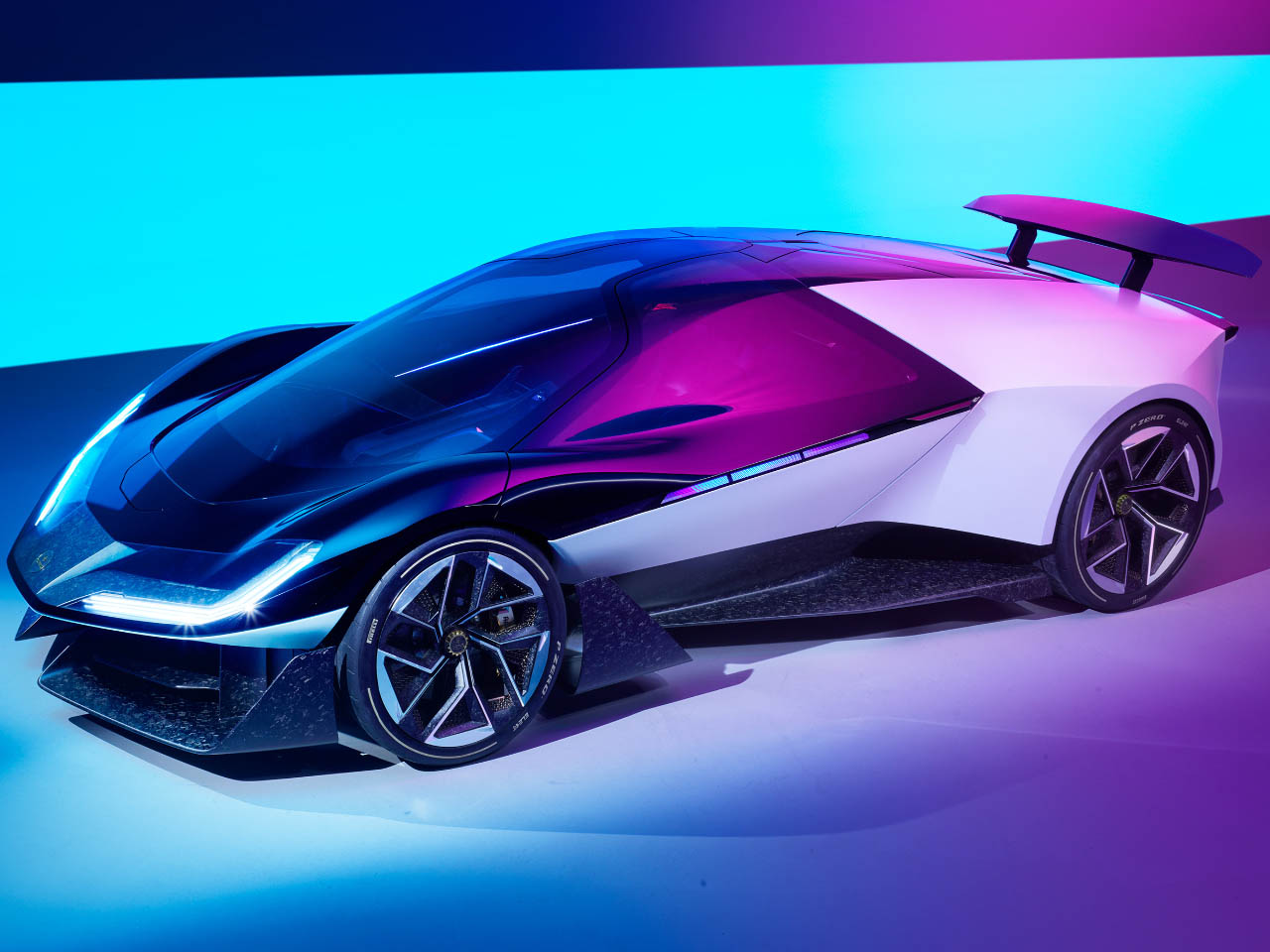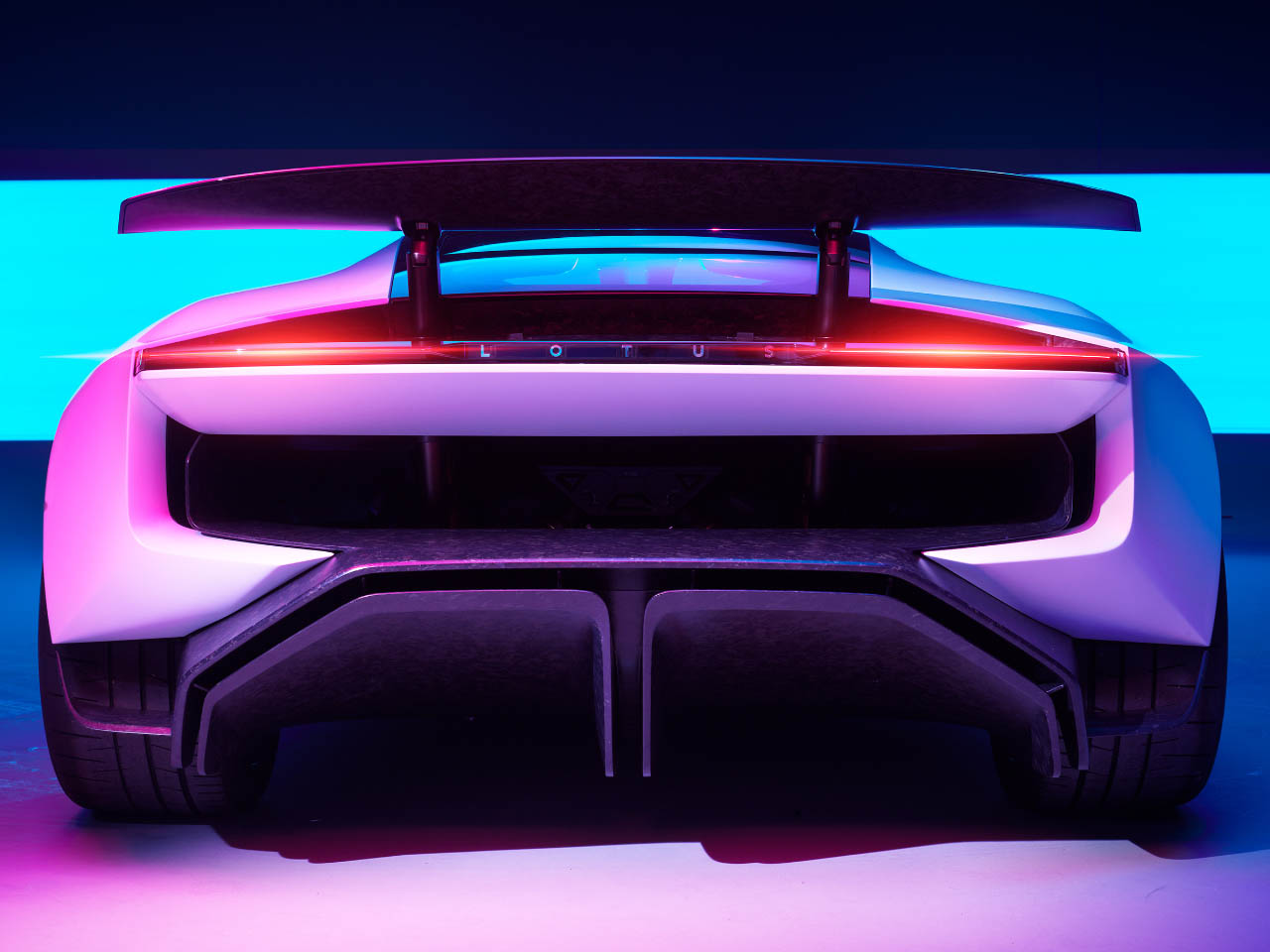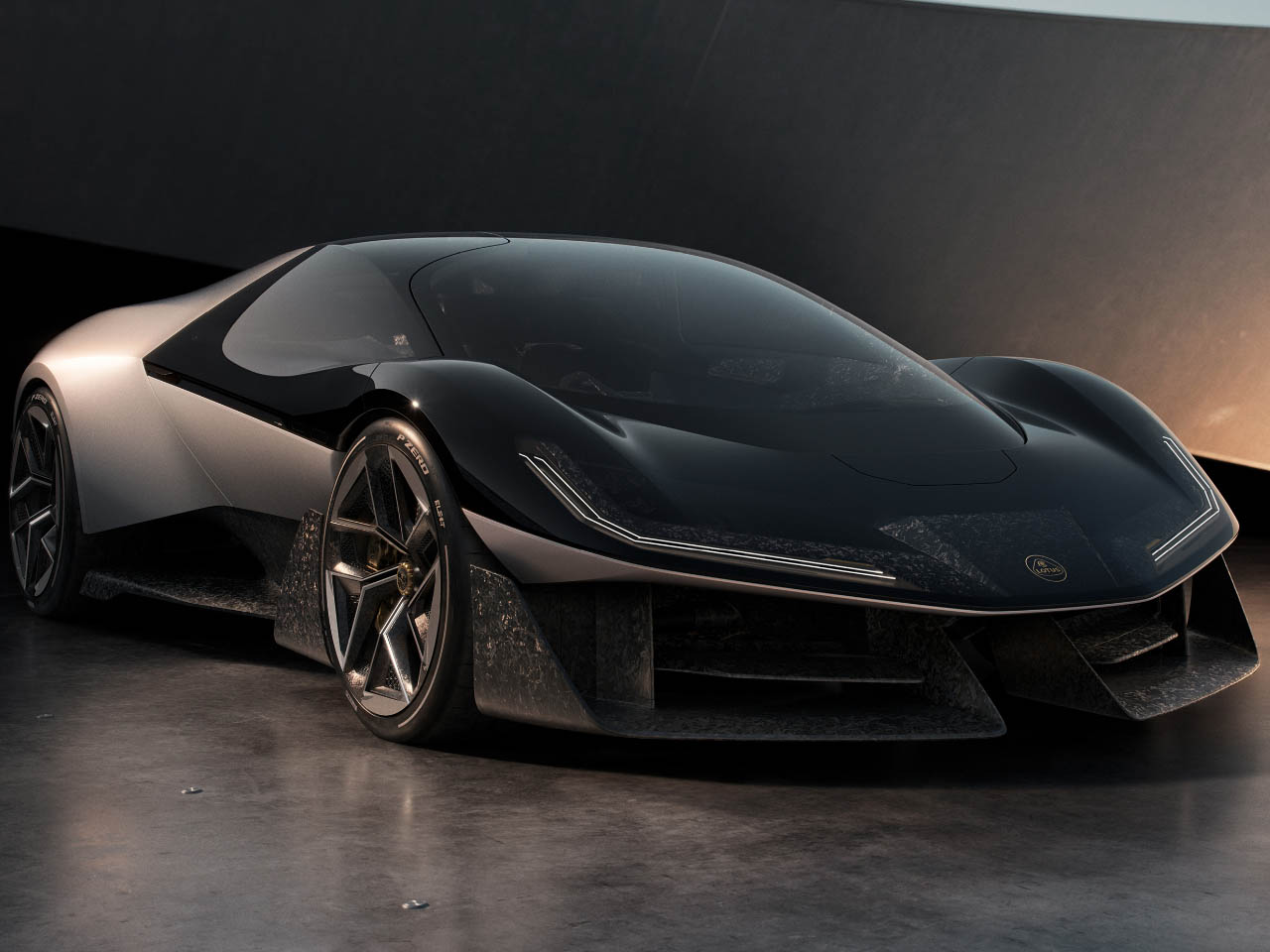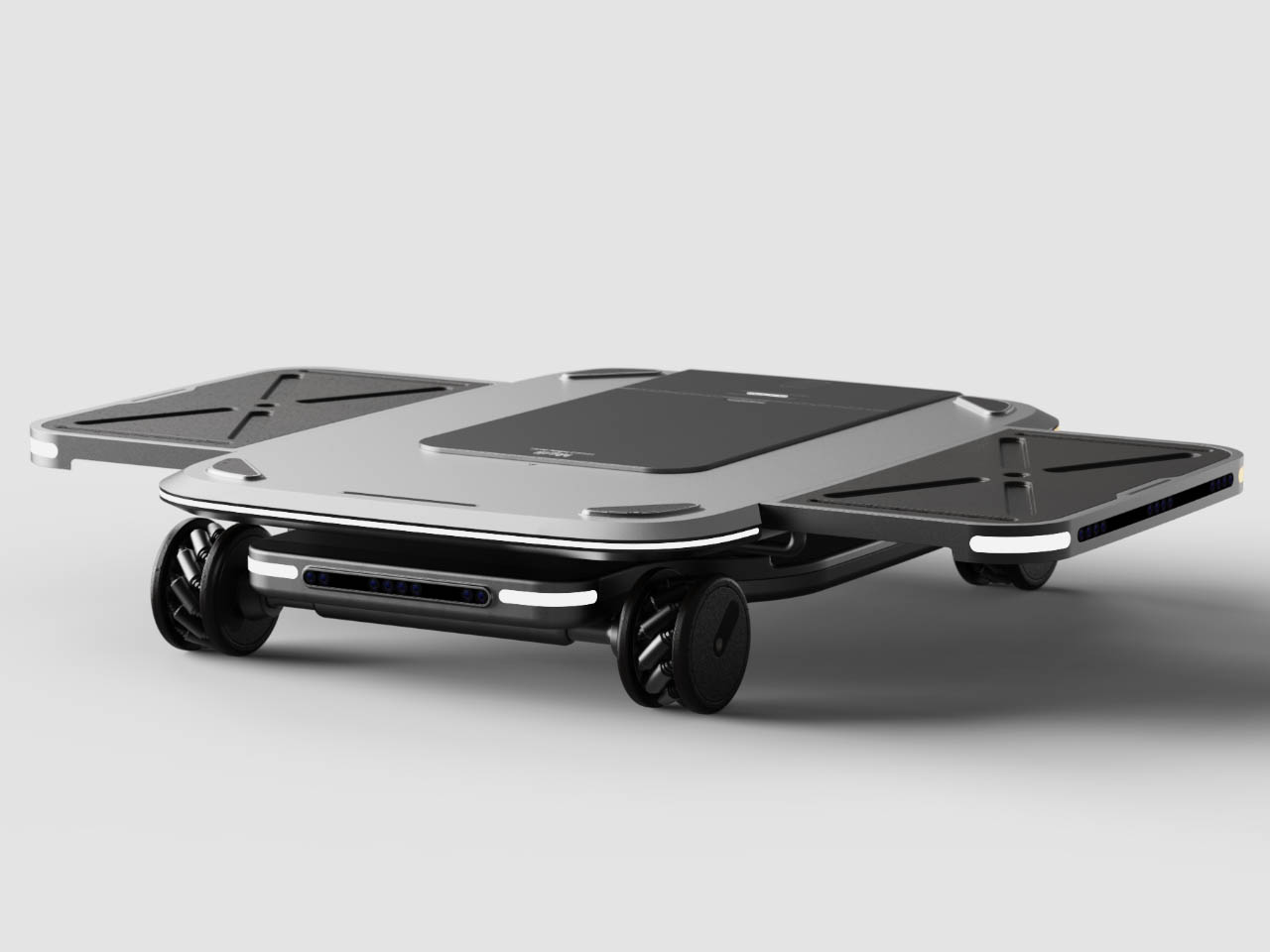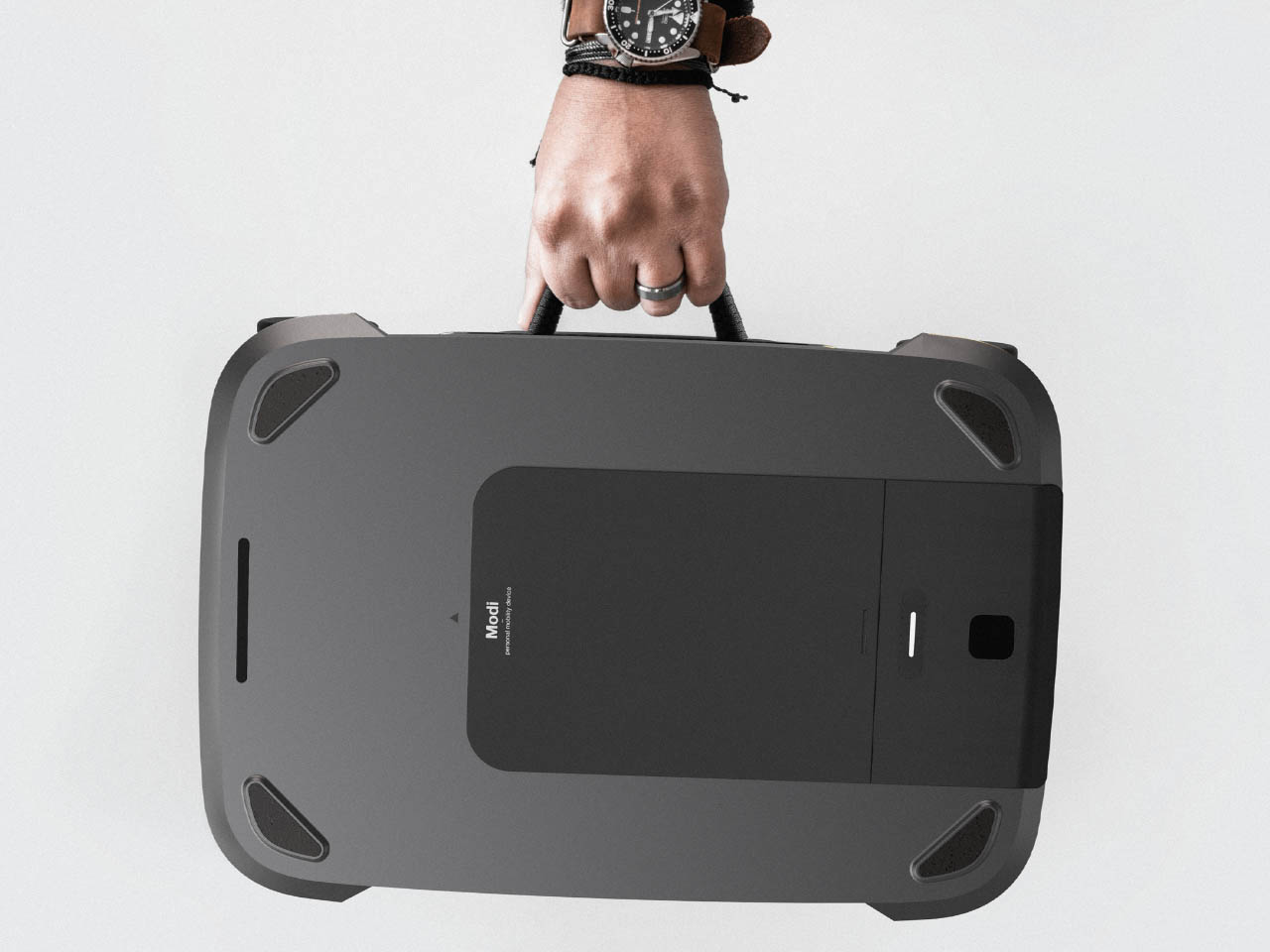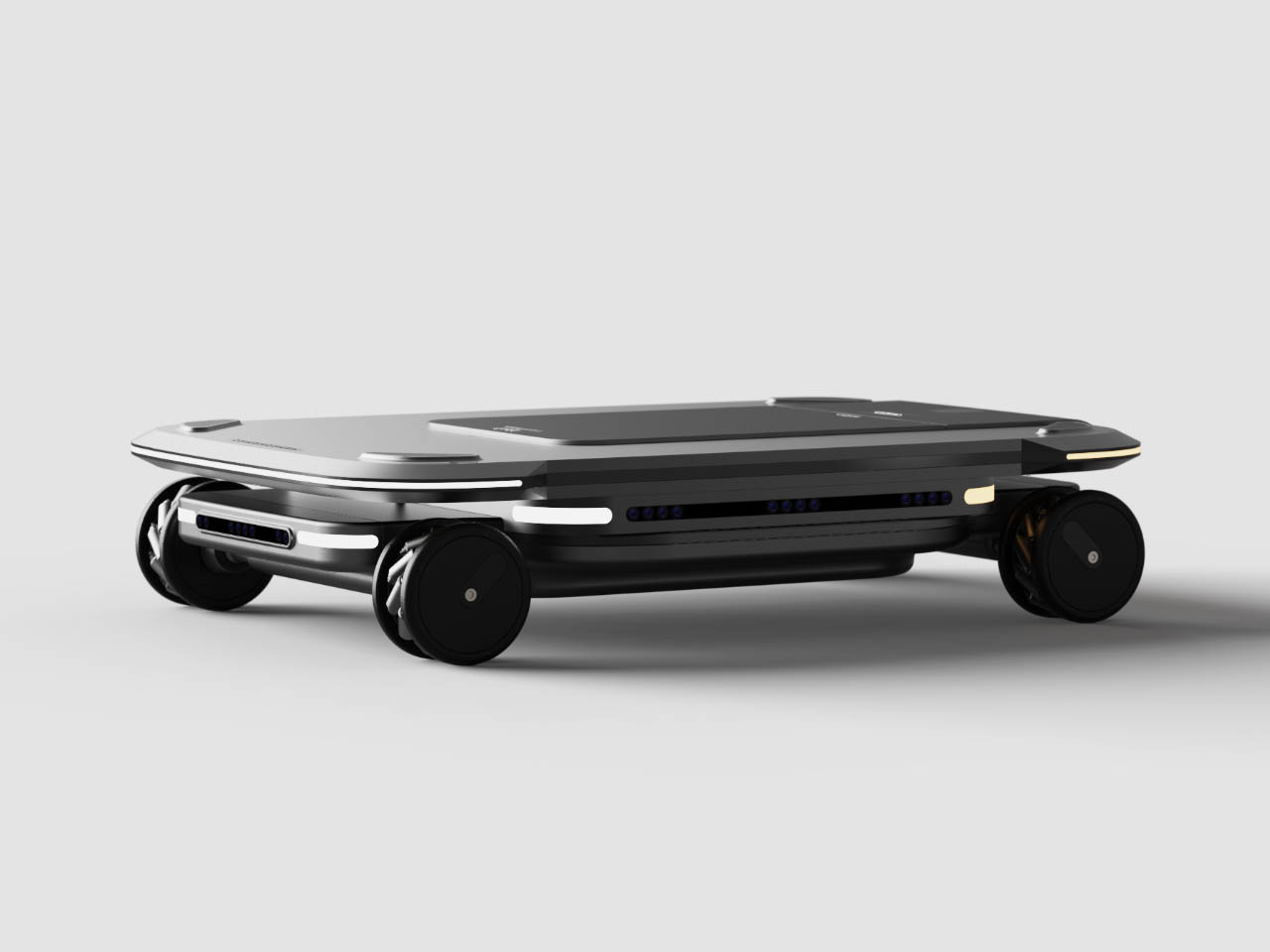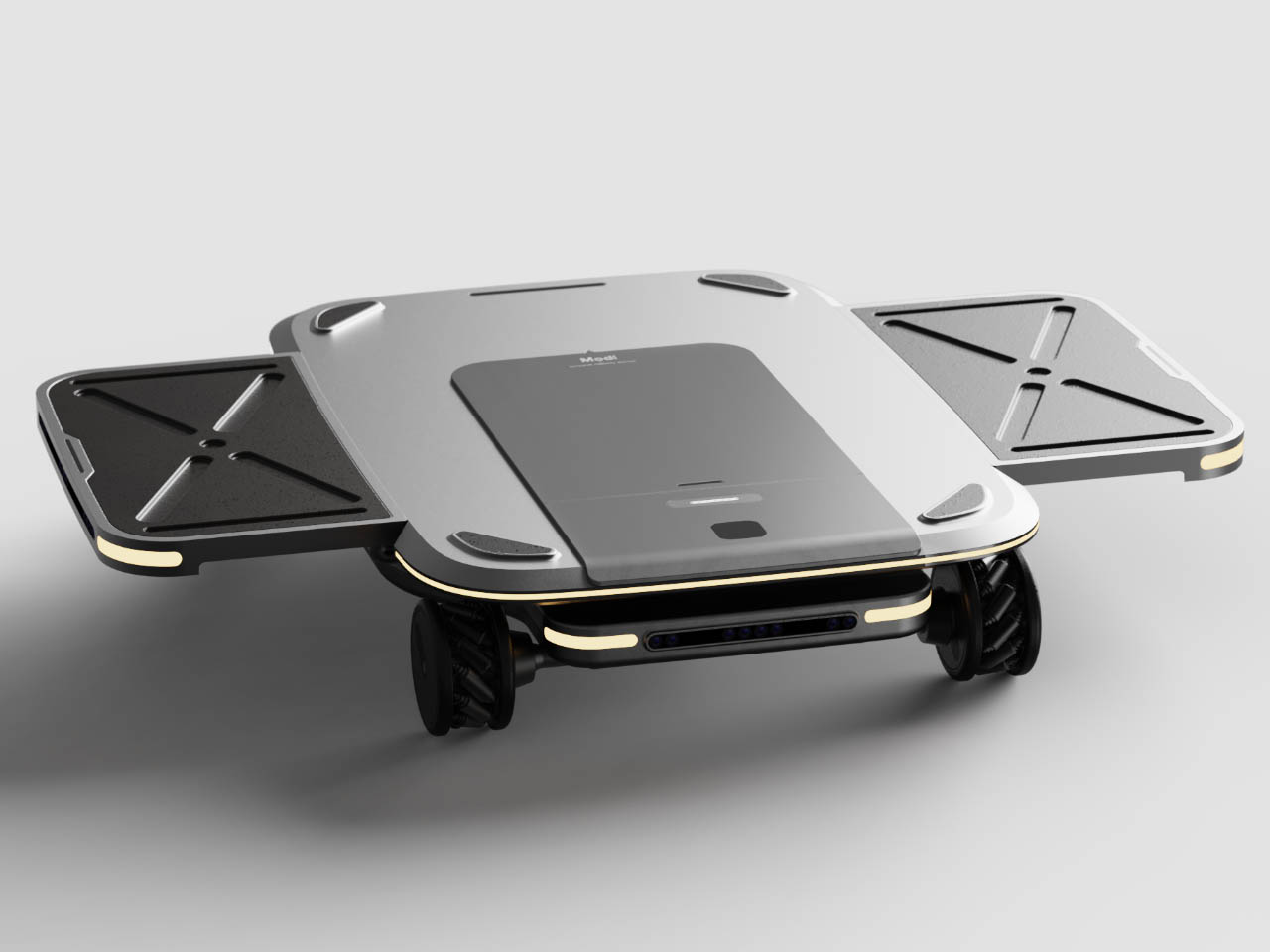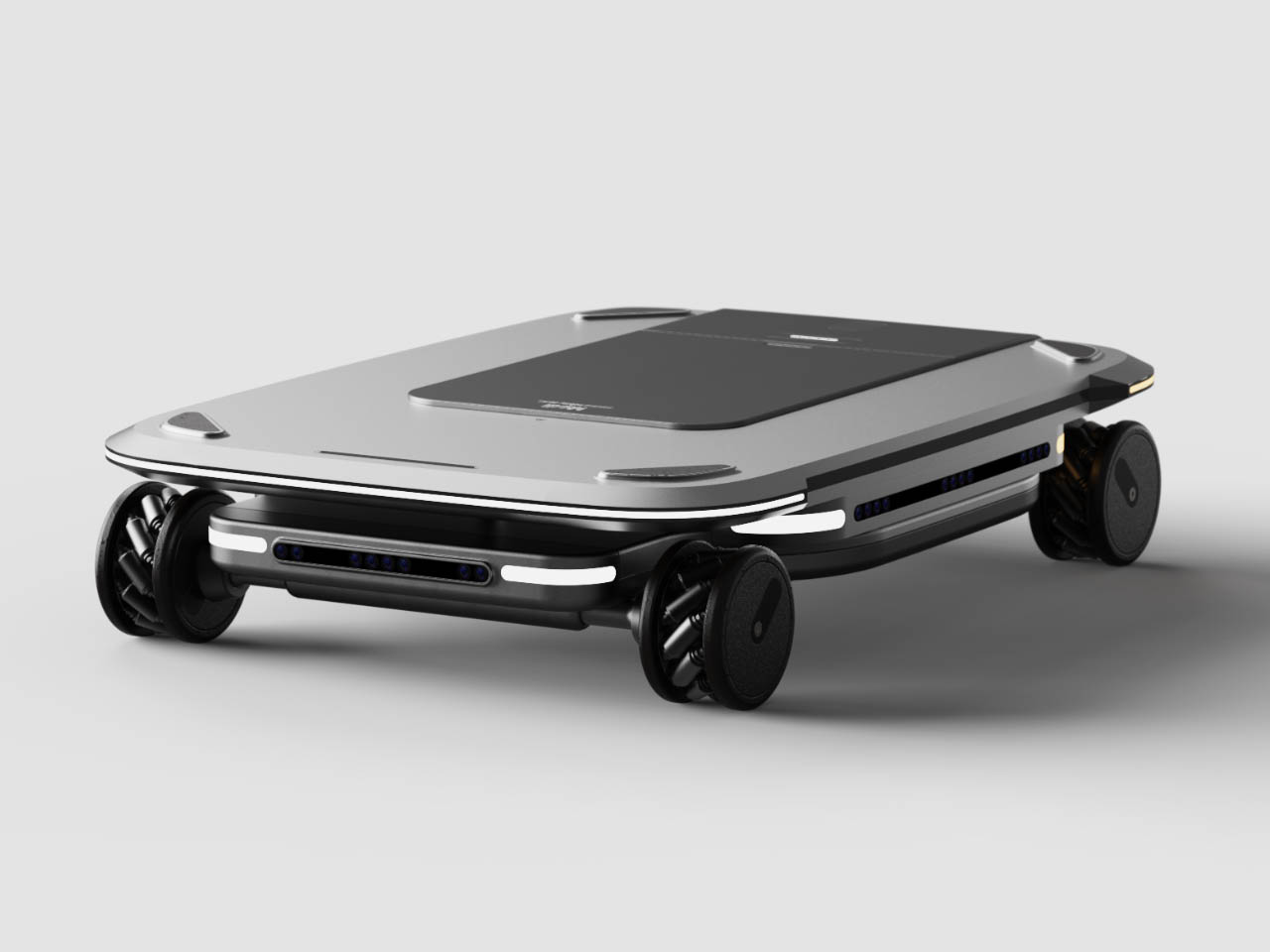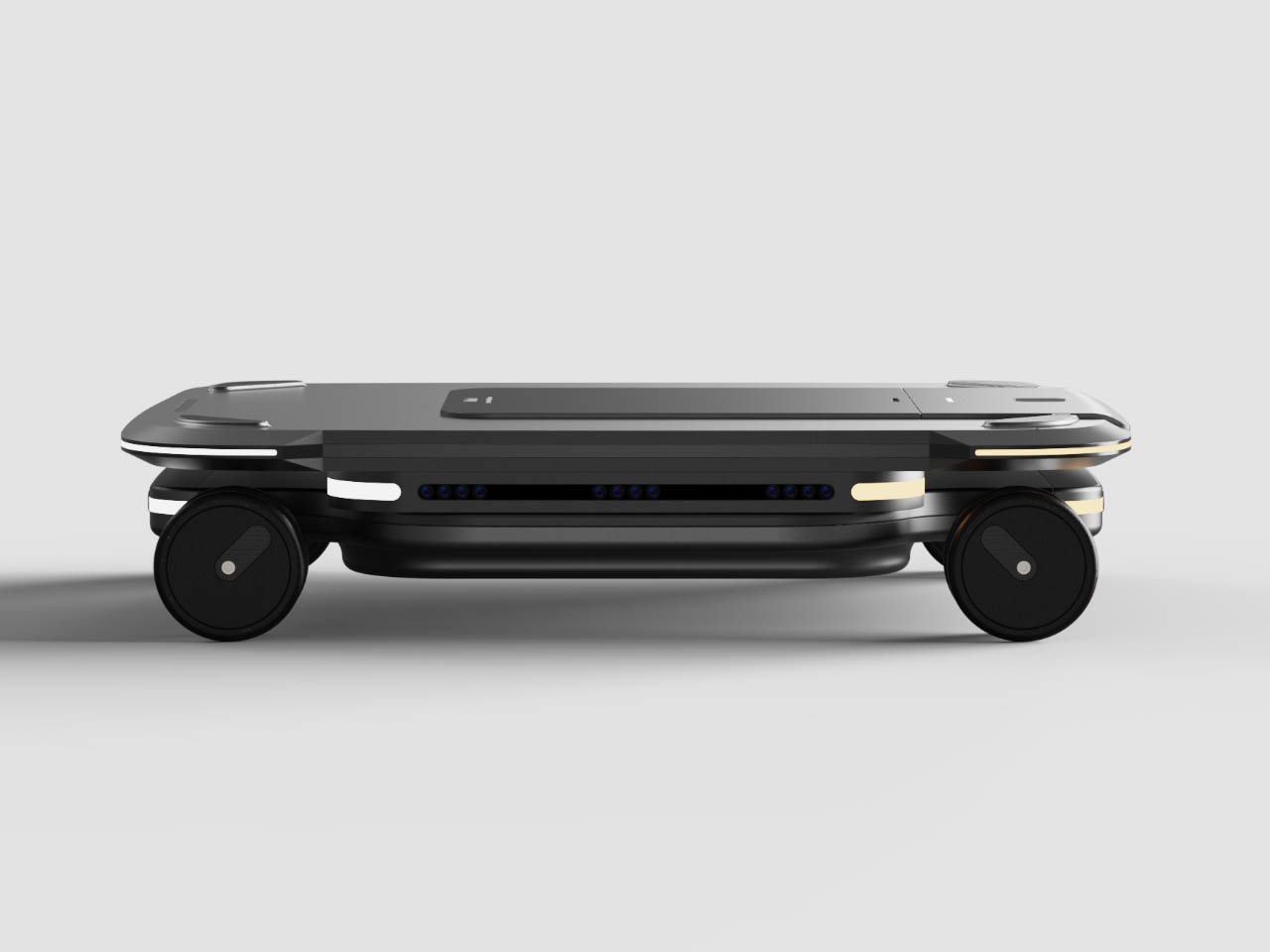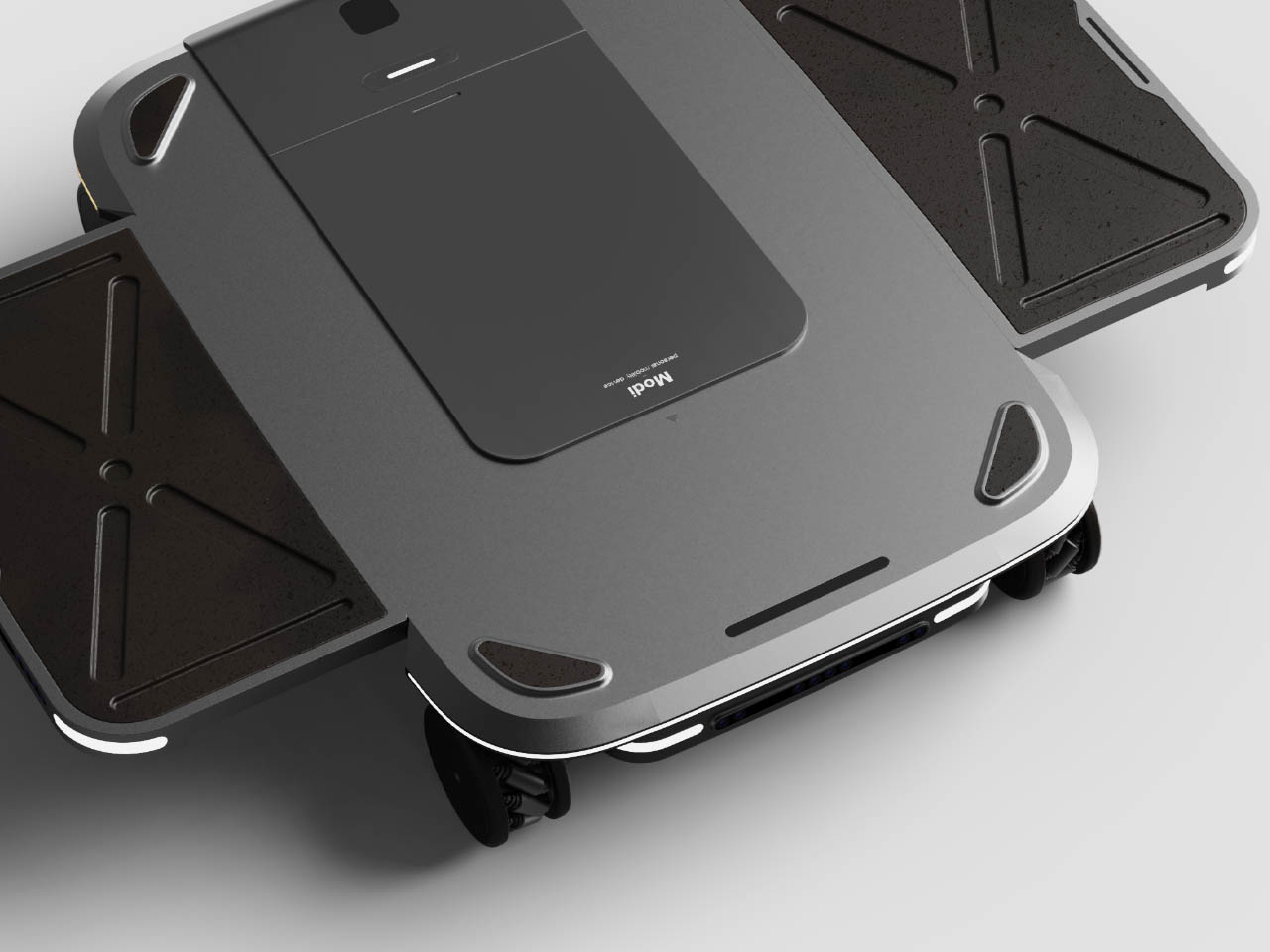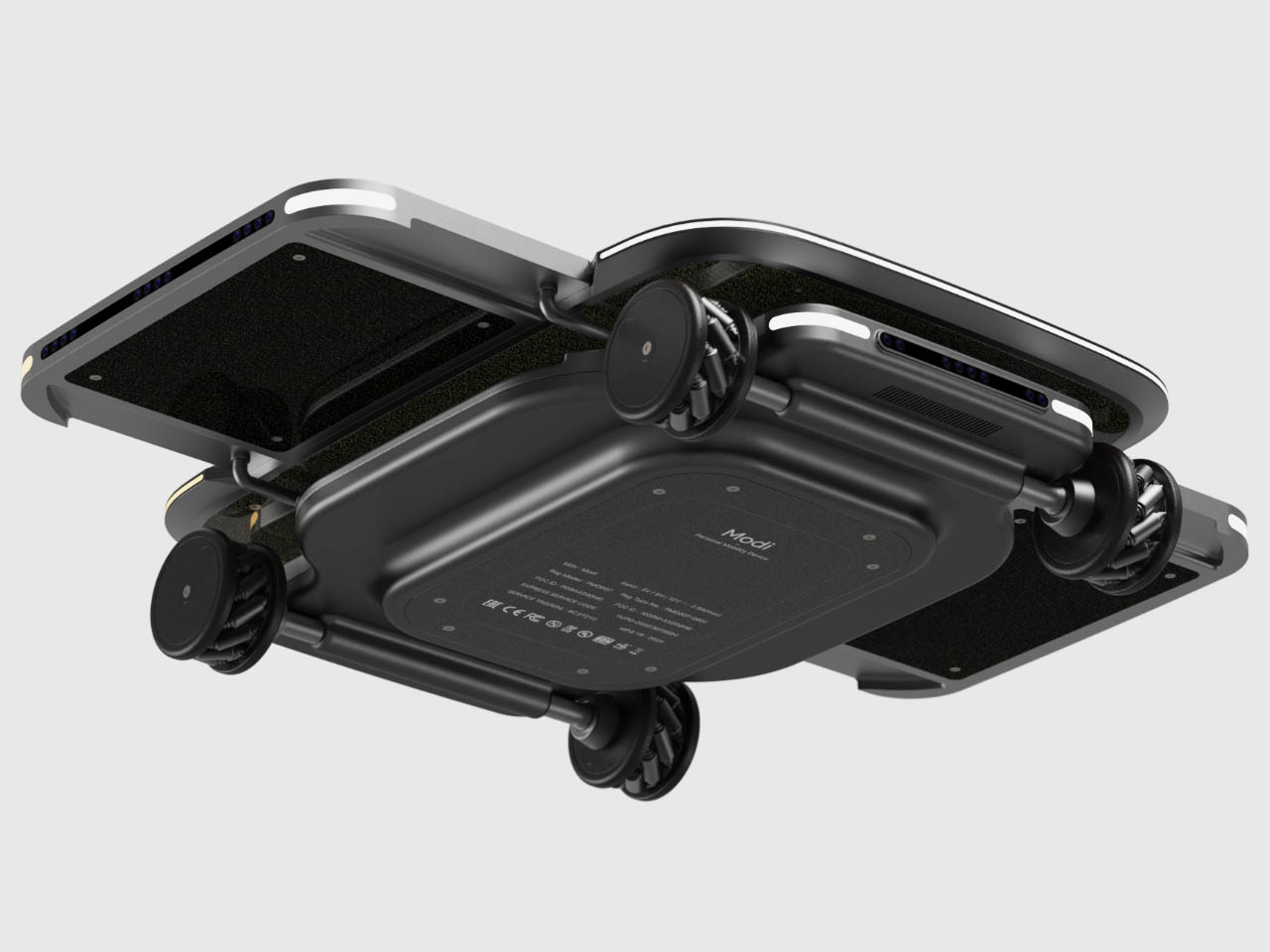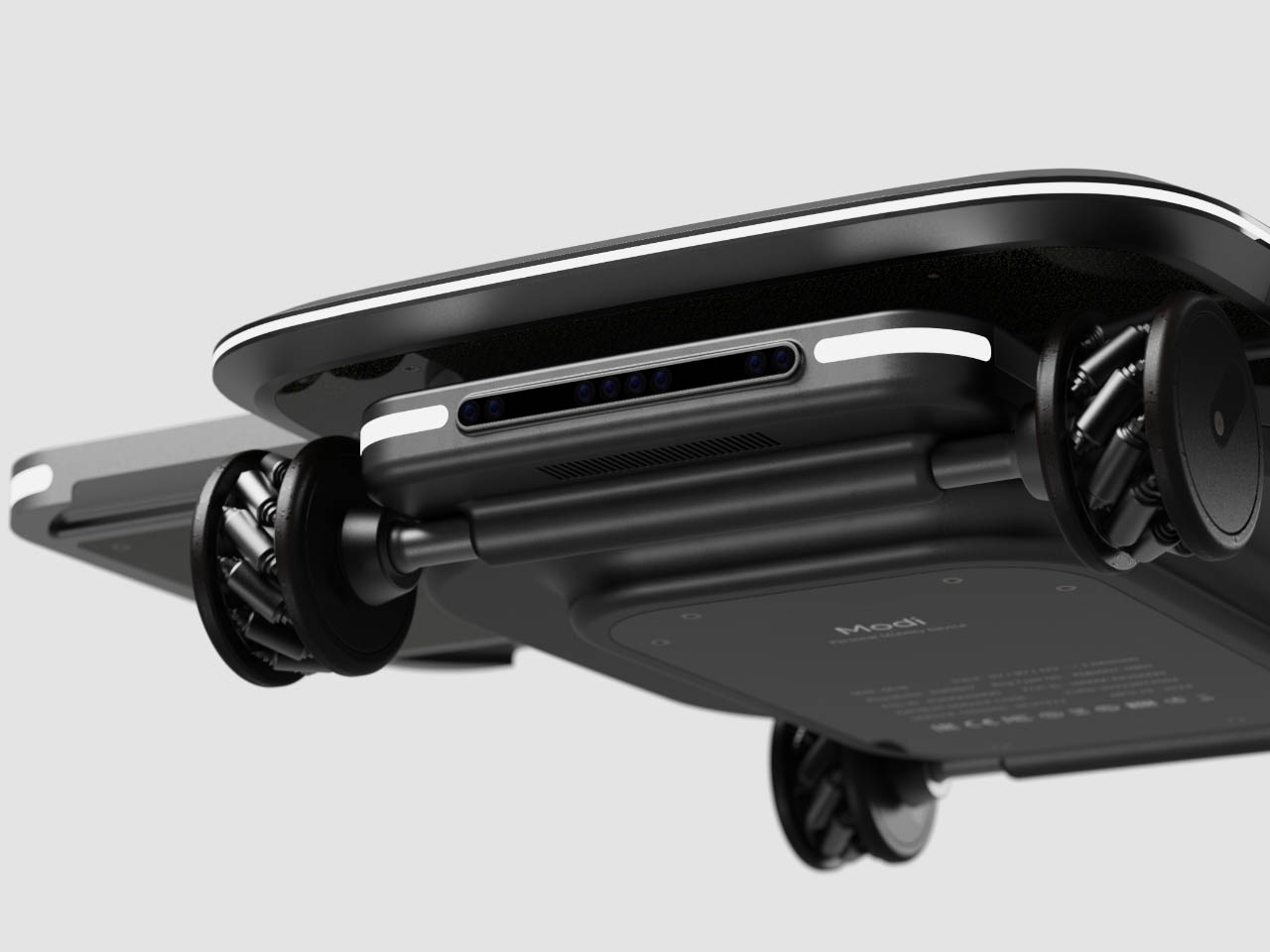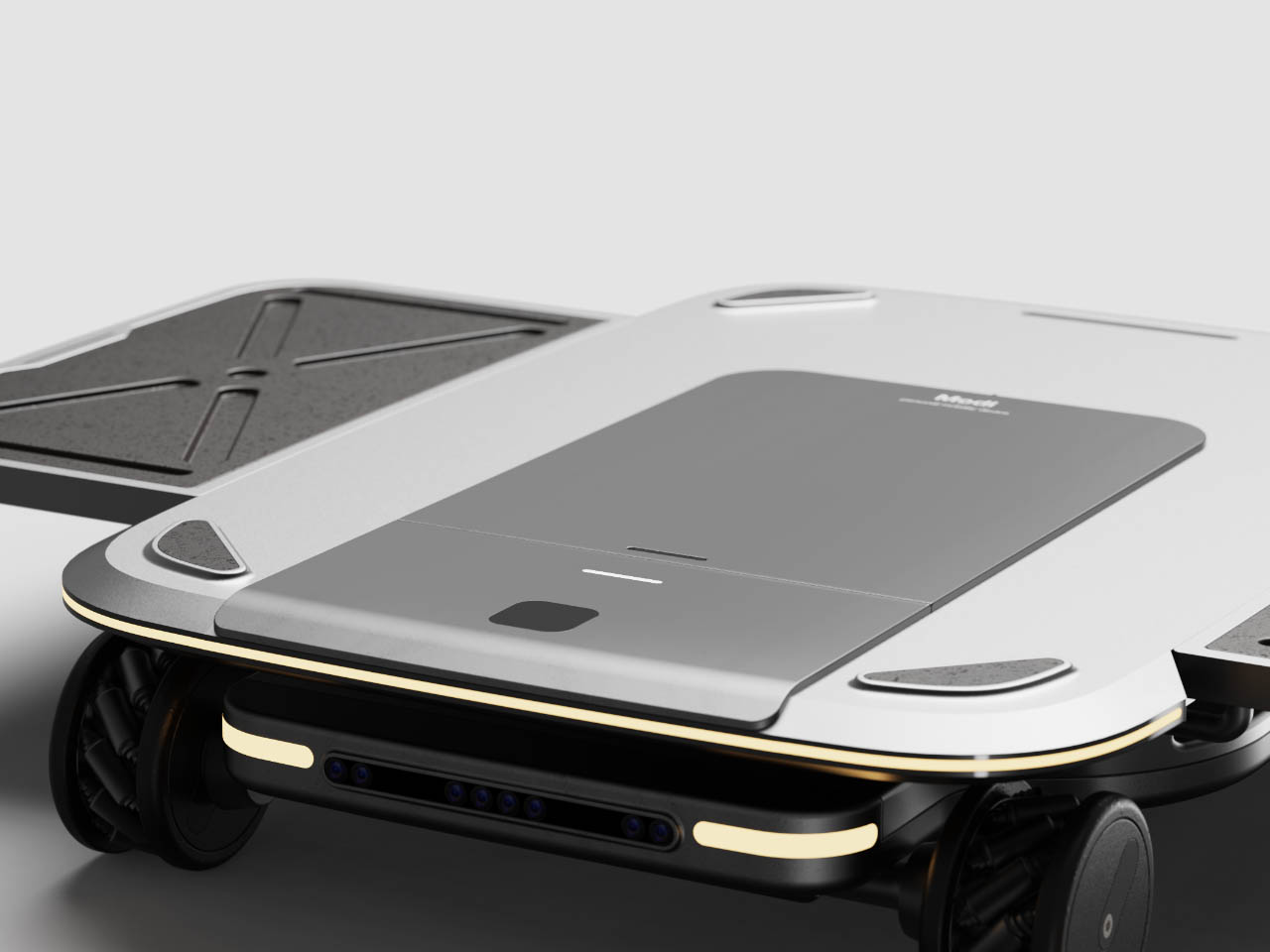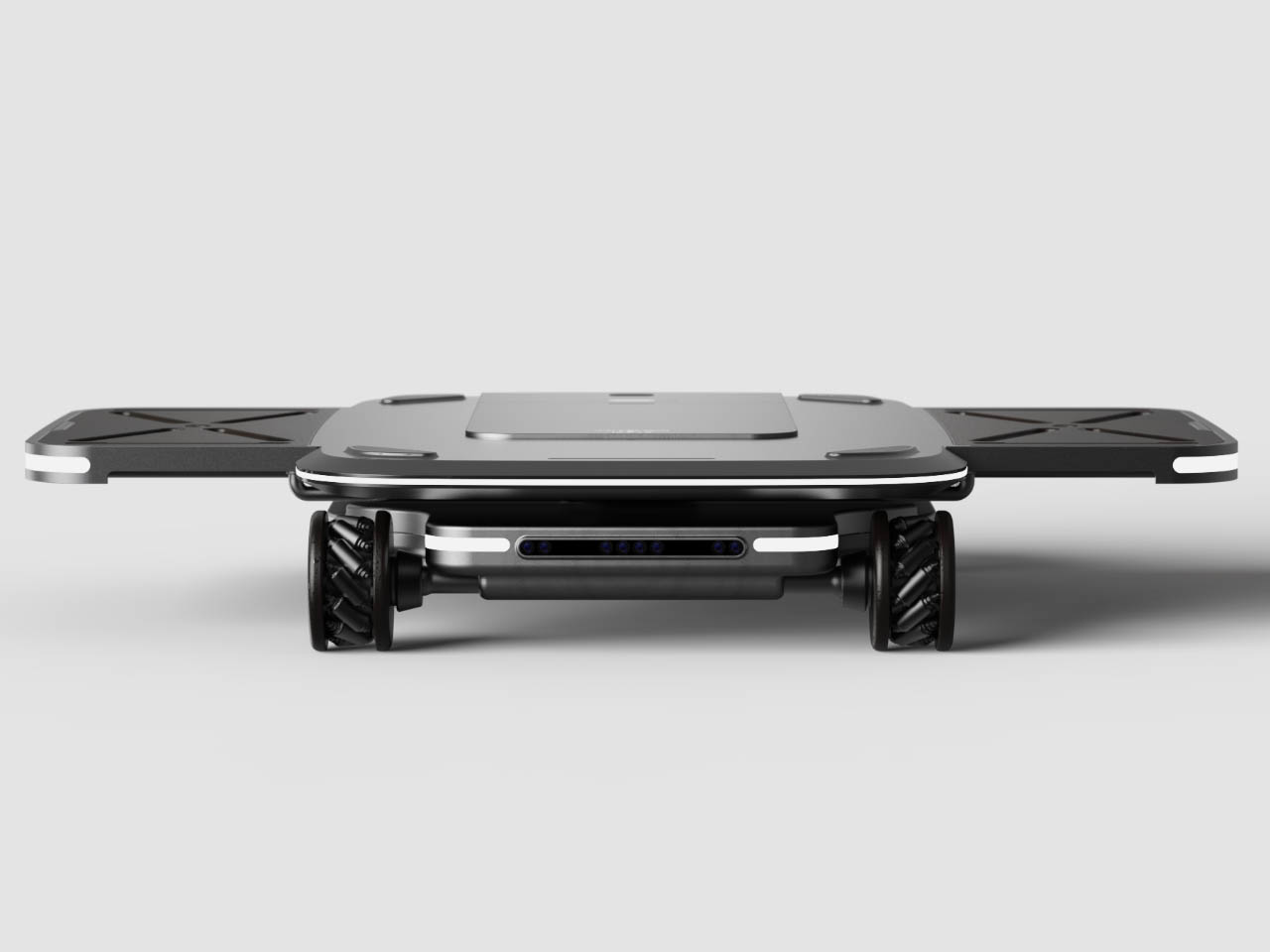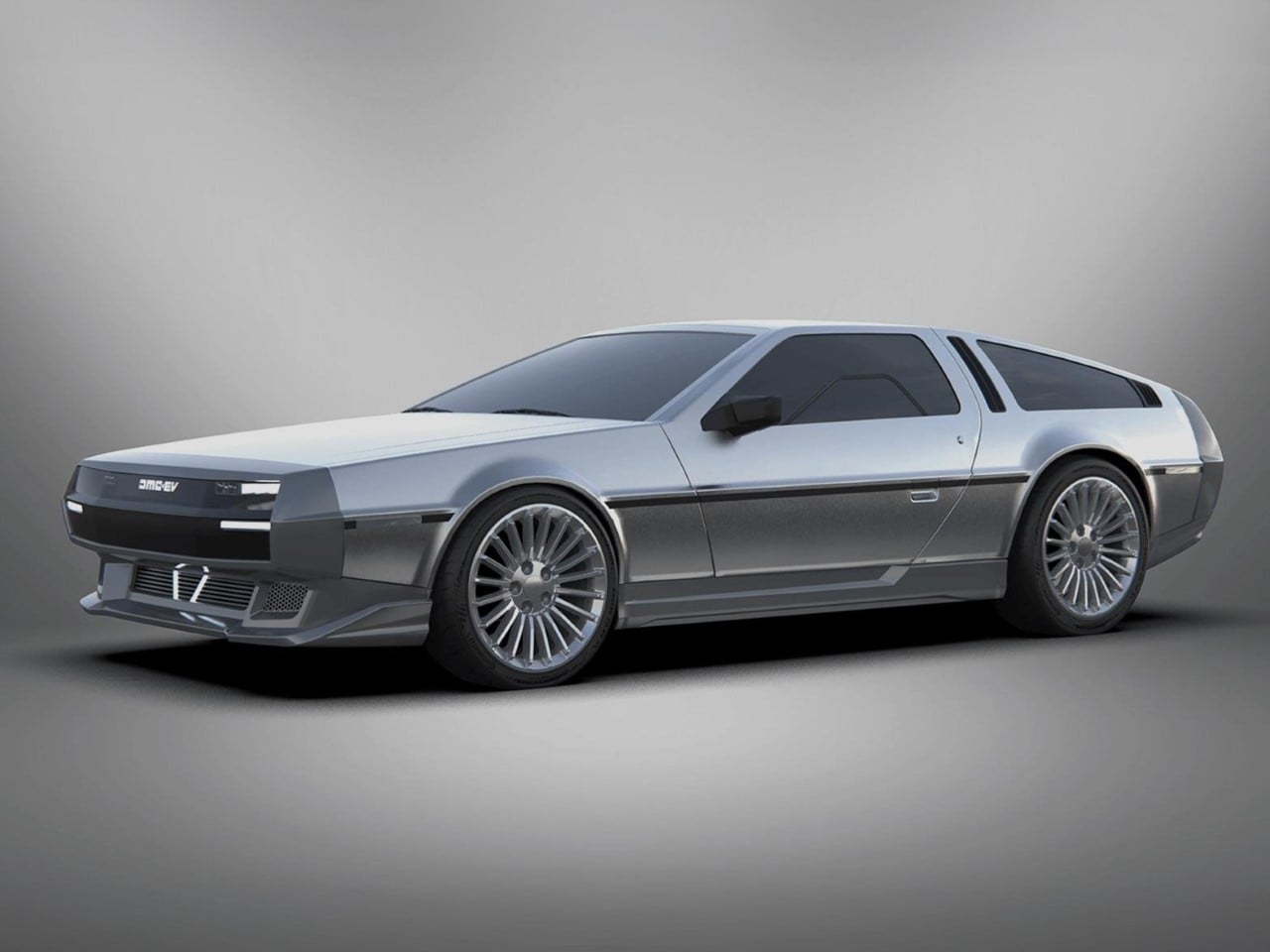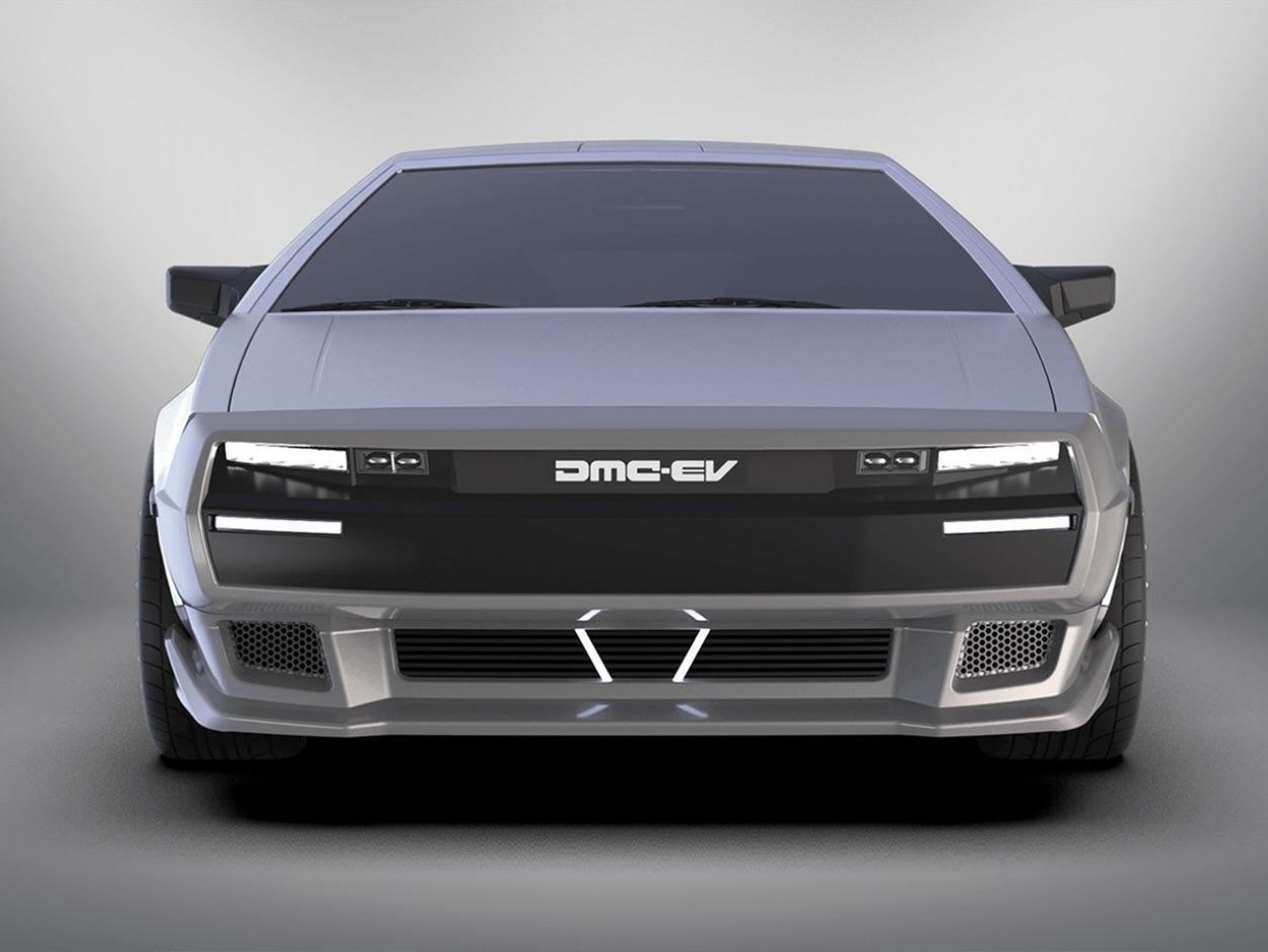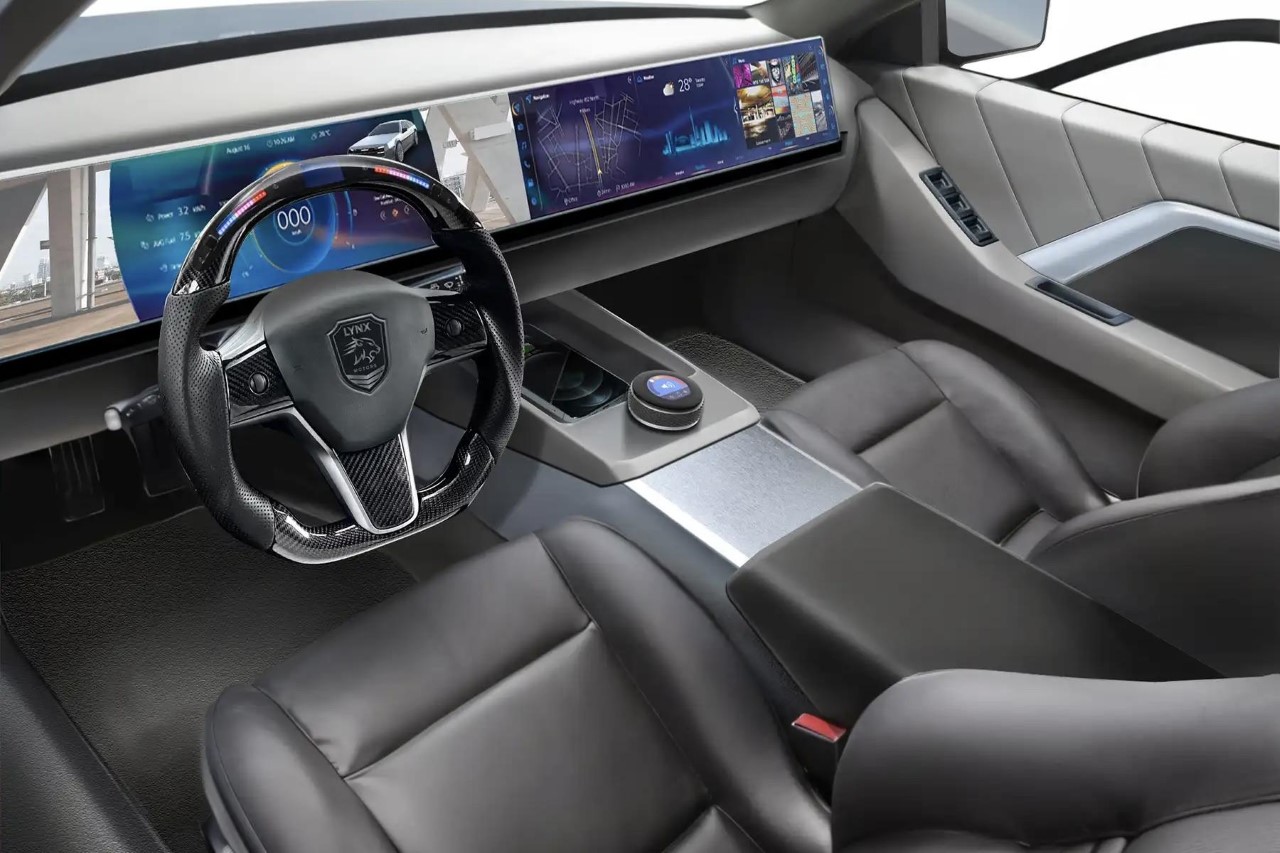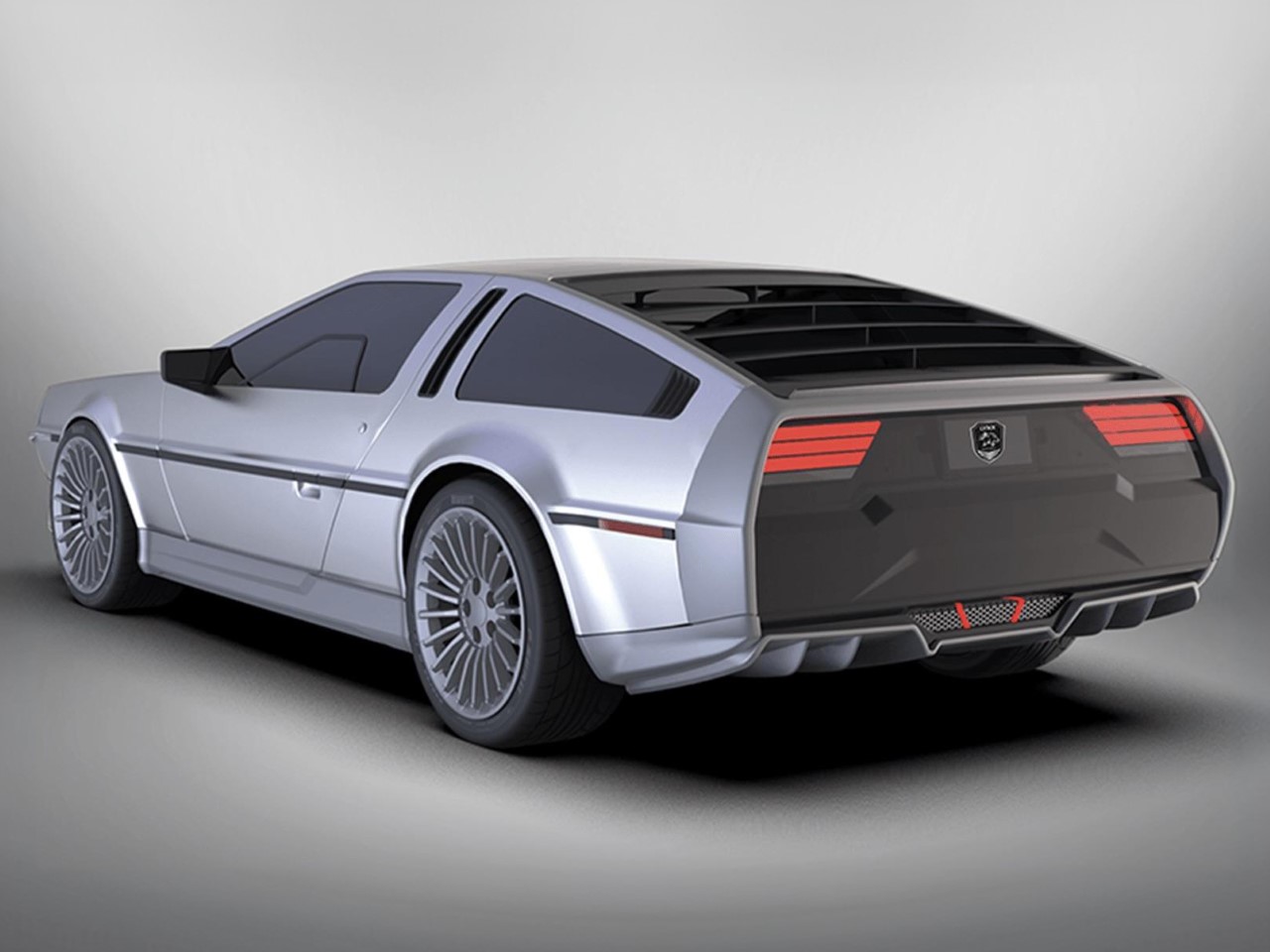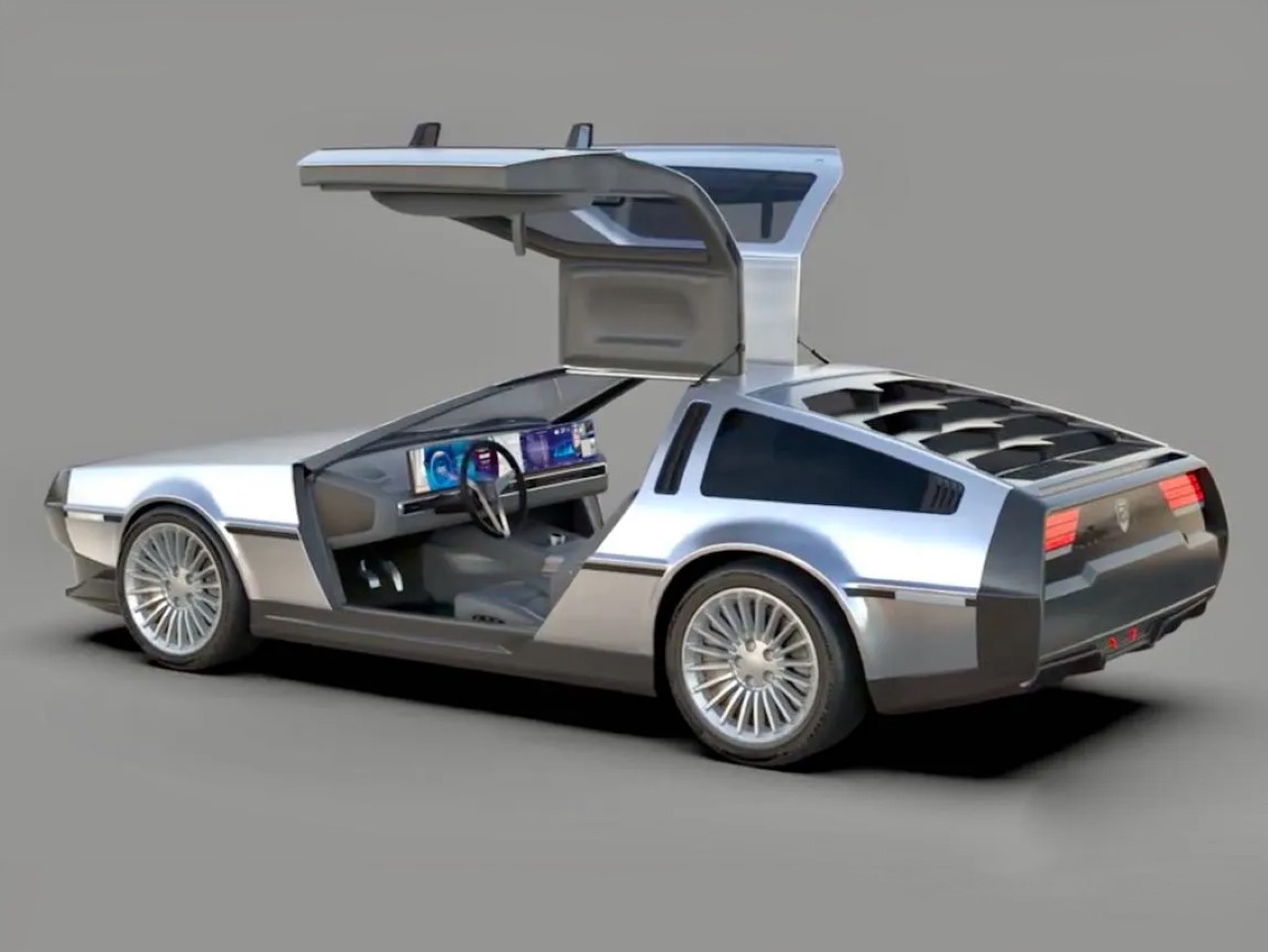![]()
A car’s identity can be attributed to two things – its overall design language, and the logo that sits on the front and back of it, allowing you to identify its ‘marque’. For decades, Audi’s identity could be traced back to the iconic four-ring logo on its front, coupled with its sporty-aggressive design language. Times, however, change, and Audi is embracing that change too. The company just unveiled its first China-specific EV brand in collaboration with SAIC Motor. Dubbed just ‘AUDI’, the brand eschews the four-ring logo for four capital letters, tying both to its German name as well as the way its partner’s name ‘SAIC’ is spelled.
The new brand was announced alongside an EV concept, built with a fast-charging 800V powertrain and two 760HP motors supplying energy to the car’s AWD platform. The car accelerates 0-60mph in just 3.6 seconds, despite its large frame, while, a 100 kWh gives the car a range of 434 miles on a full charge. Exclusive just to the Chinese market, the car is looking at an August 2025 launch, with a price of $42,000 USD.
Designer: Audi
![]()
Positioned as a fully electric Sportback, the AUDI E boasts a significant presence on the road with its dimensions: 4,870 mm in length, 1,990 mm in width, and 1,460 mm in height, with a generous 2,950 mm wheelbase. Two electric motors on the front and rear axles generate a thrilling 570 kW and 800 Nm of torque, ensuring the iconic quattro four-wheel drive feel. Performance enthusiasts will appreciate the AUDI E’s 0-100 km/h sprint in just 3.6 seconds, and the brand promises that it drives with all the comfort and dynamism that fans expect from Audi.
![]()
The vehicles will be built on an Advanced Digitized Platform, a joint effort with SAIC that combines Audi’s premium design and engineering with SAIC’s technological prowess and understanding of Chinese consumer needs. This platform underpins the upcoming lineup, which will hit the market starting in 2025, targeting mid-size to full-size segments. With this collaboration, Audi’s commitment goes beyond creating cars—it’s about creating a distinctly localized driving experience that merges Audi’s luxury touch with China’s fast-paced digital landscape.
![]()
At the core of the AUDI E is a 100-kWh battery that supports a range of 700 km (434 miles) on a full charge, measured according to CLTC (China Light-Duty Vehicle Test Cycle) standards. This EV comes equipped with an innovative 800-volt architecture, making charging speeds incredibly fast. Imagine gaining more than 370 km (230 miles) of range in just 10 minutes at a rapid charging station. For users in China, these speeds add significant convenience to daily commutes and long journeys, transforming how they experience charging times and range anxiety.
![]()
Stepping inside, the cabin introduces a level of interactivity that blurs the line between digital and physical. The AUDI Assistant, an AI-driven avatar, takes center stage, handling touch and voice controls with effortless finesse. This assistant doesn’t just respond; it interacts with an intuitive design that adds a layer of emotion and feedback, creating an experience that feels like a dialogue. Meanwhile, seamless smartphone integration enables users to bring their digital lives on the road with ease, a must-have for today’s hyper-connected audience.
![]()
While the new brand aligns itself with Audi’s established reputation, the rebranding feels like a conscious step into a future defined by both global standards and local resonance. The new, ring-less identity signals Audi’s awareness of the unique needs and preferences of Chinese drivers, opening up a pathway to engage a younger, tech-driven customer base. Personally, the four-ring identity had a unique iconic appeal that transcended language barriers. With the new logo in English, it’s difficult to say if it’ll imprint on the Chinese audience, although I’m sure the German marque’s done a fair bit of planning in advance!
![]()
The post Audi Unveils New EV Brand in China Without Its Iconic Four-Ring Logo first appeared on Yanko Design.
